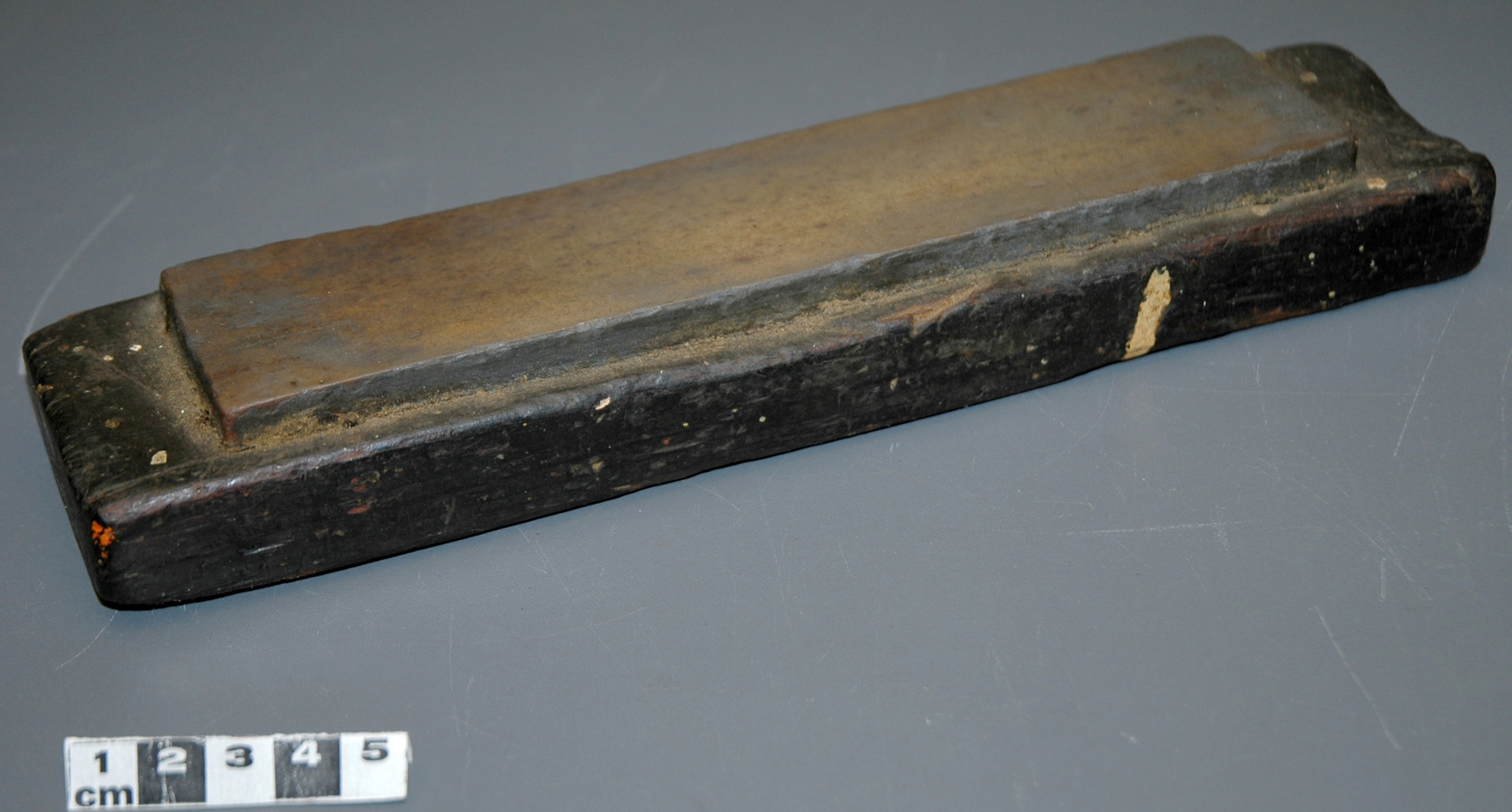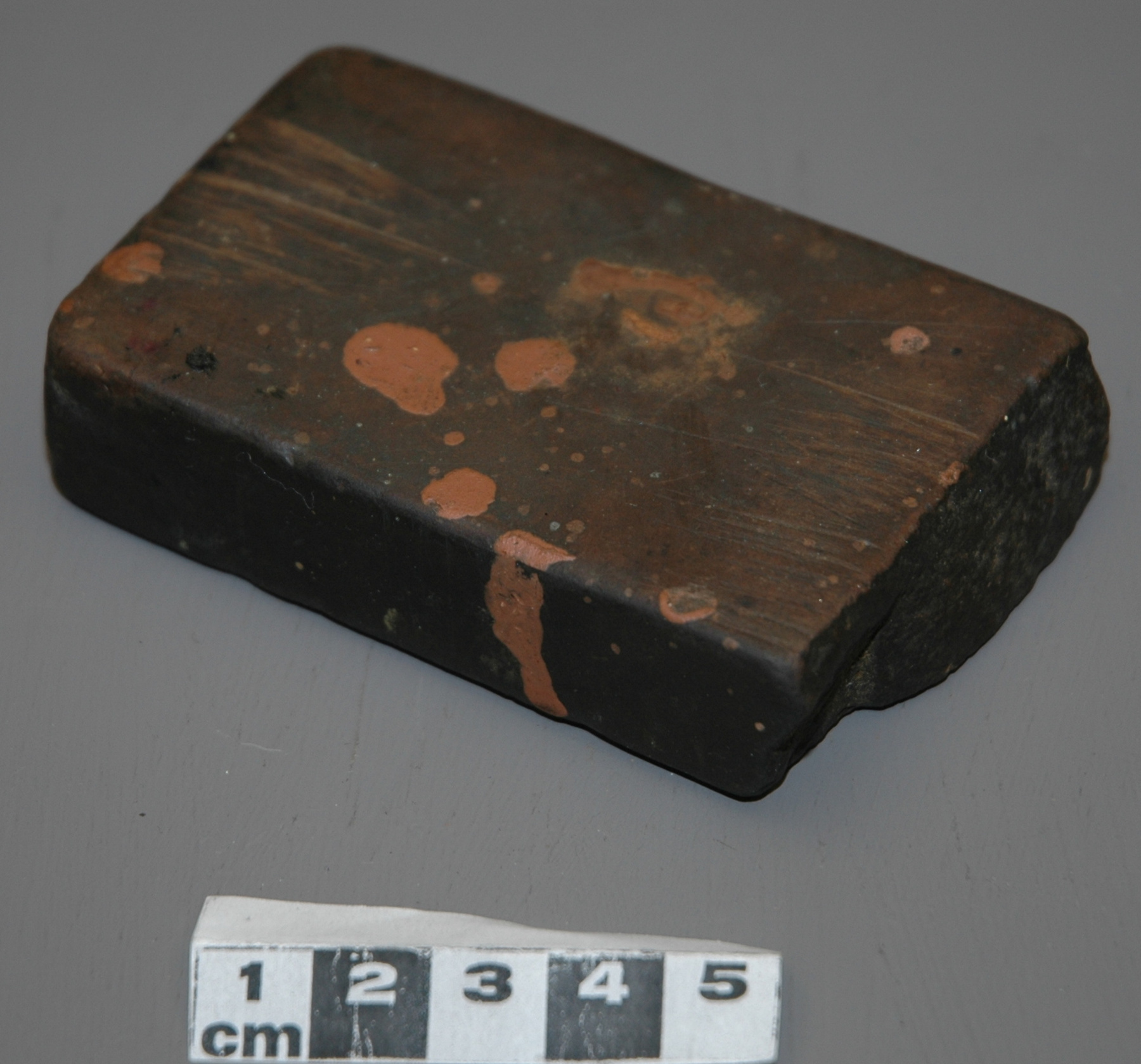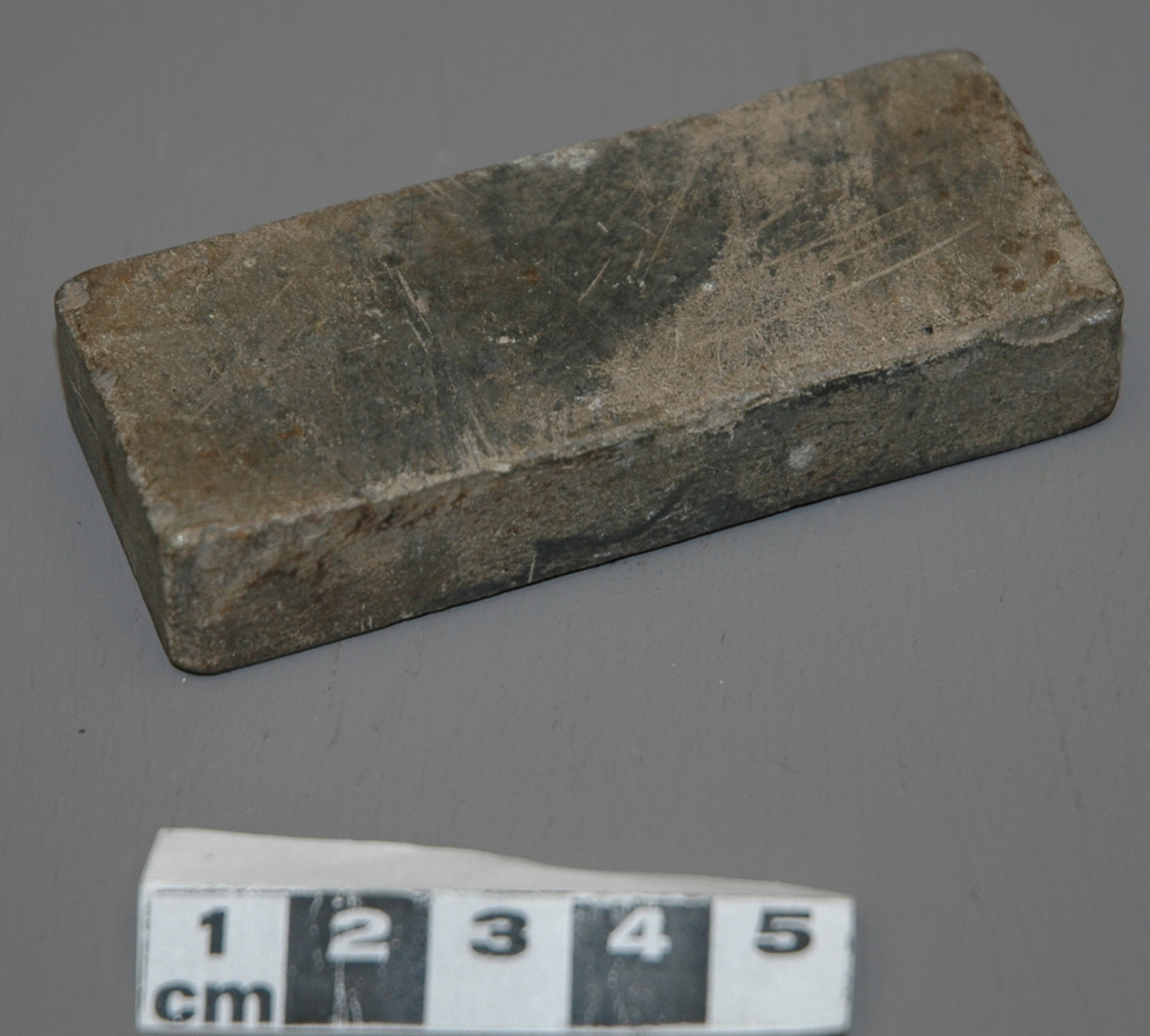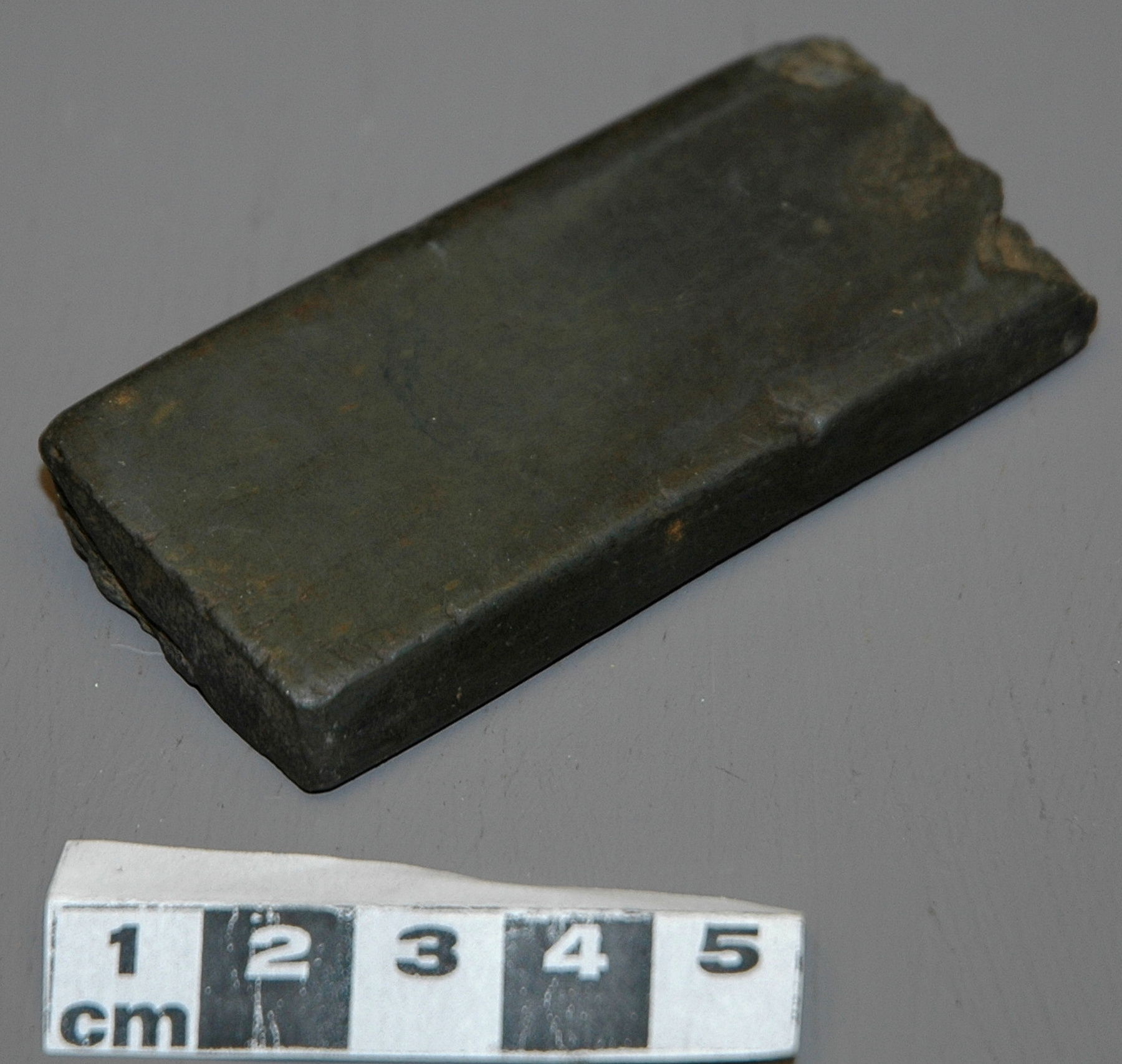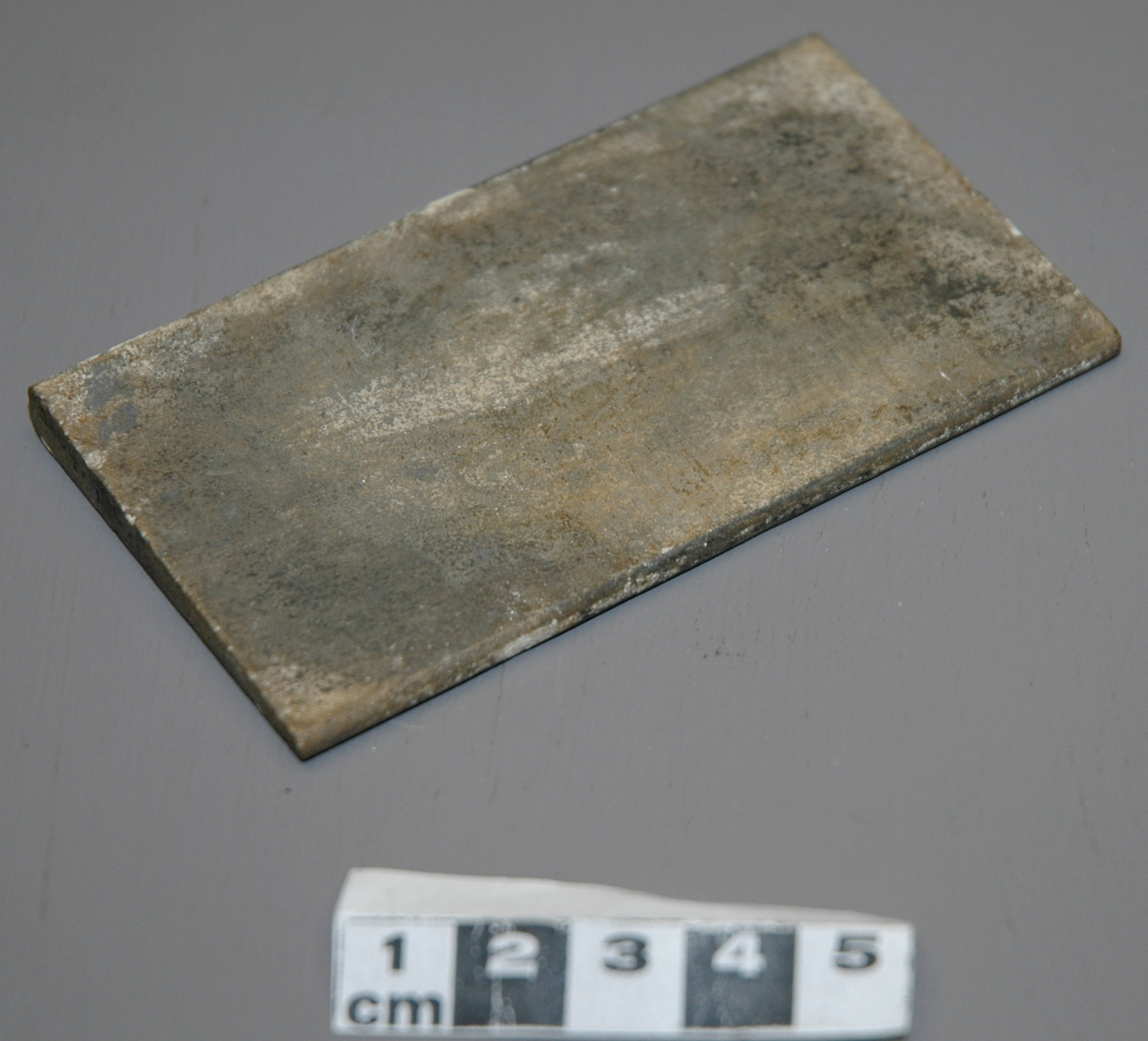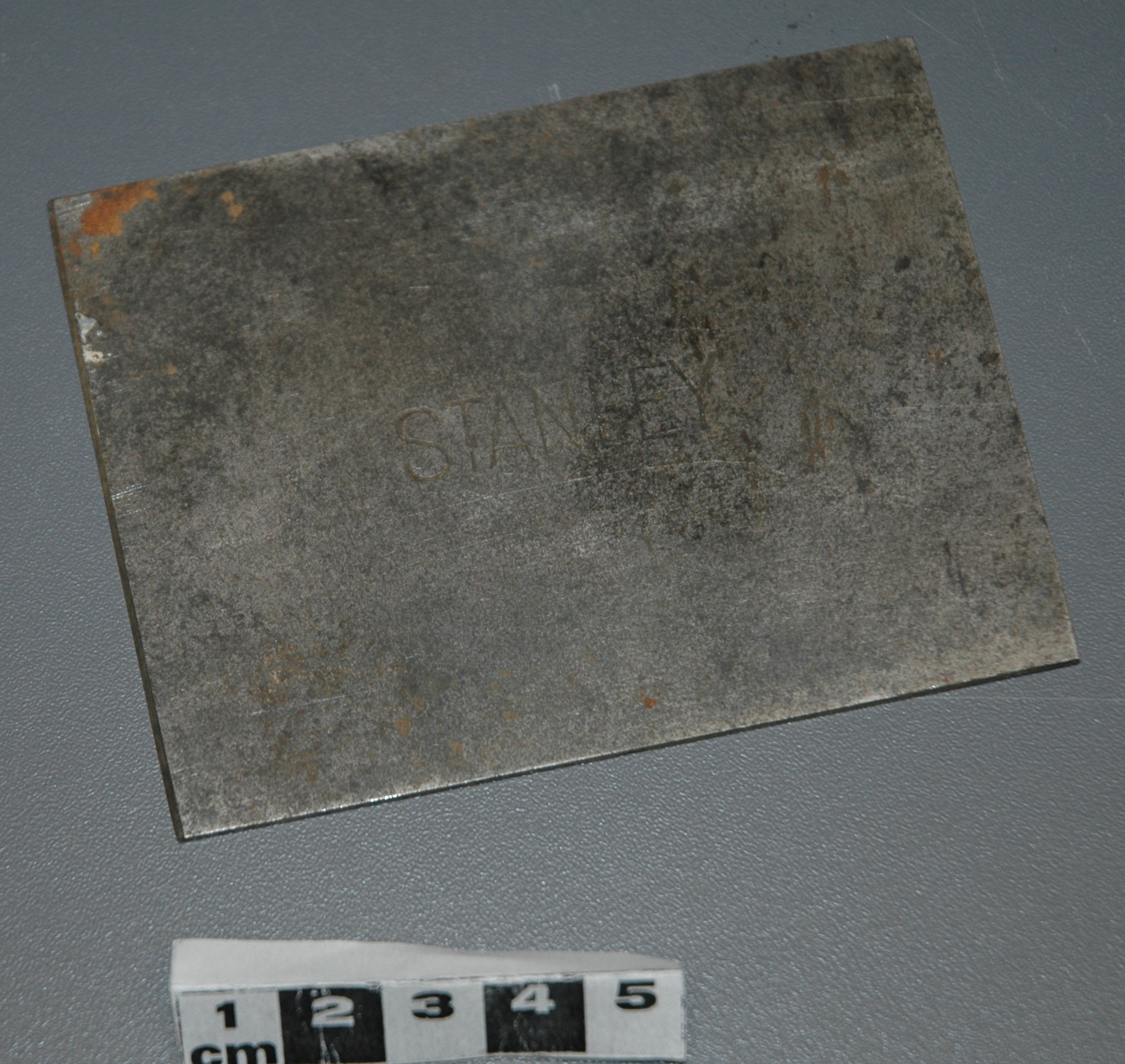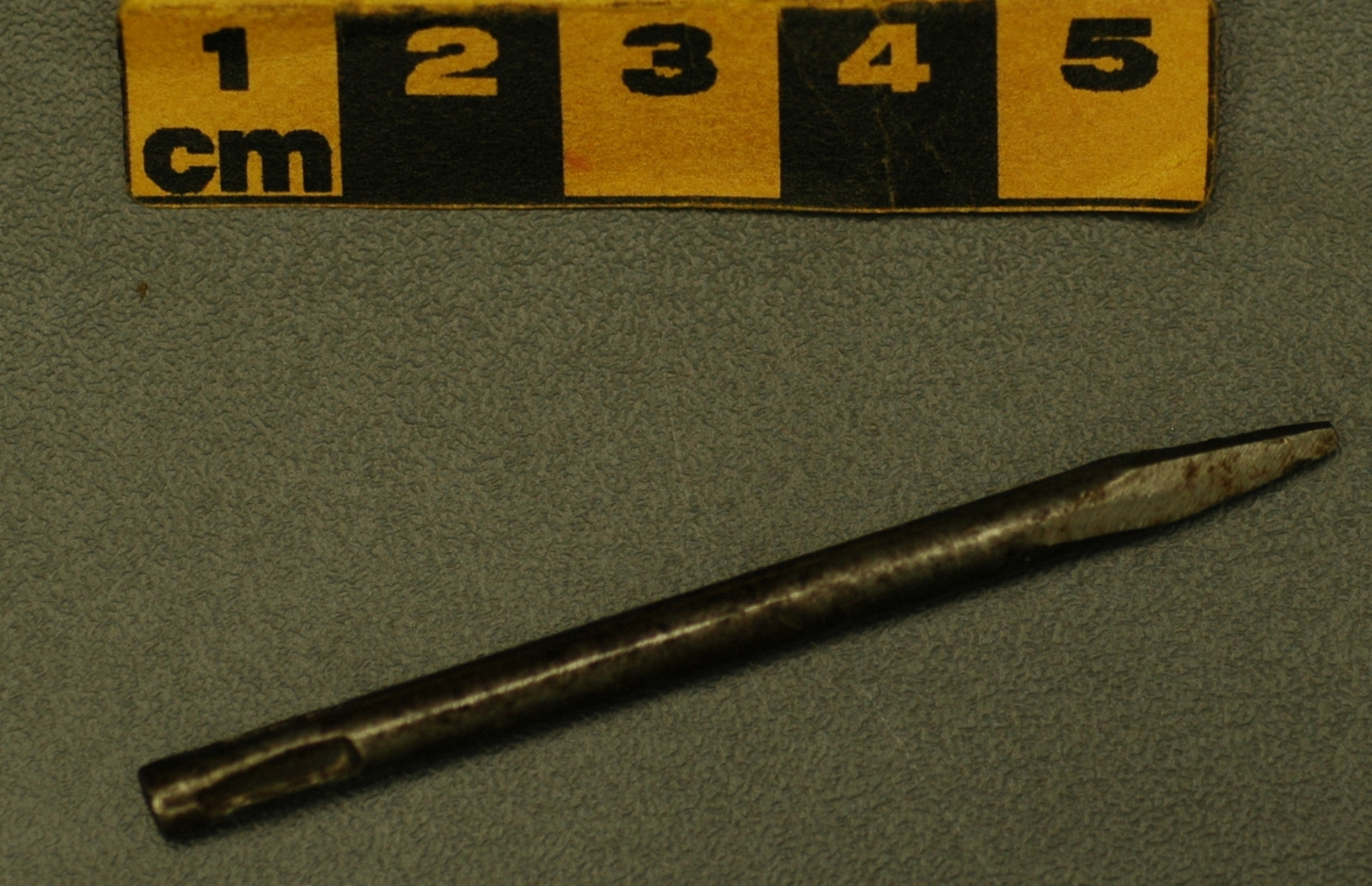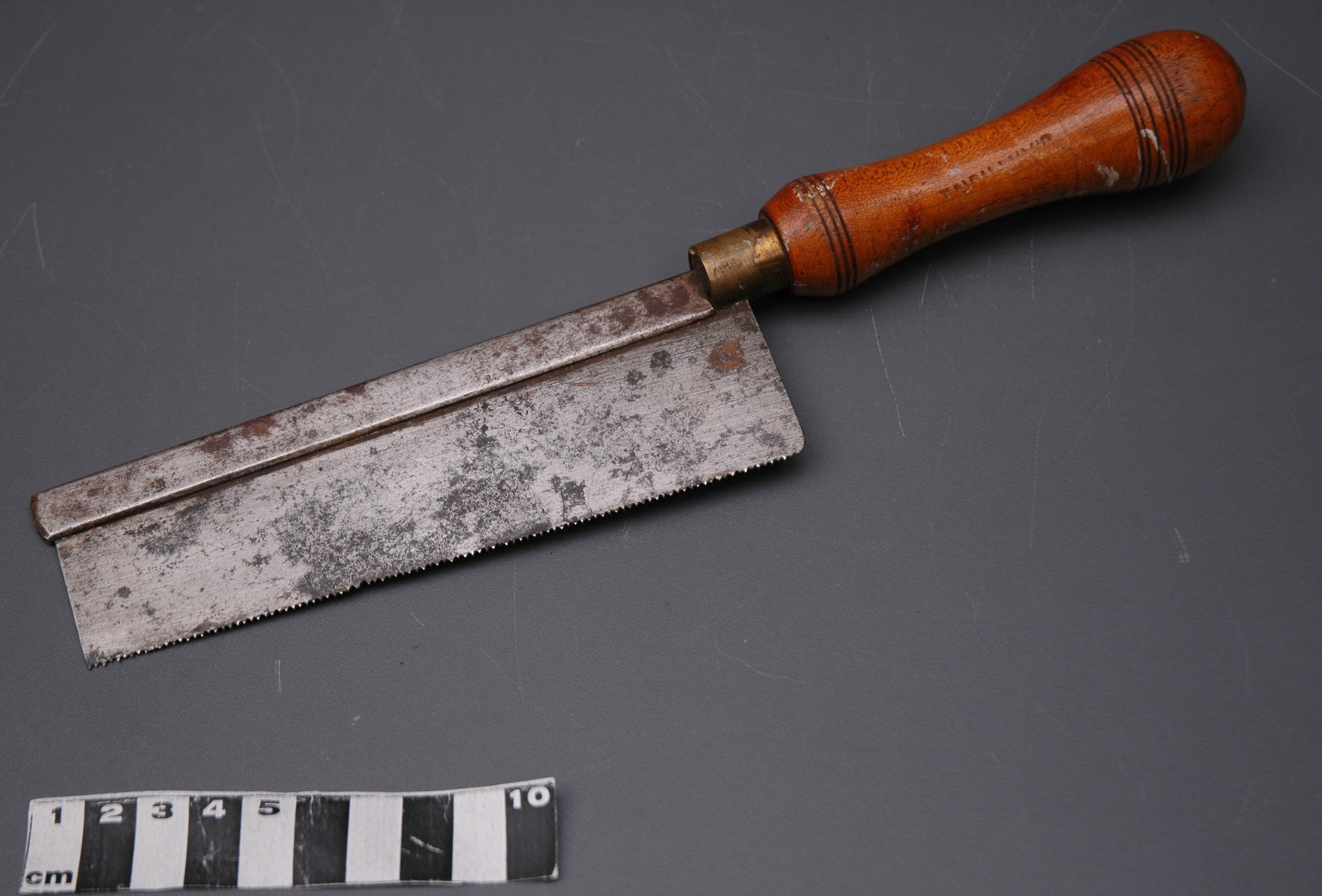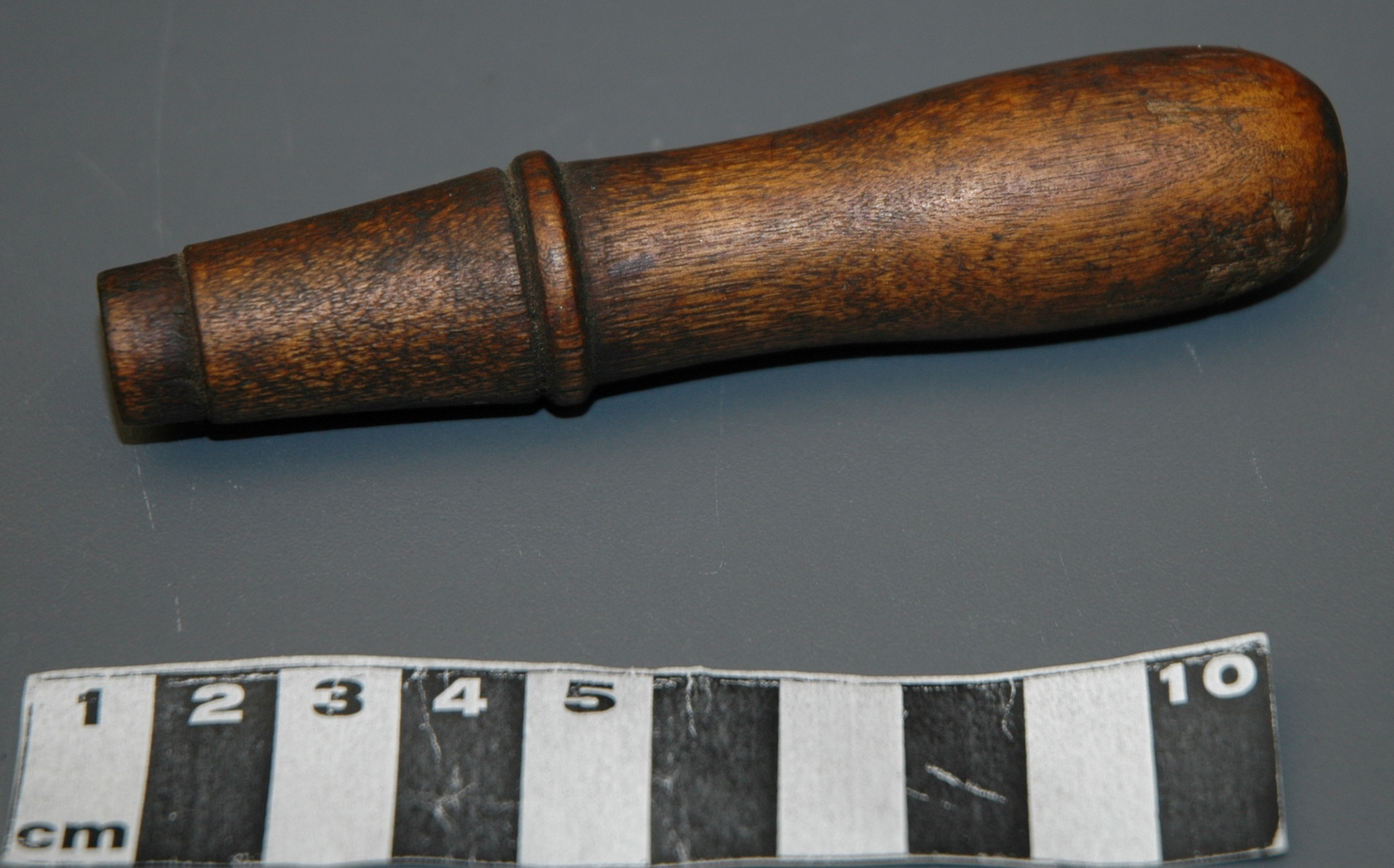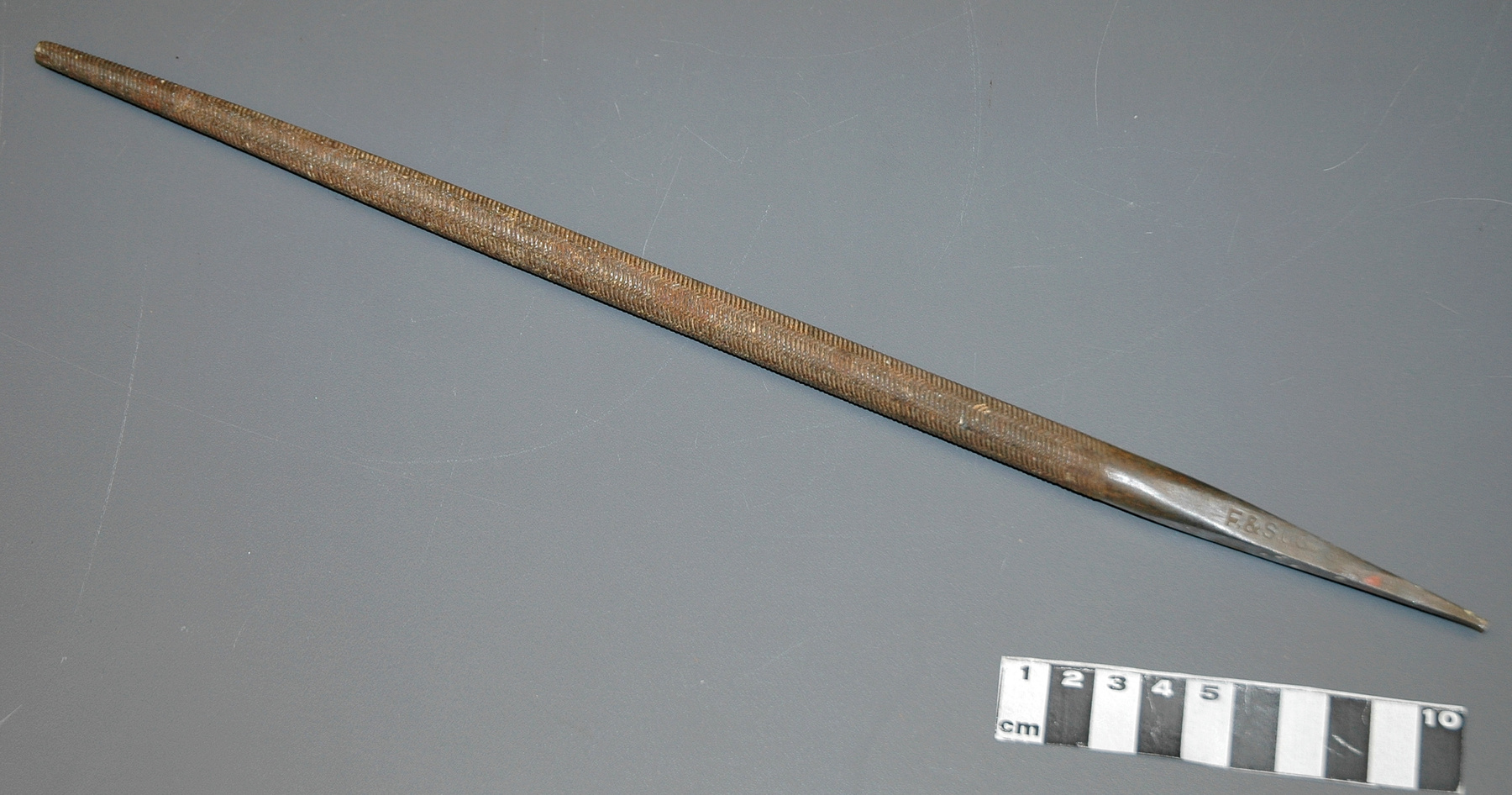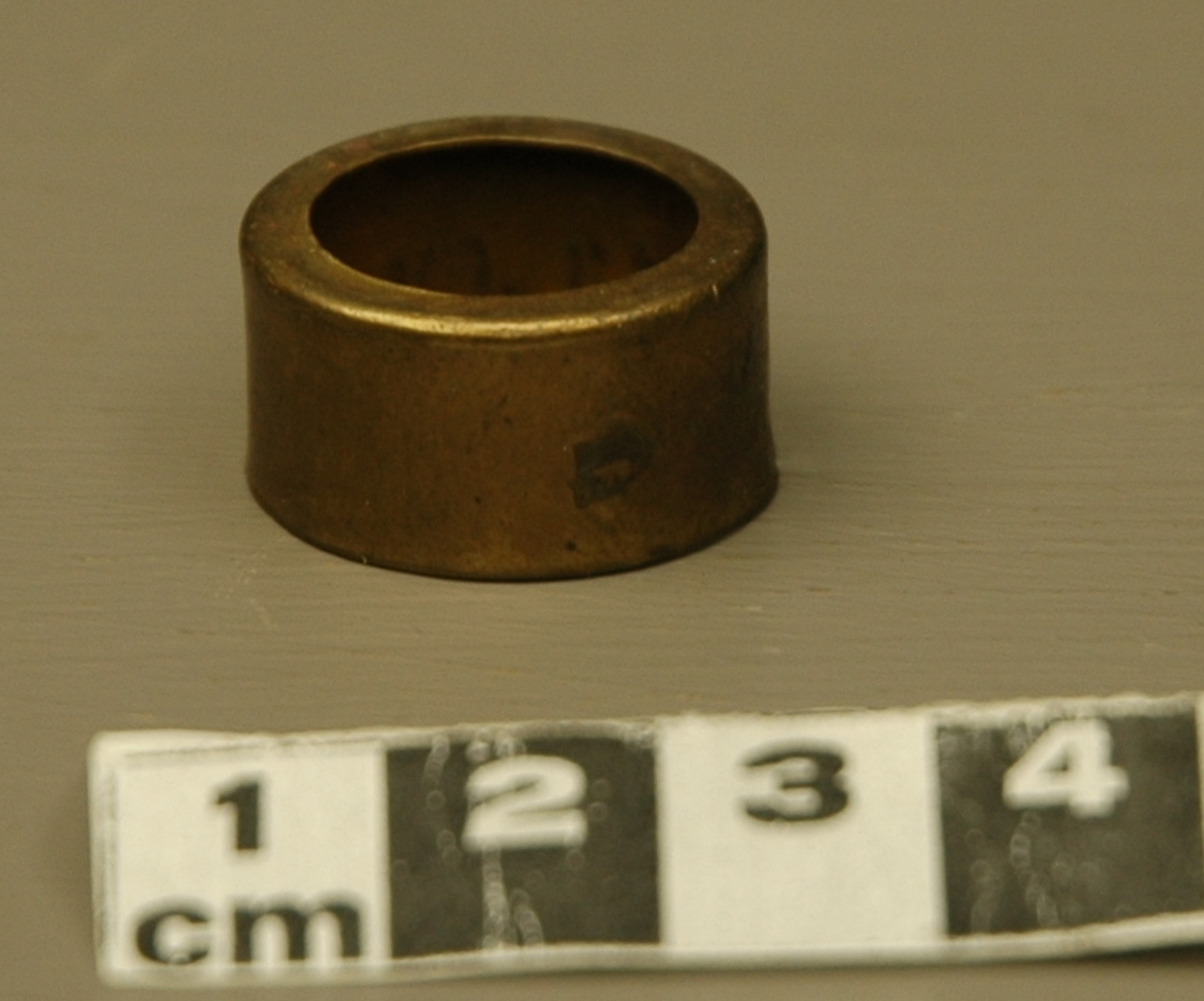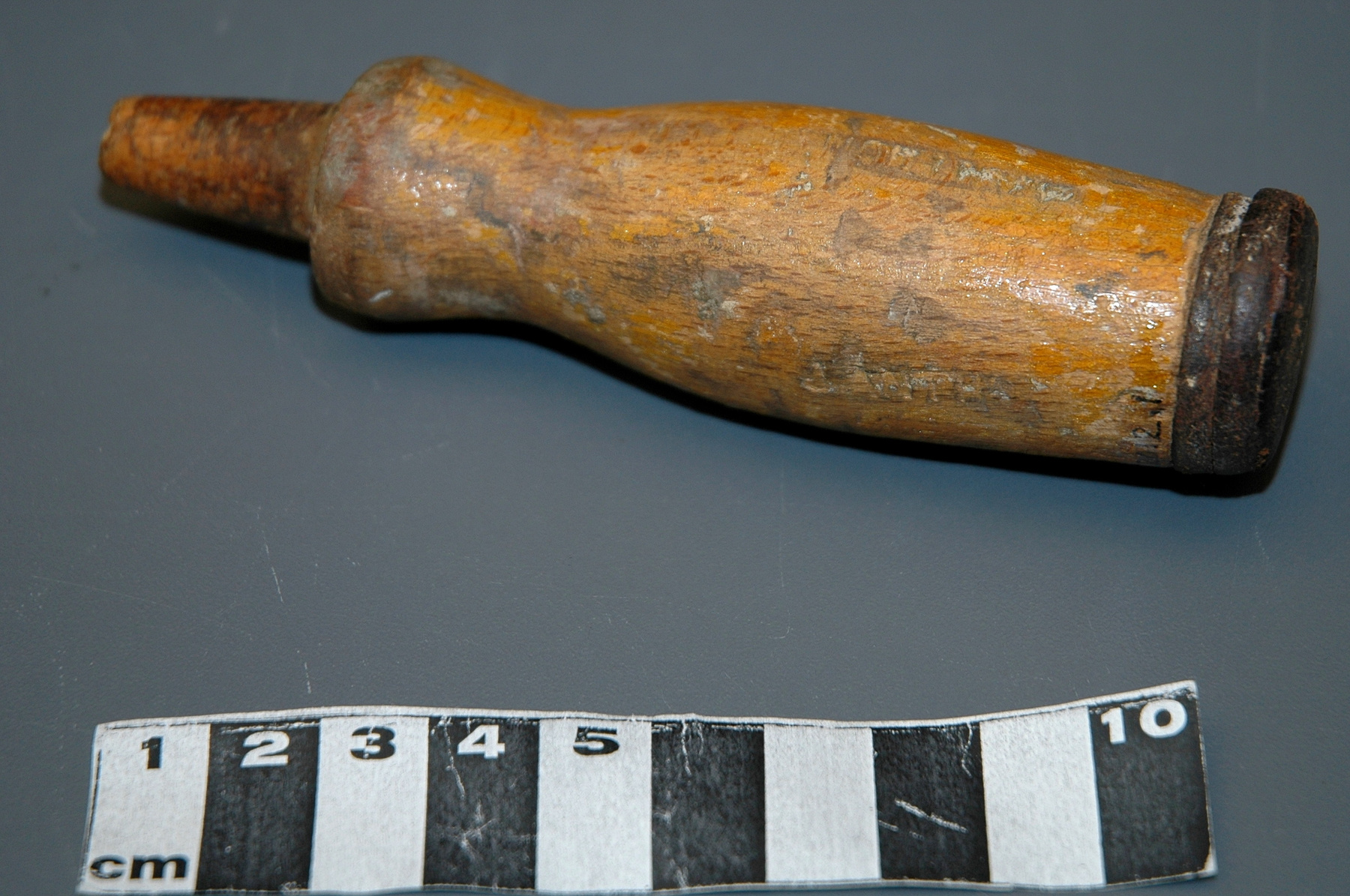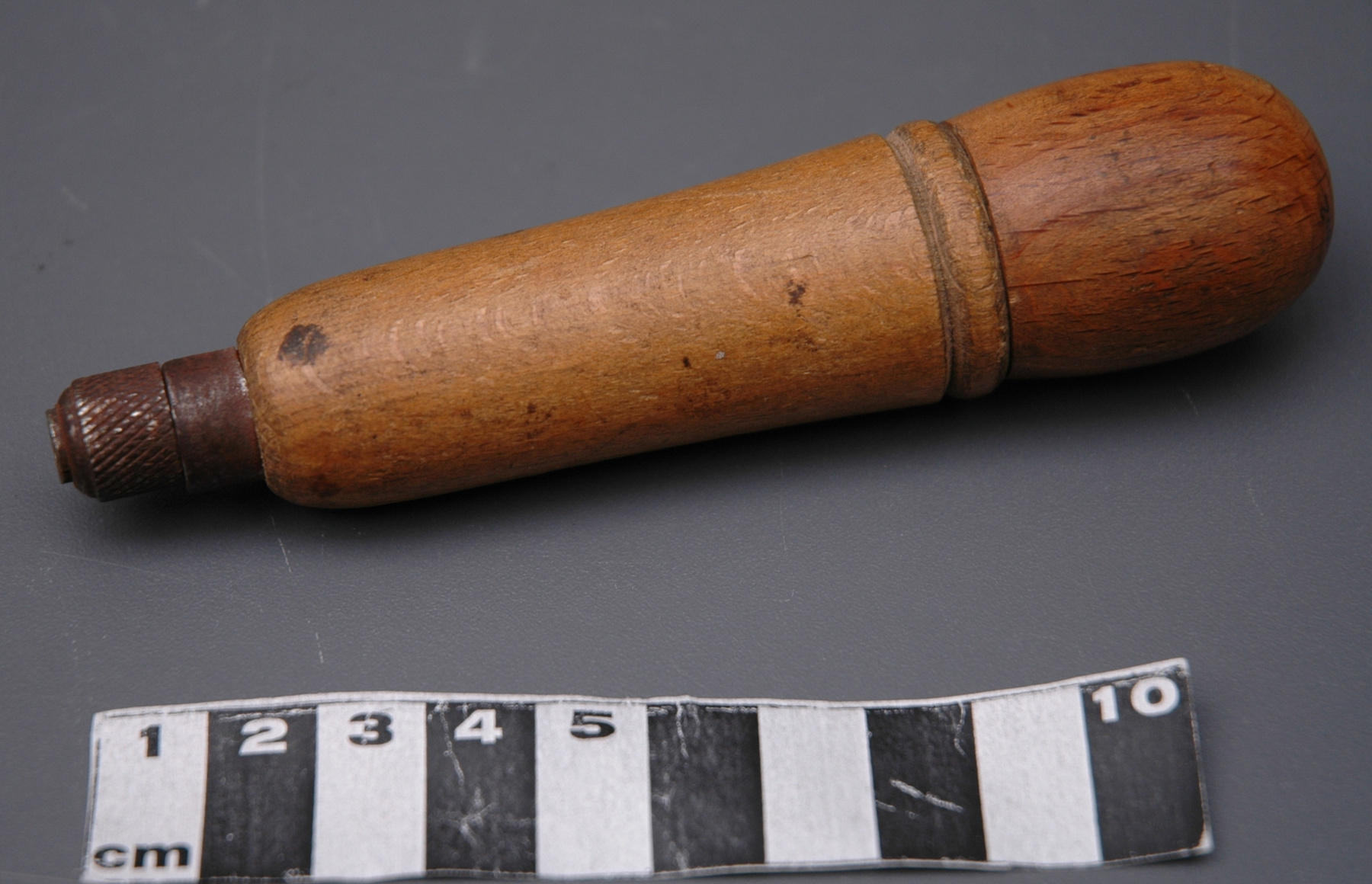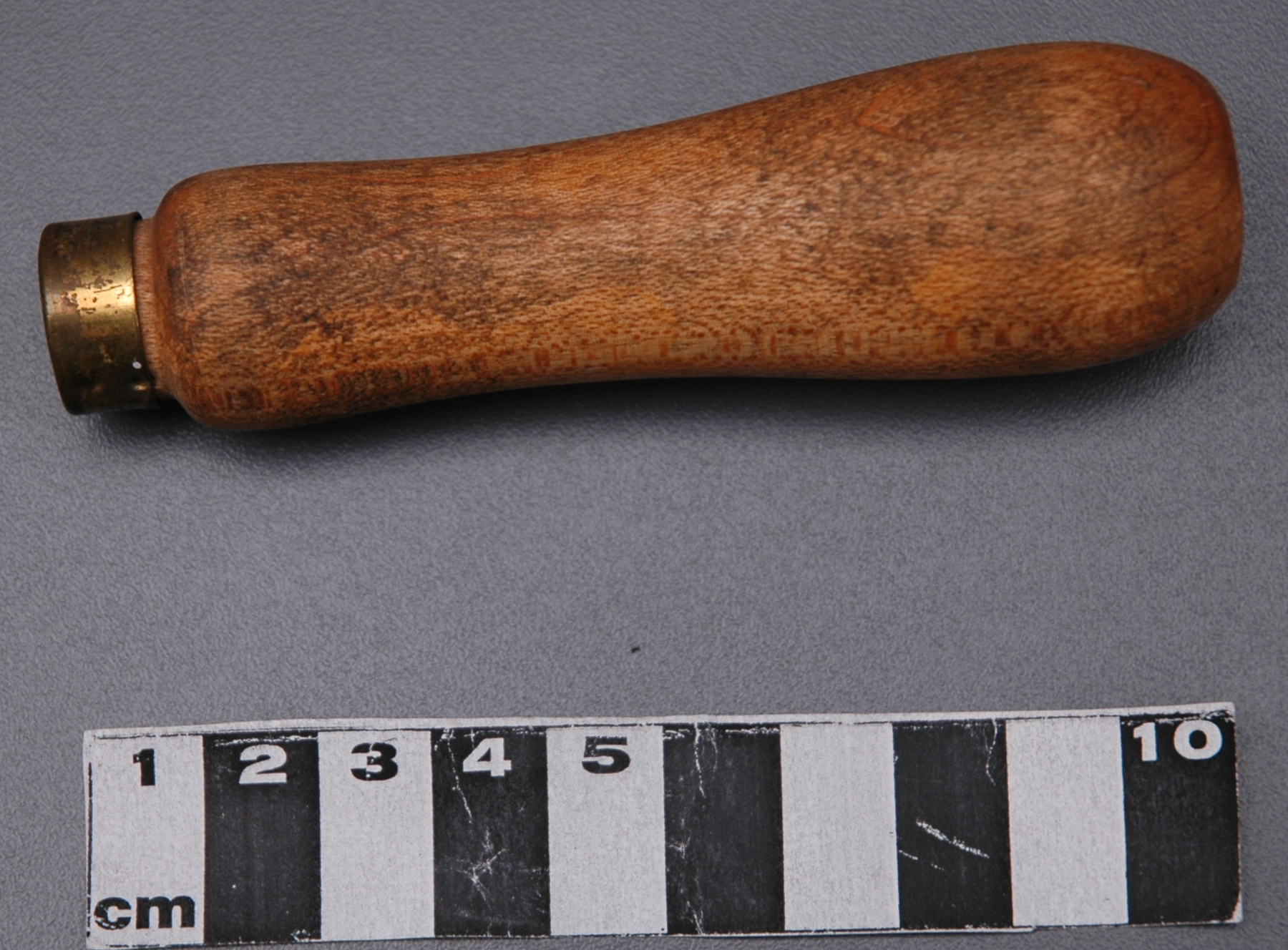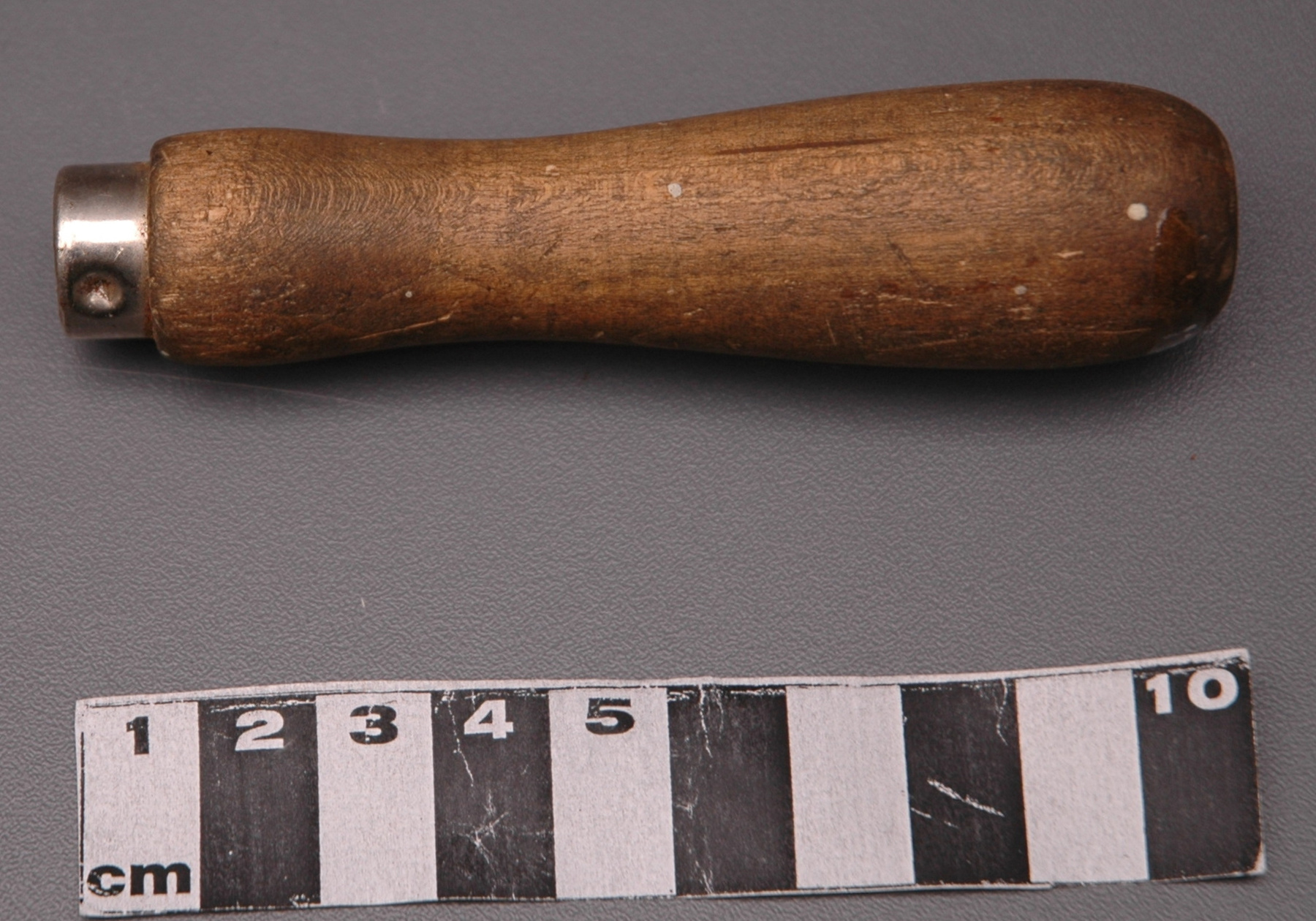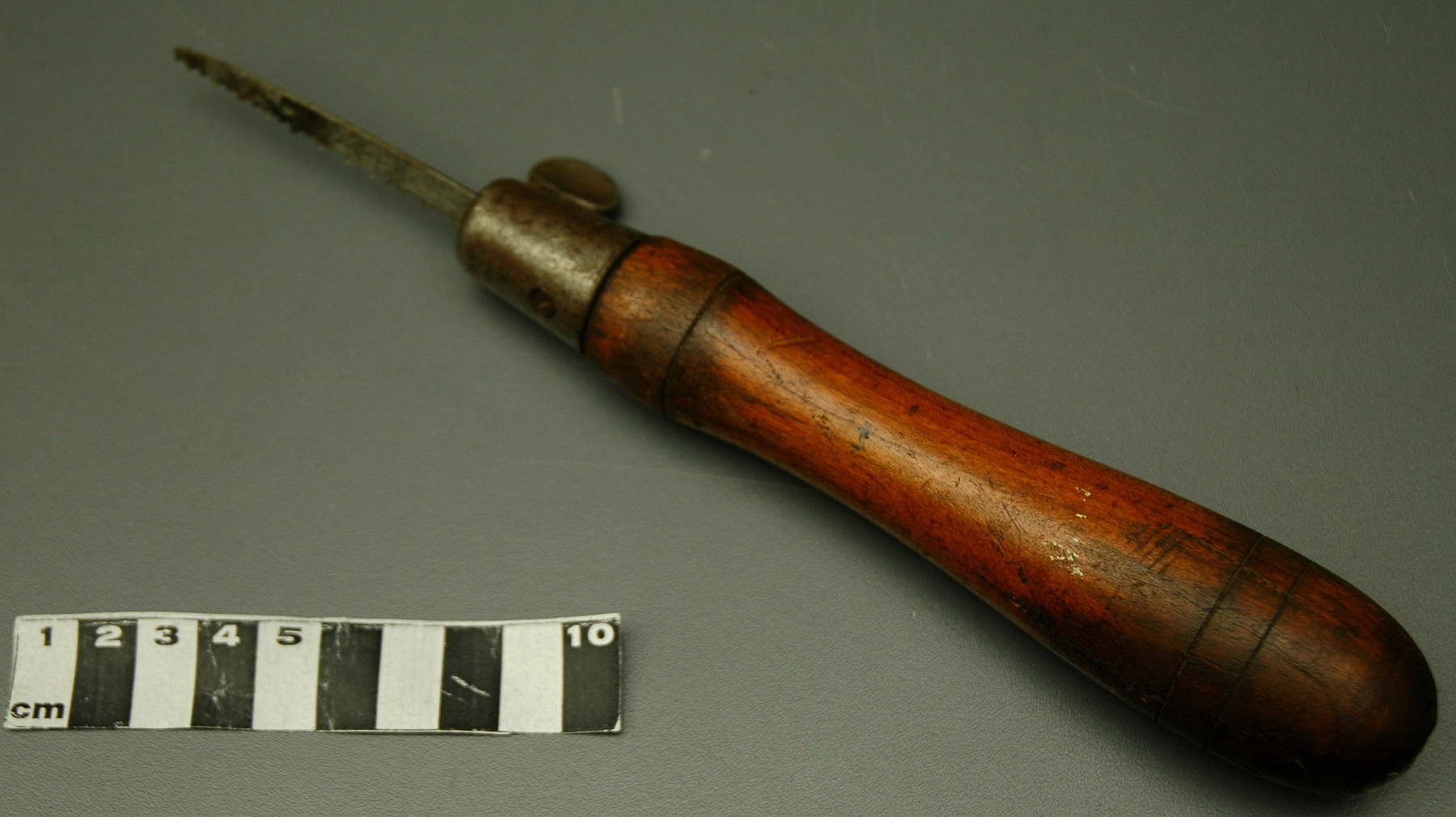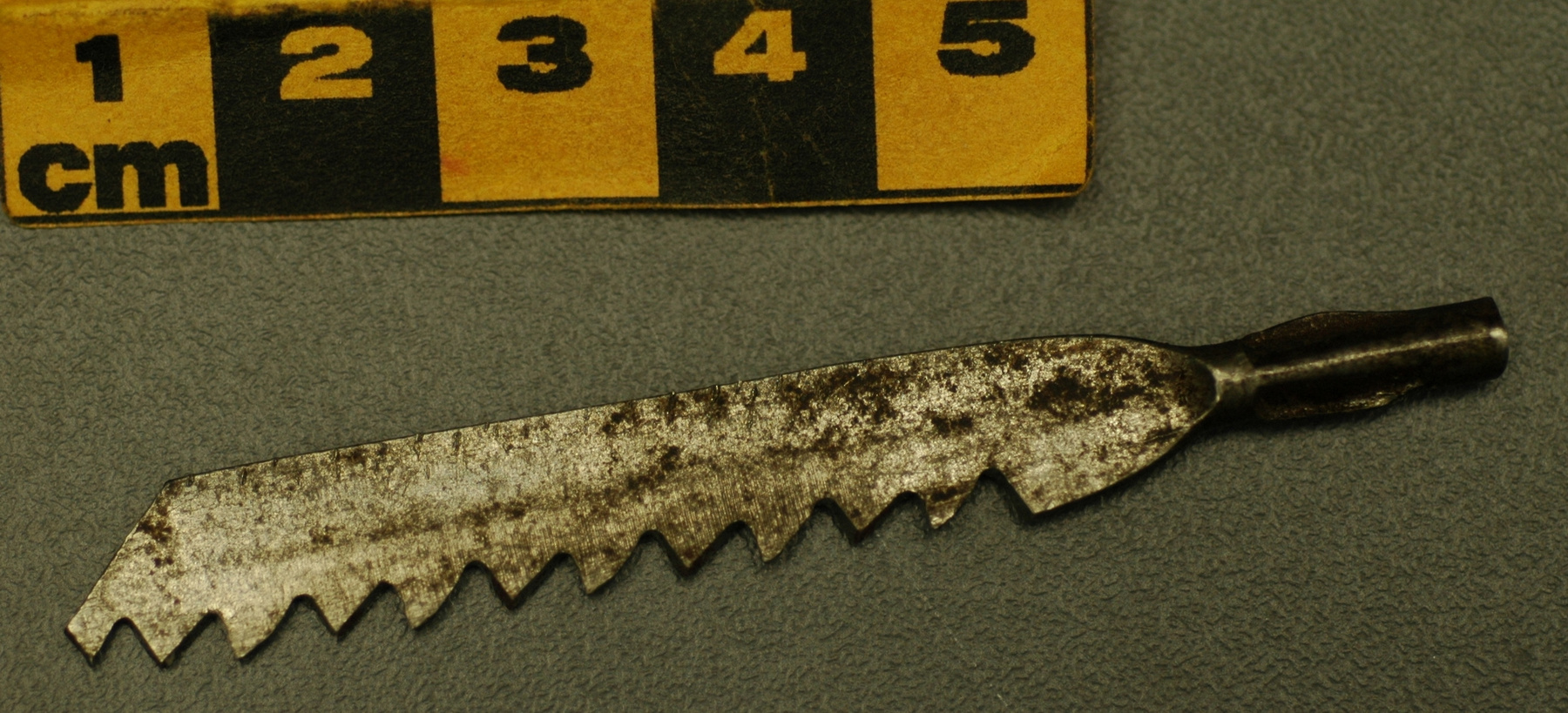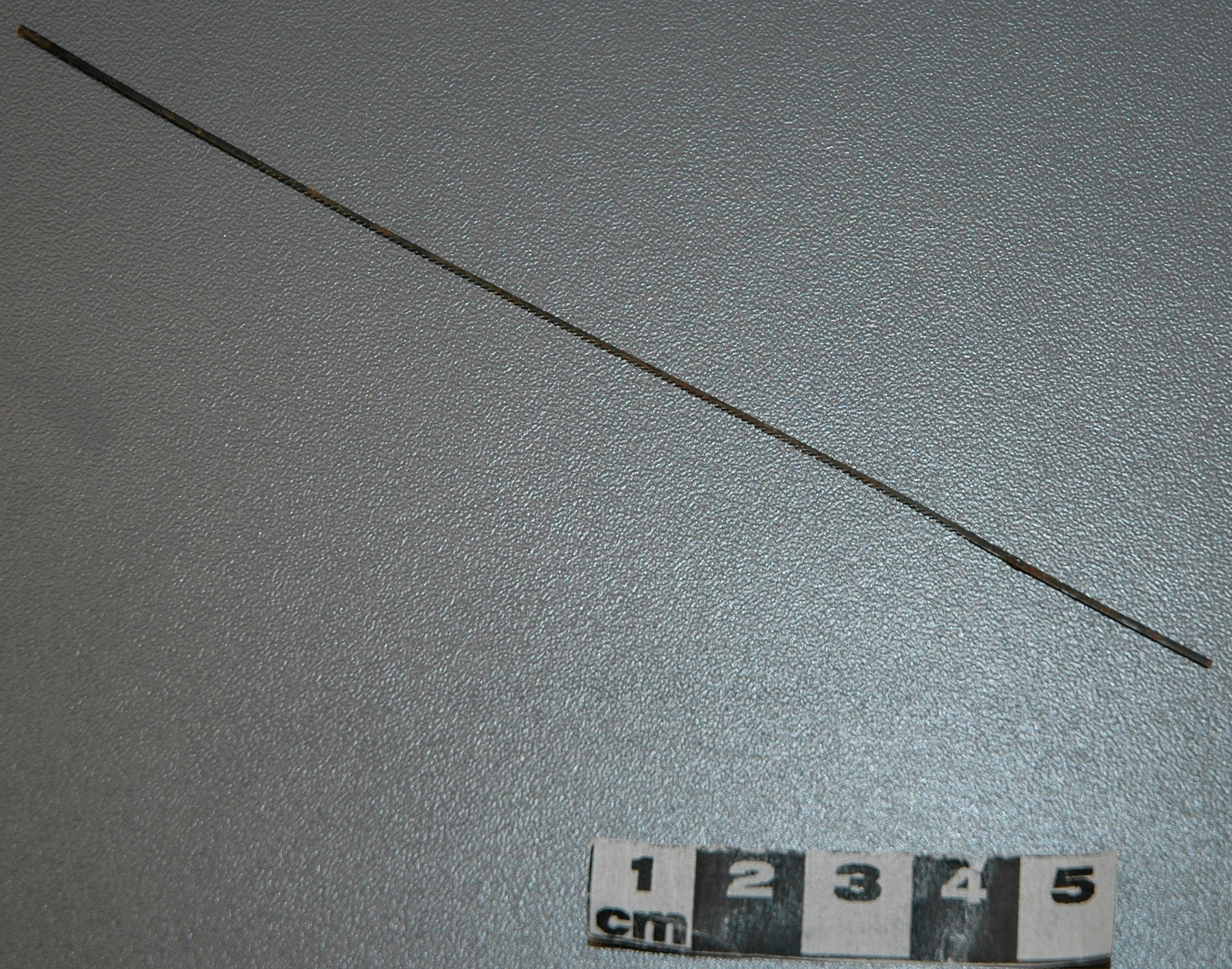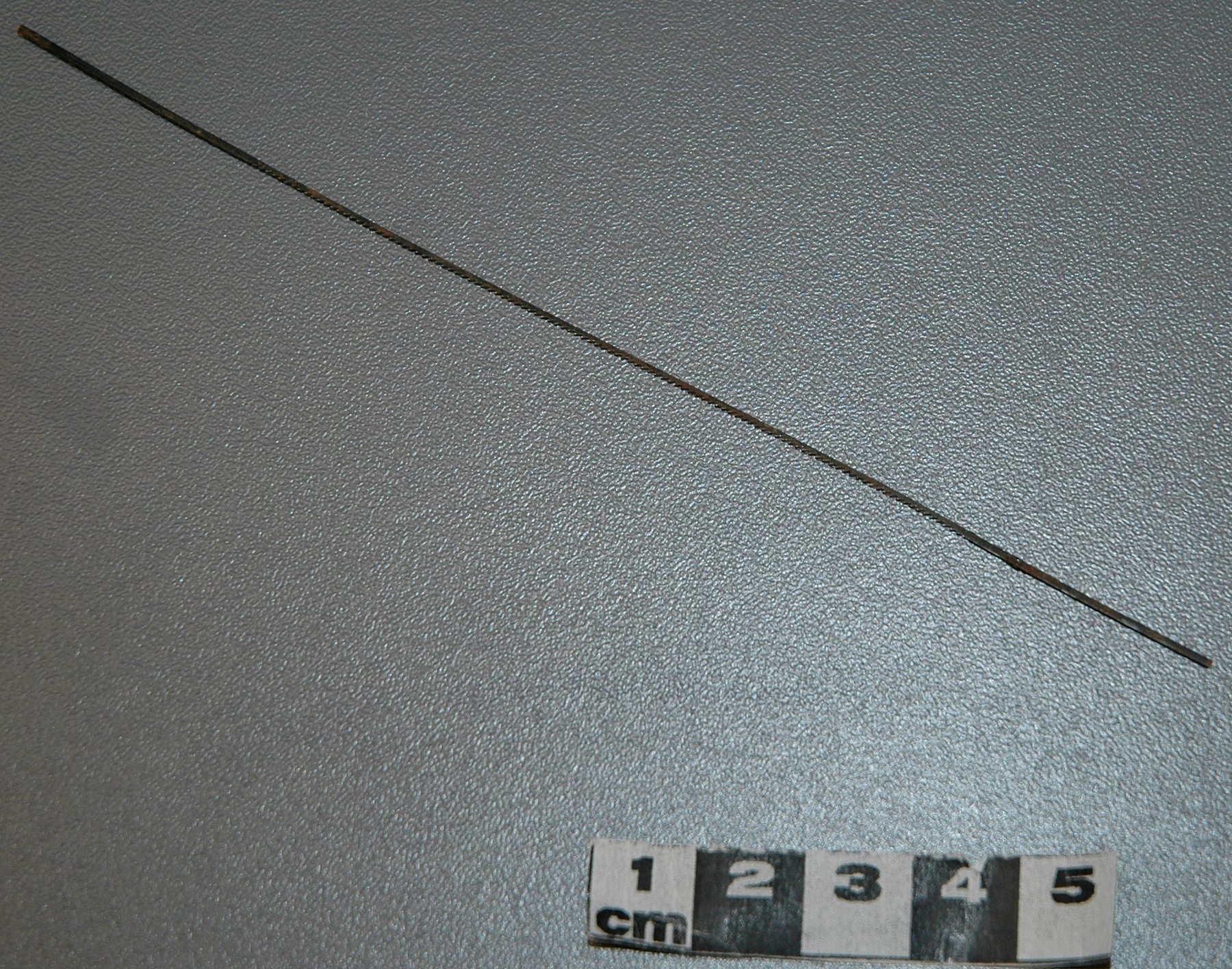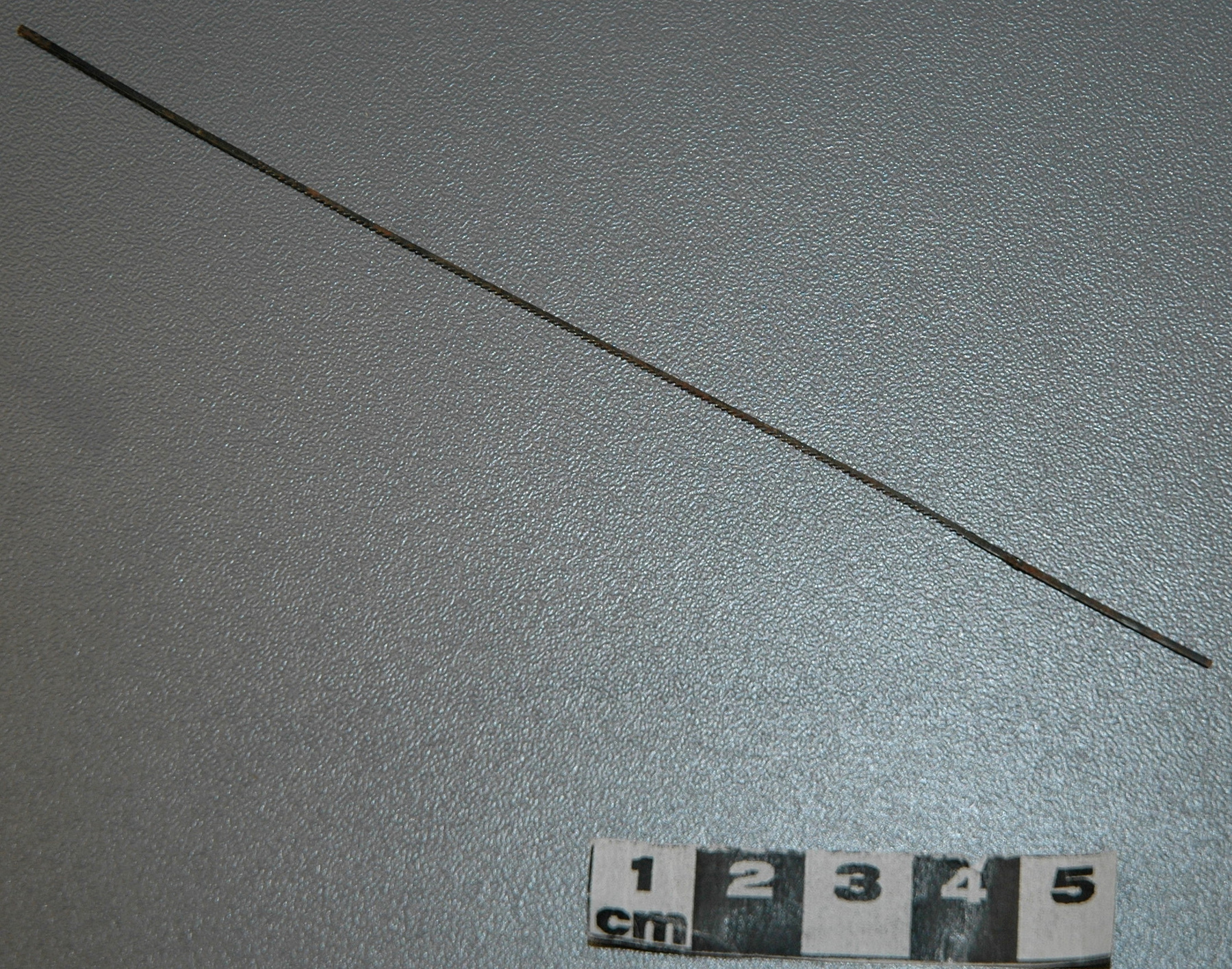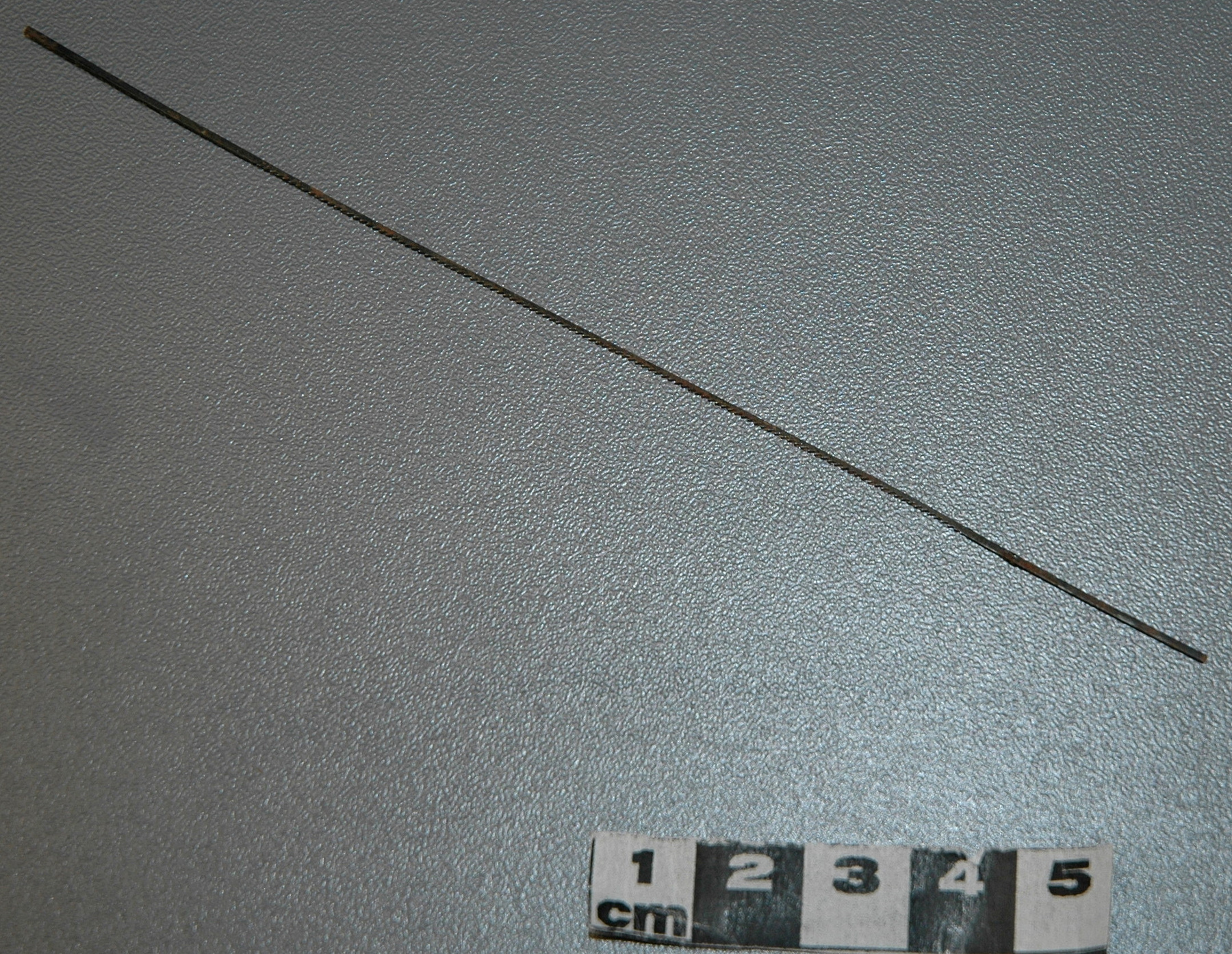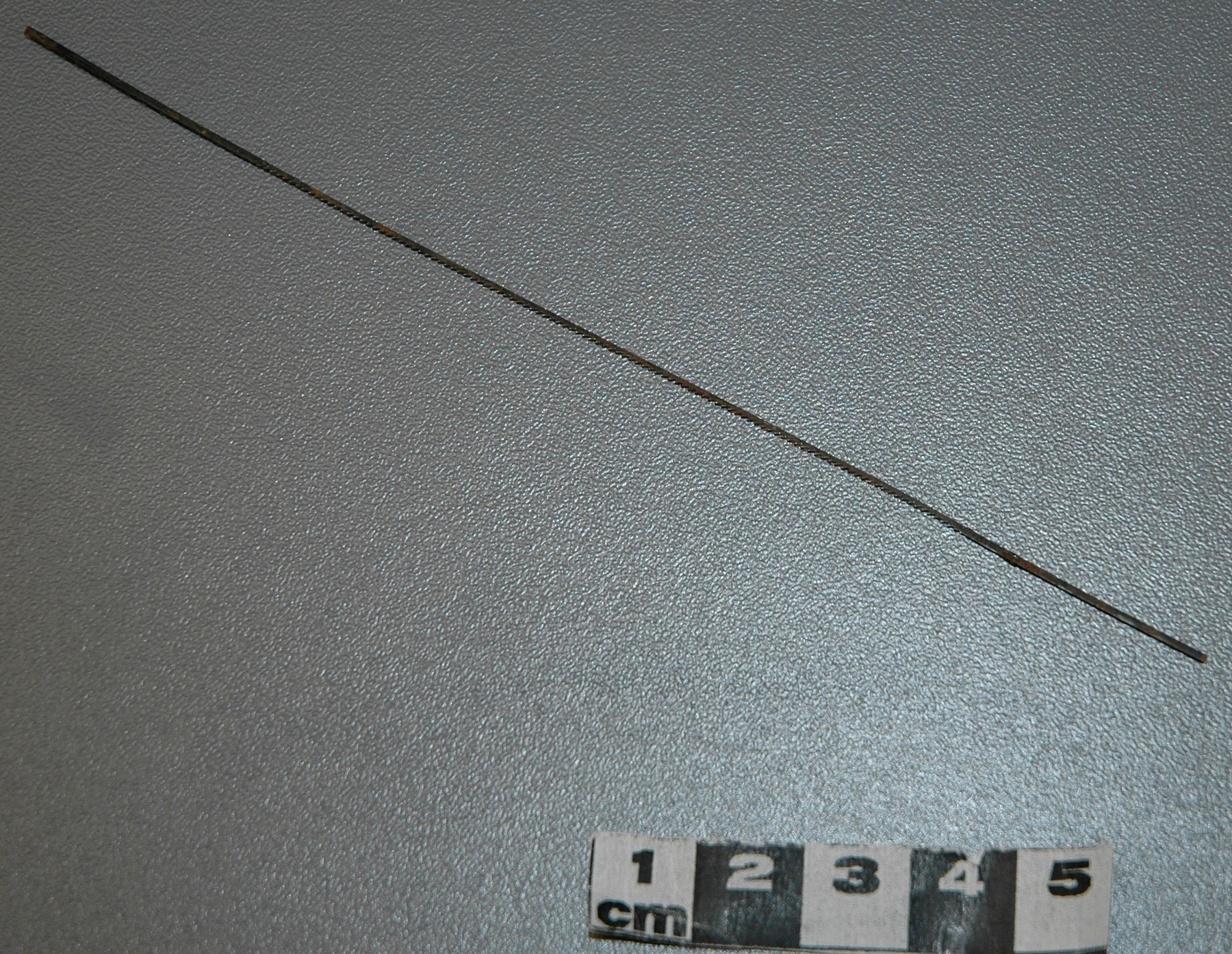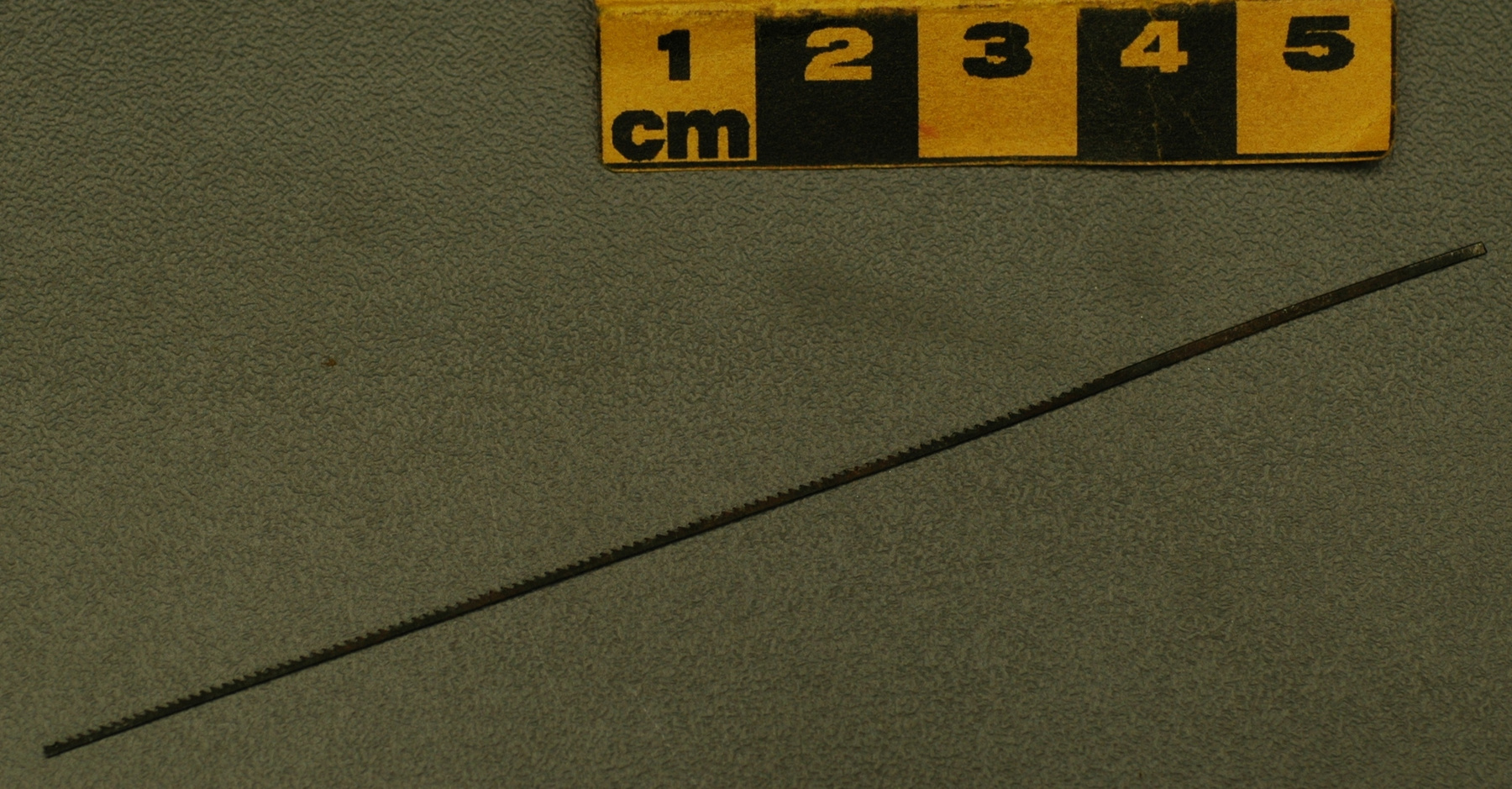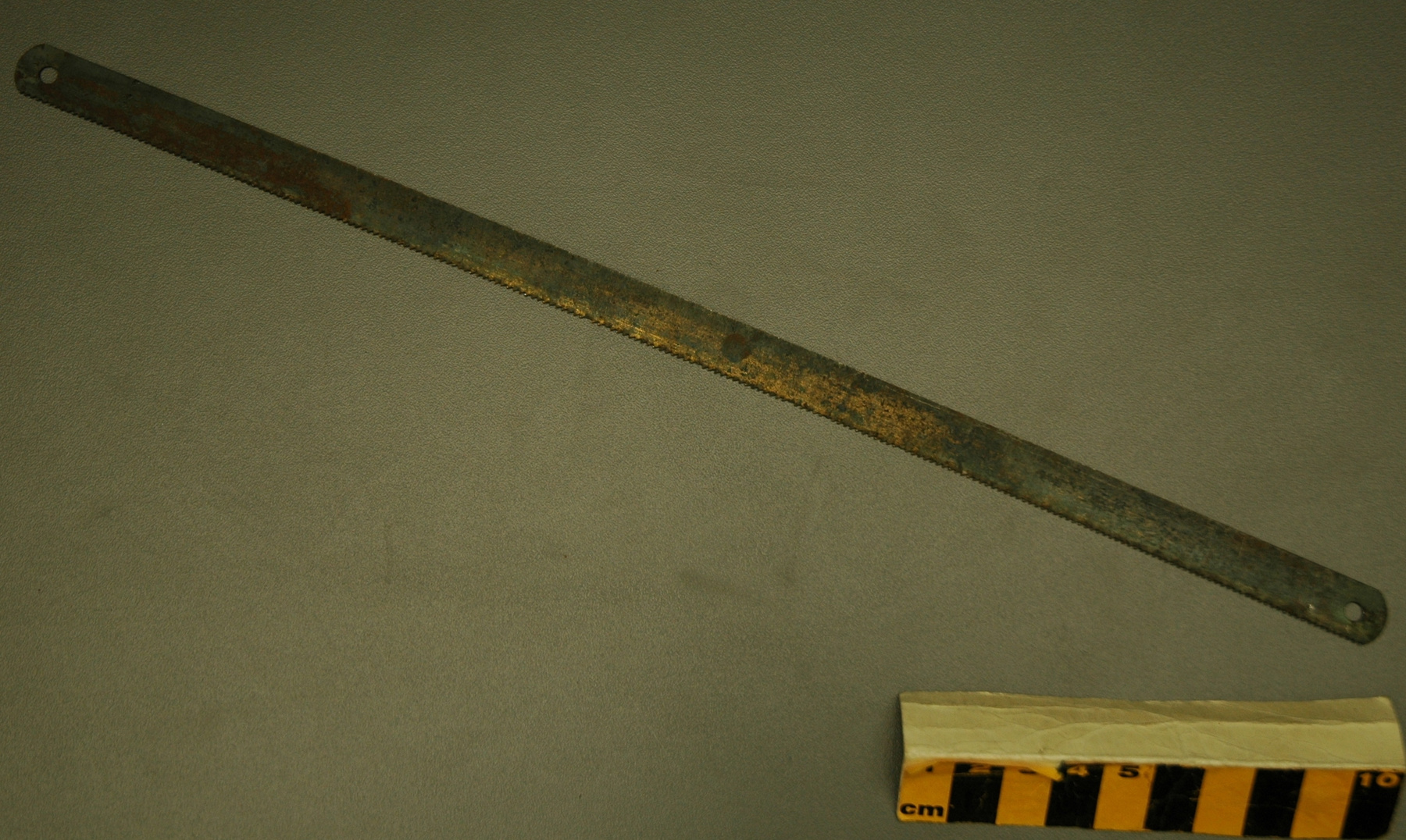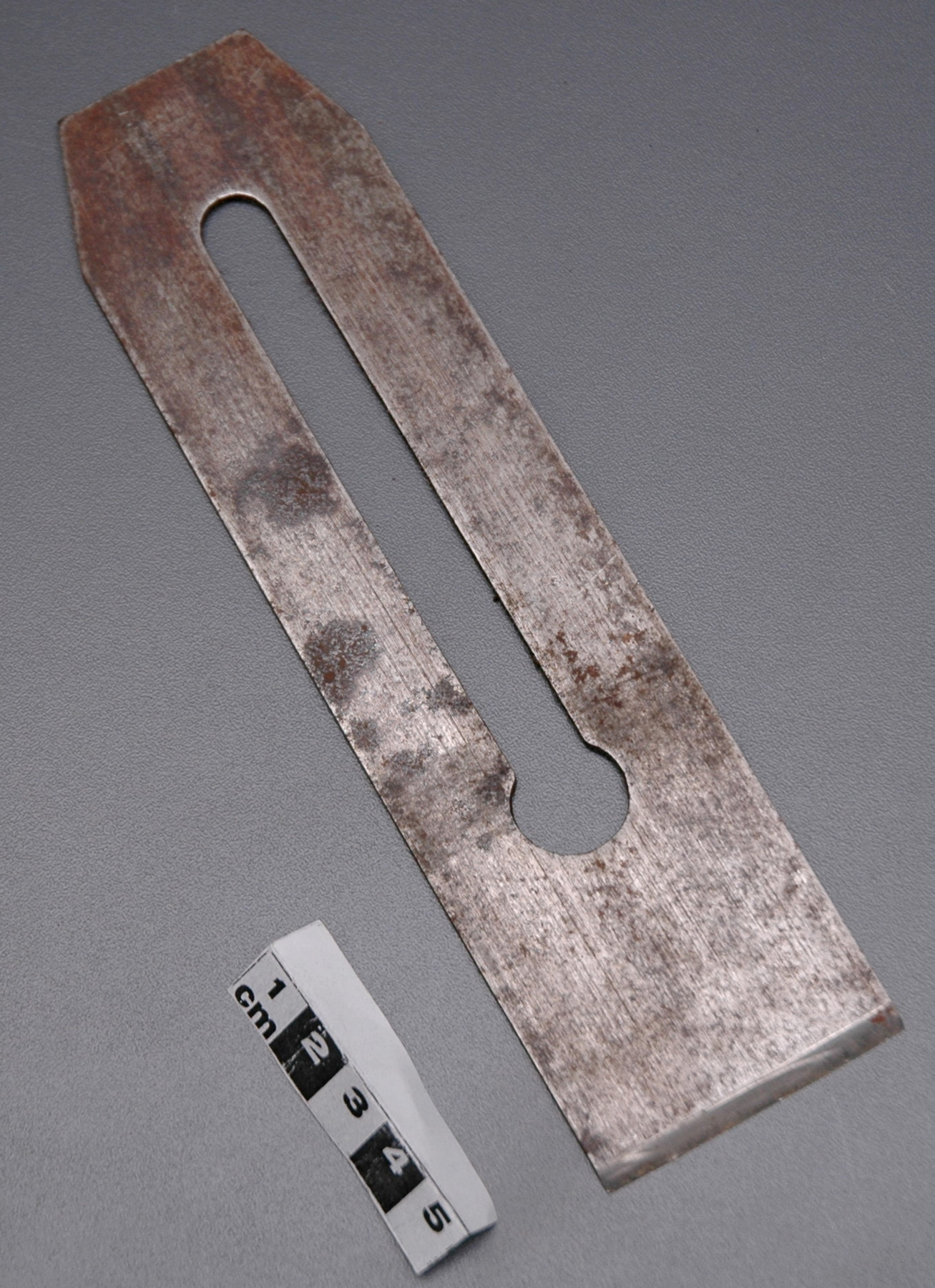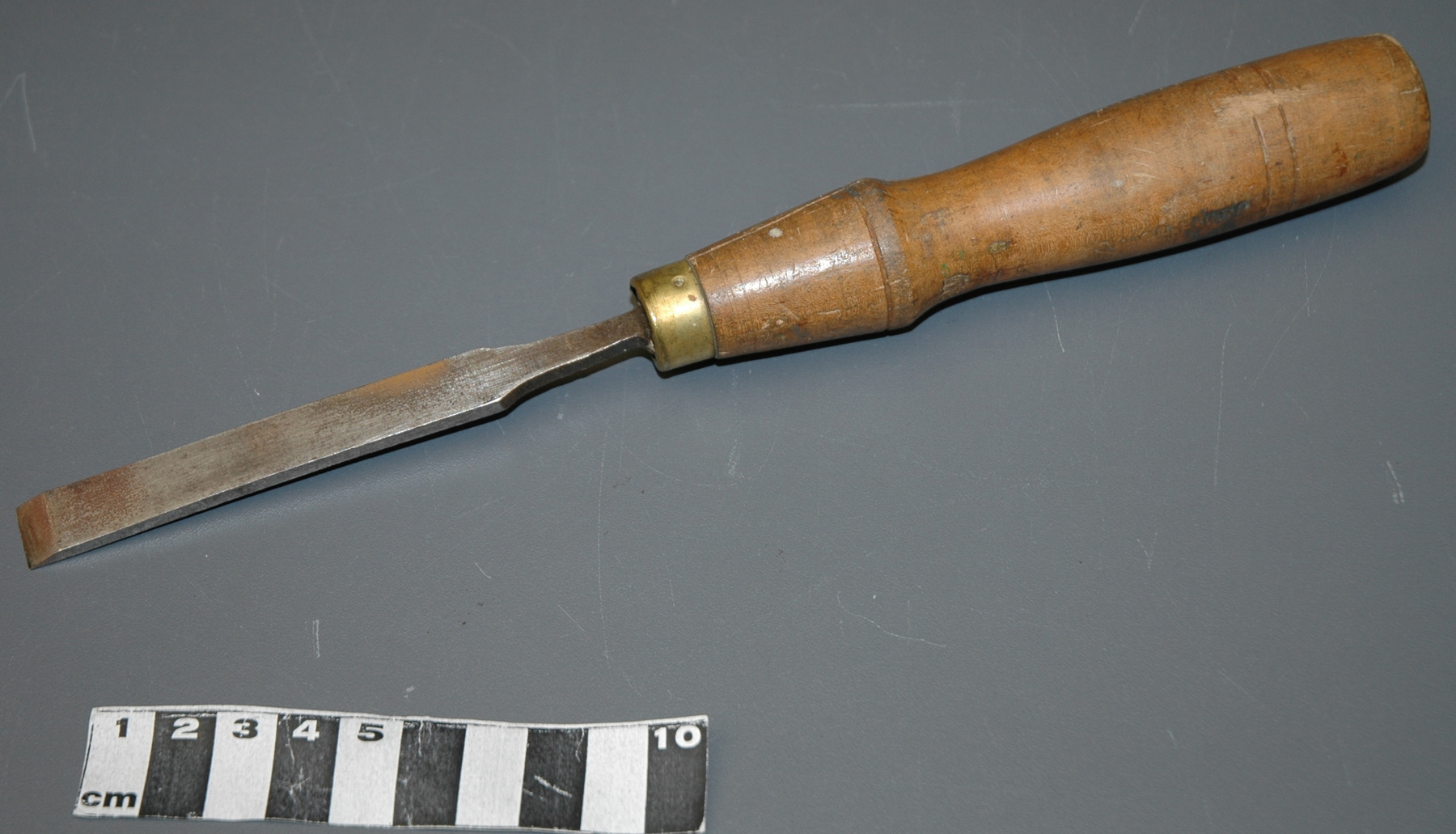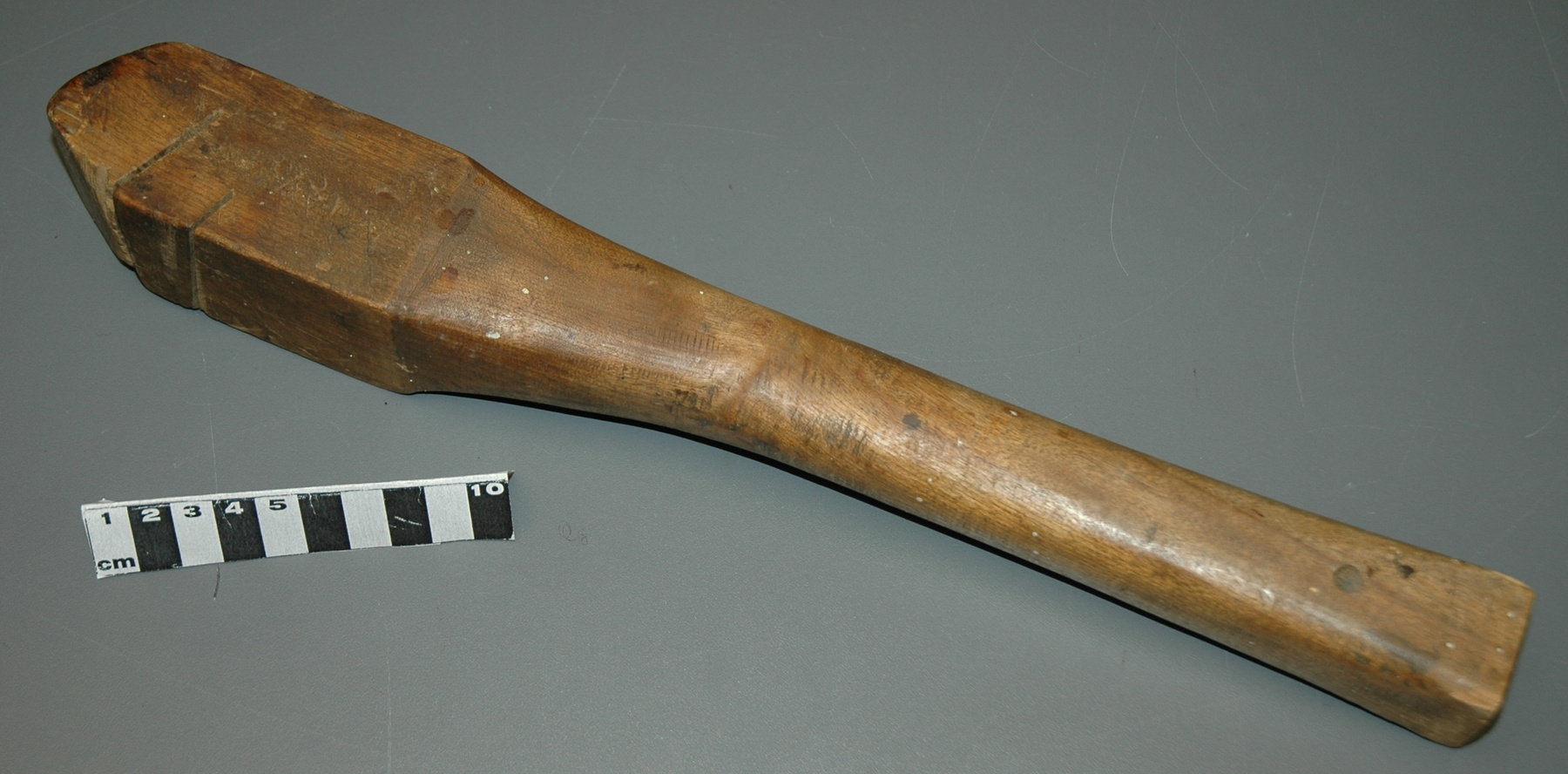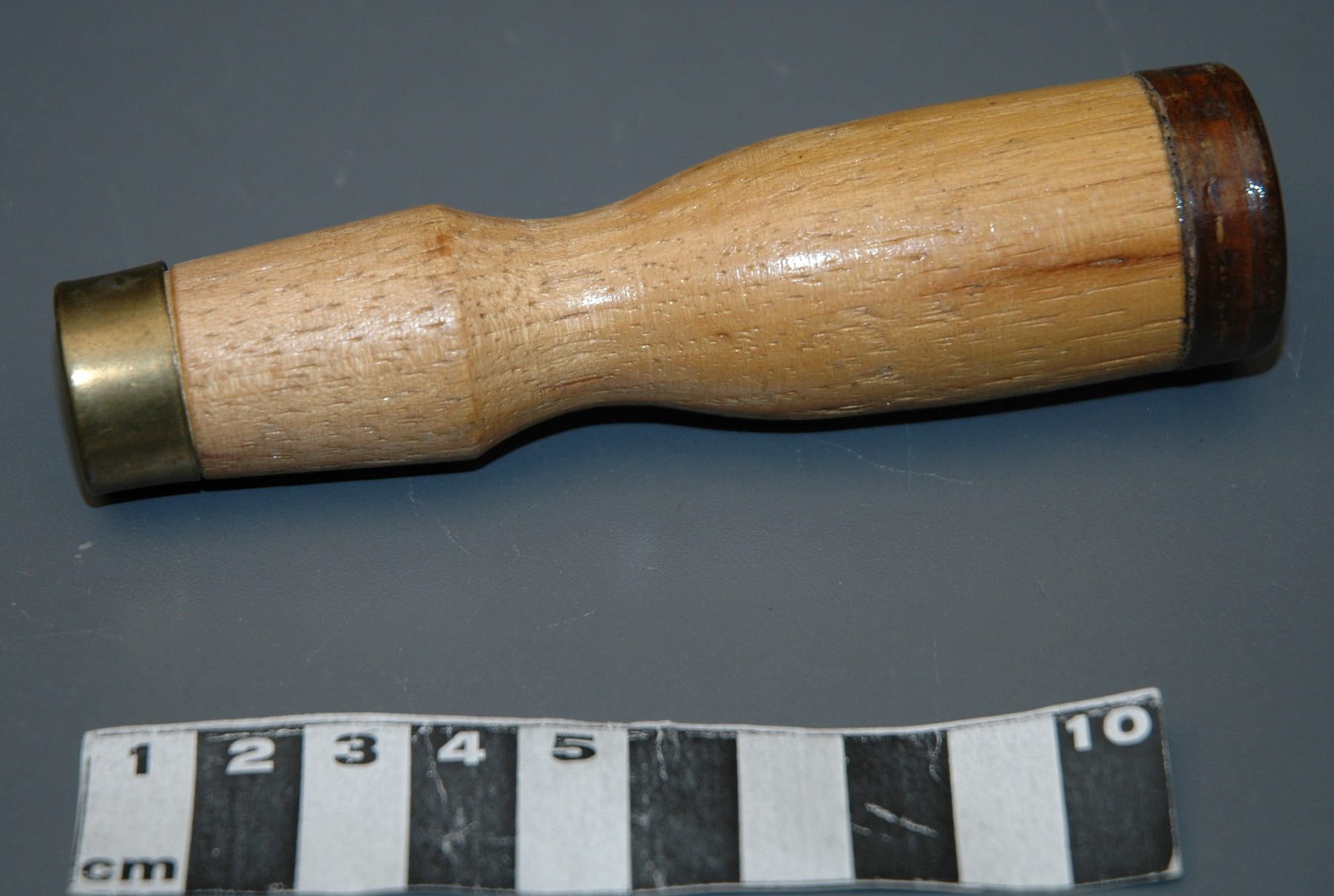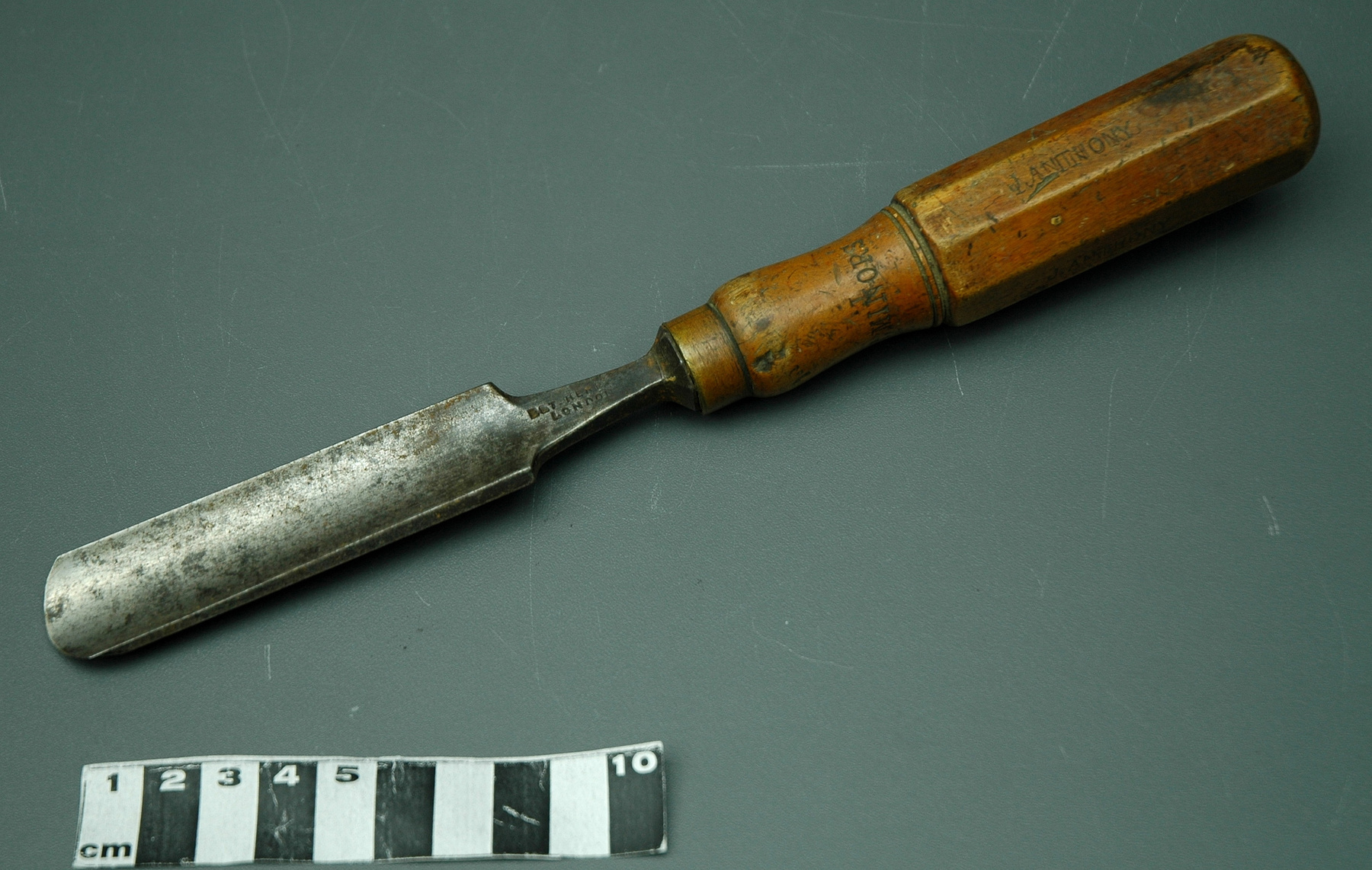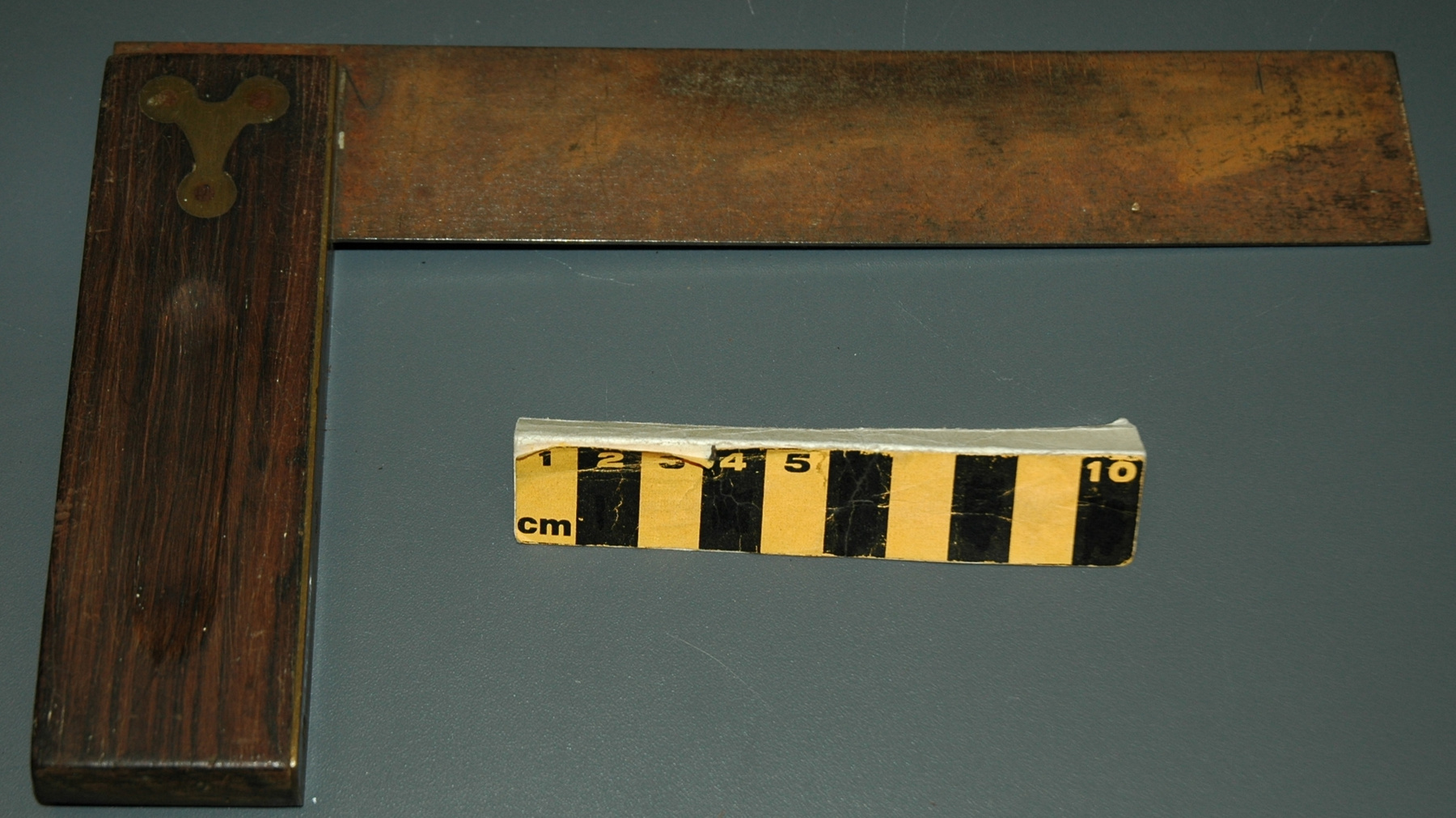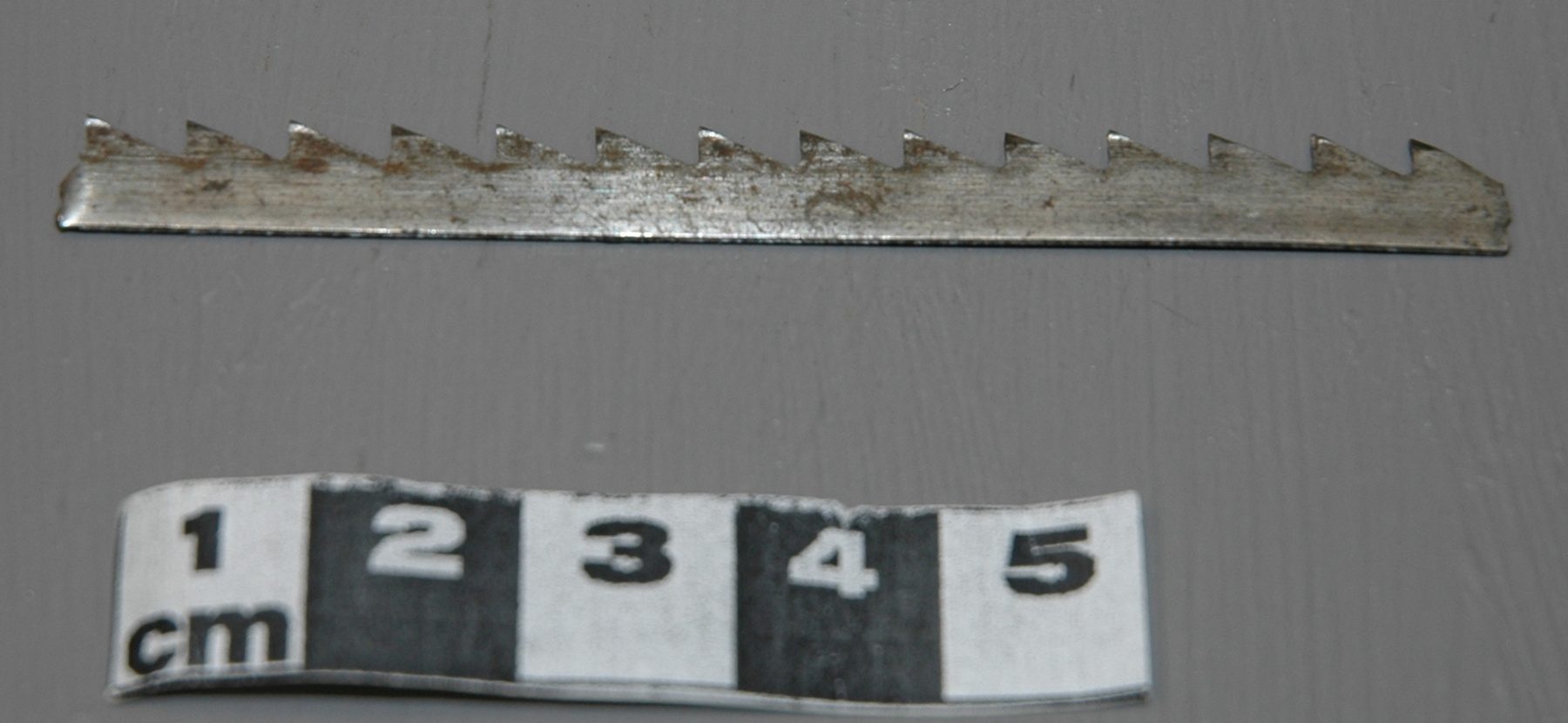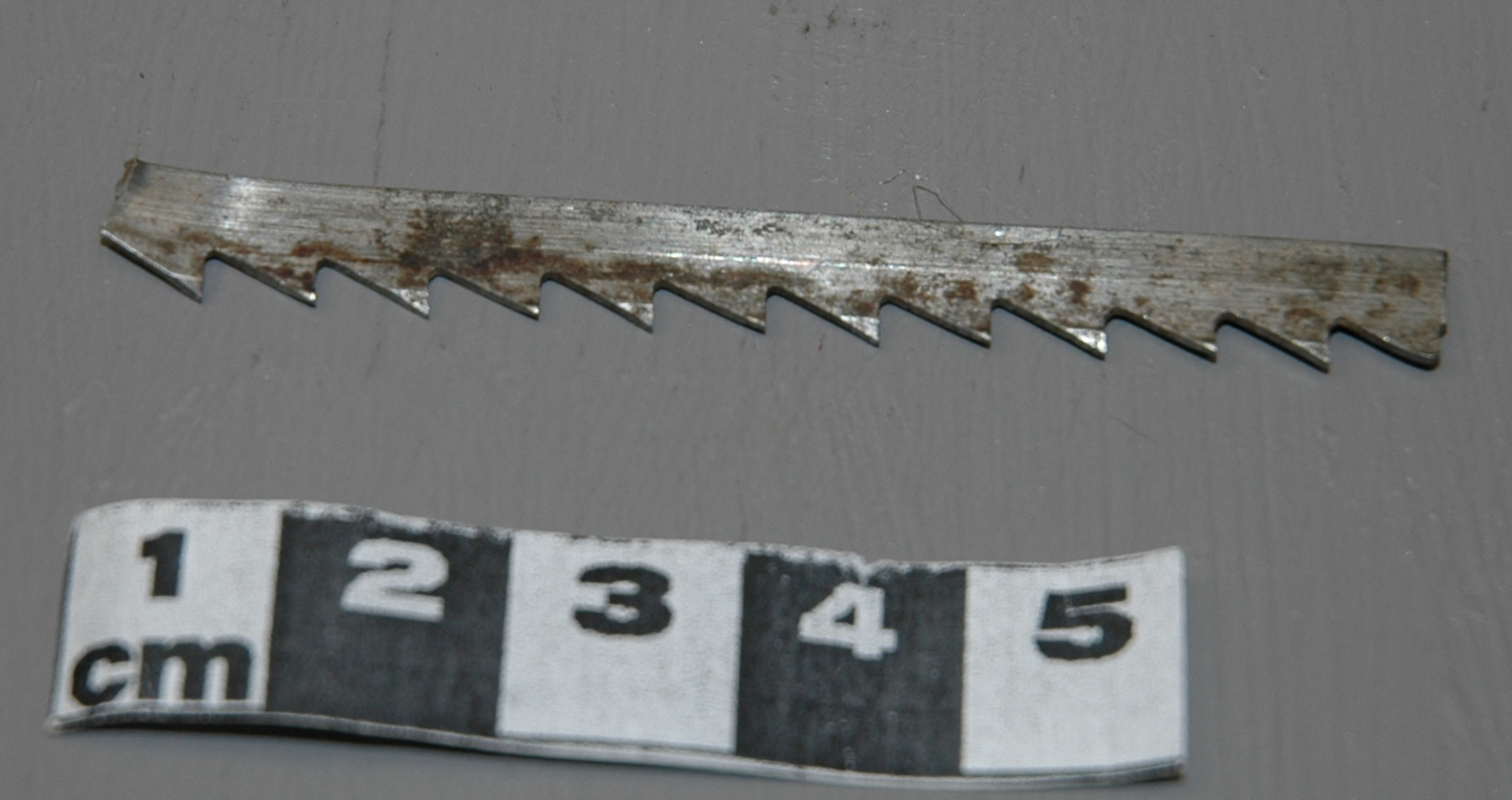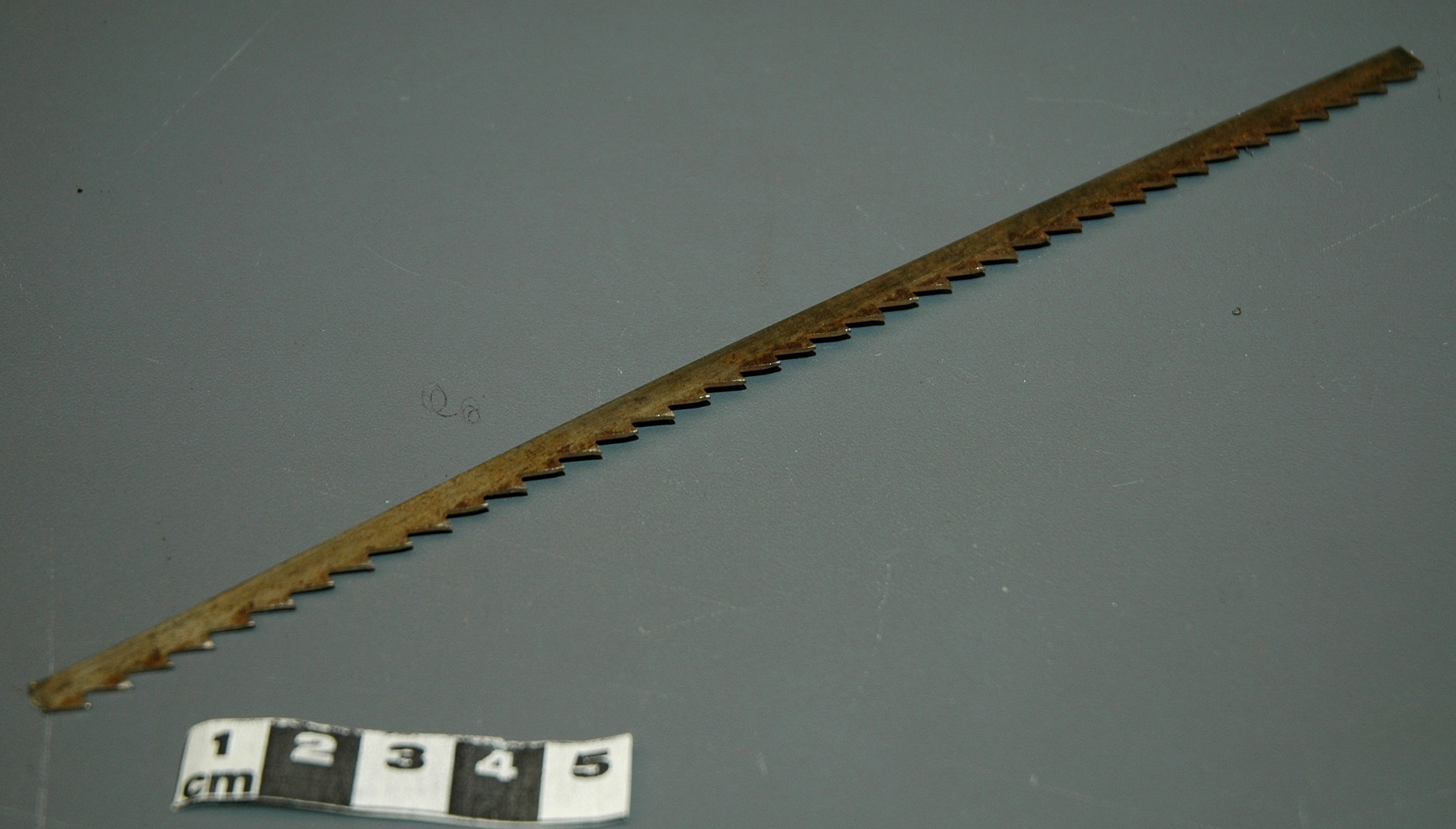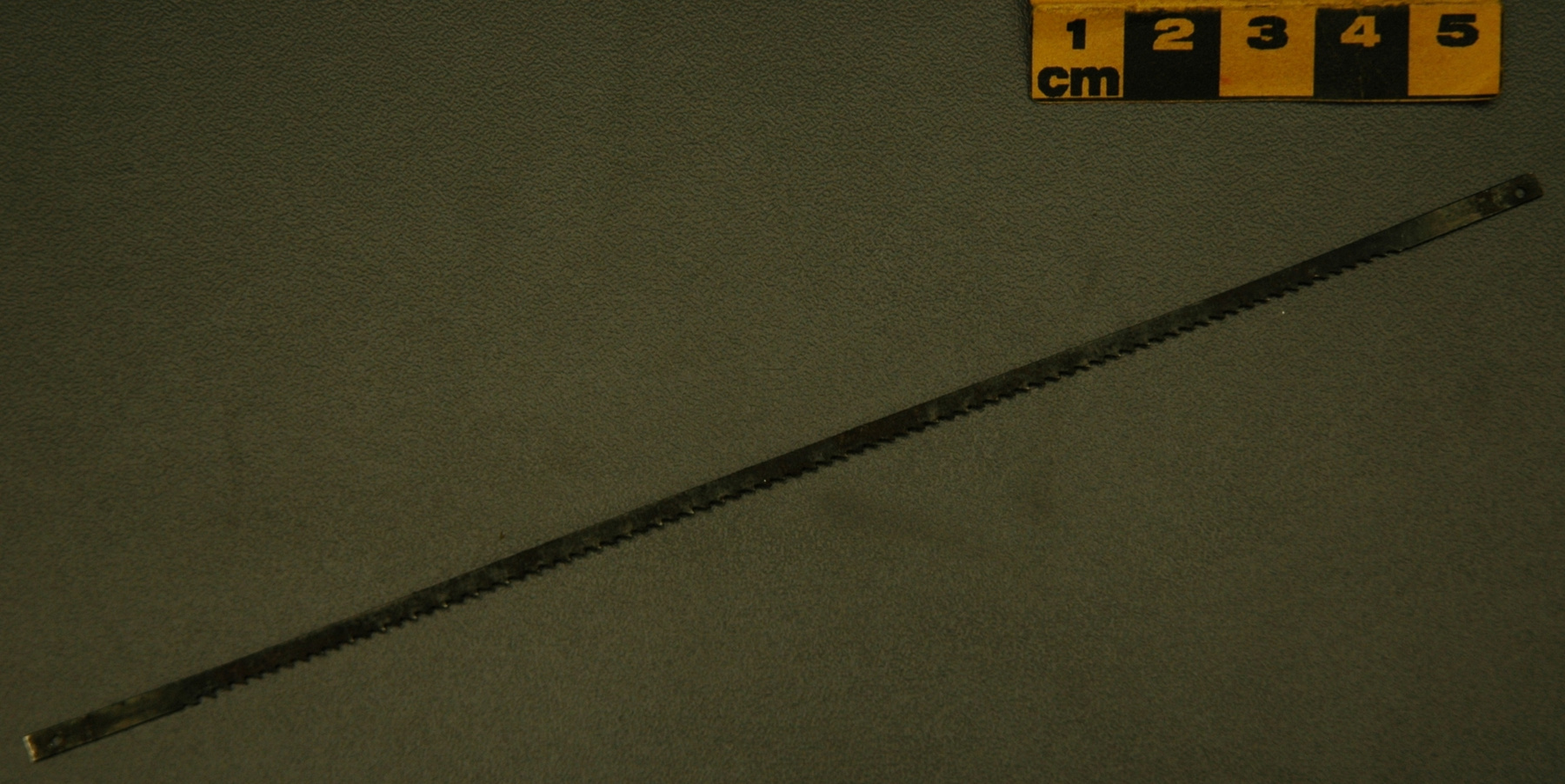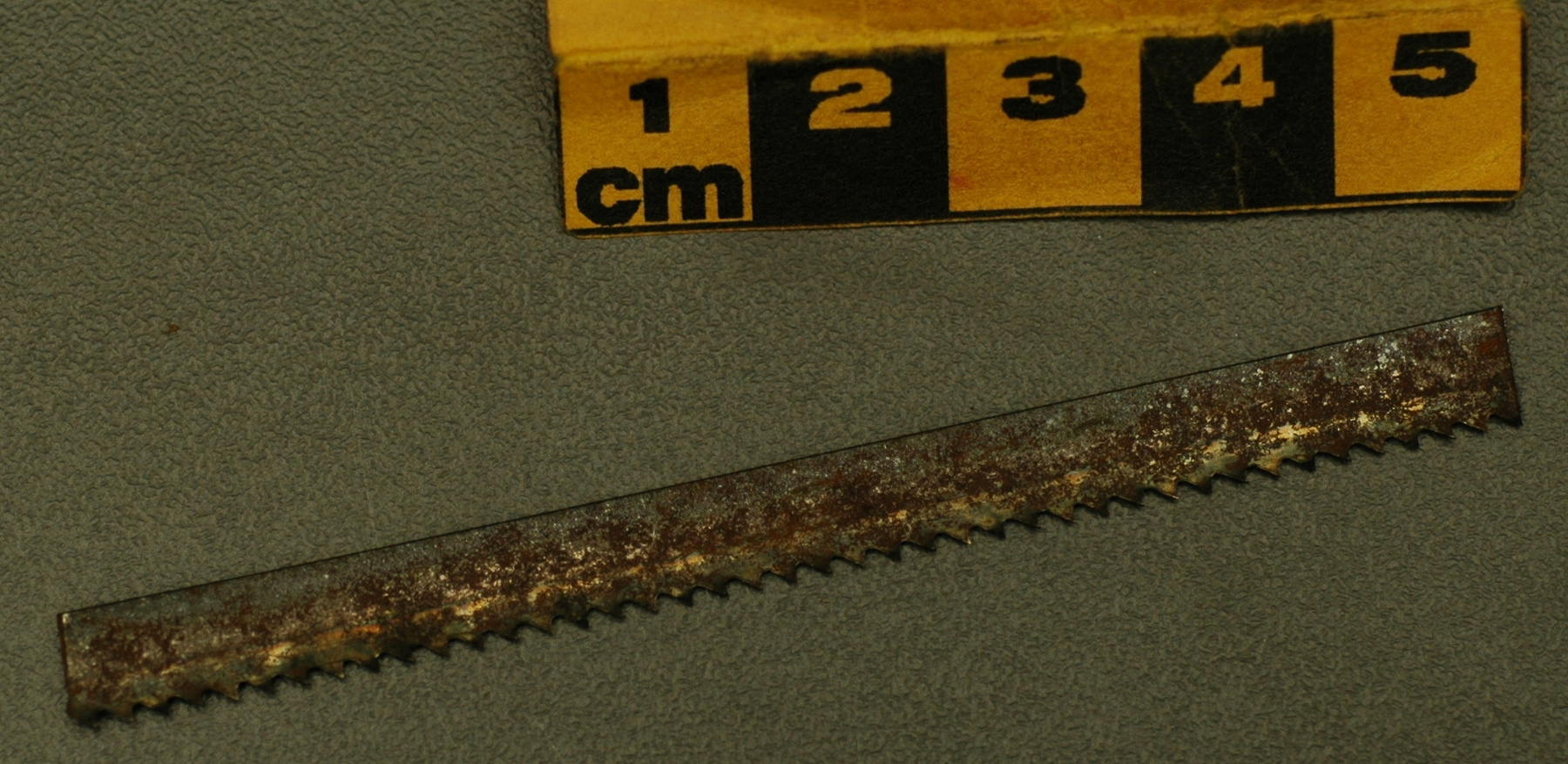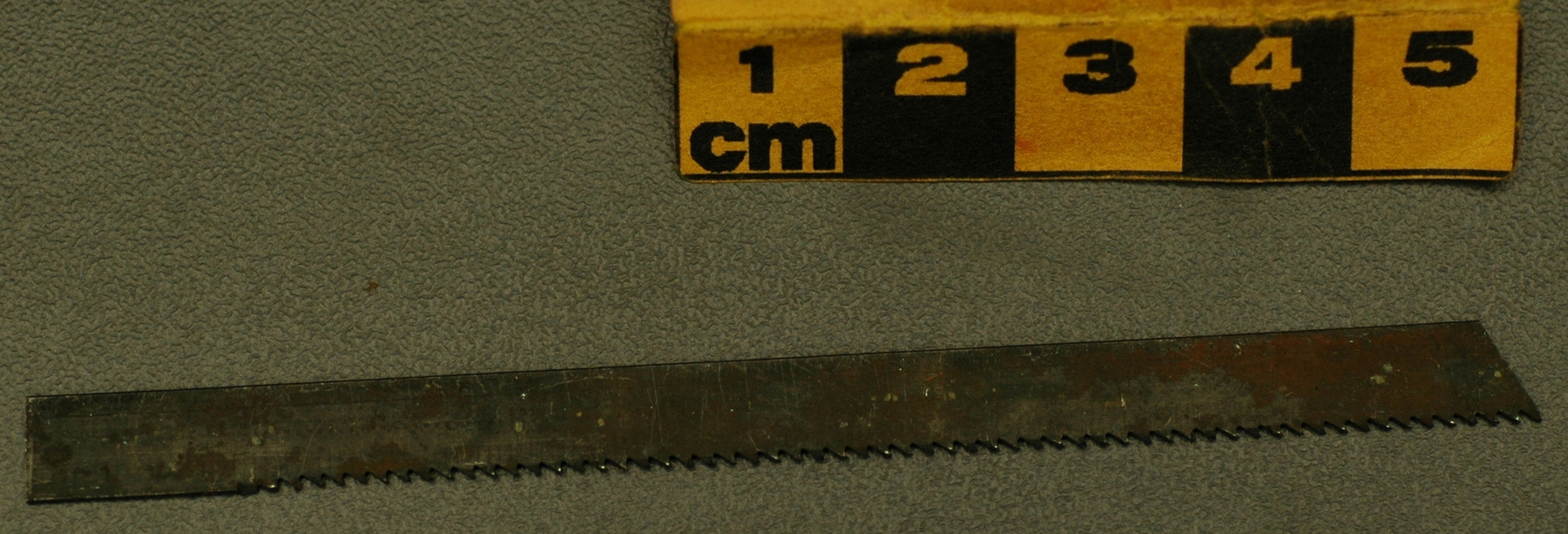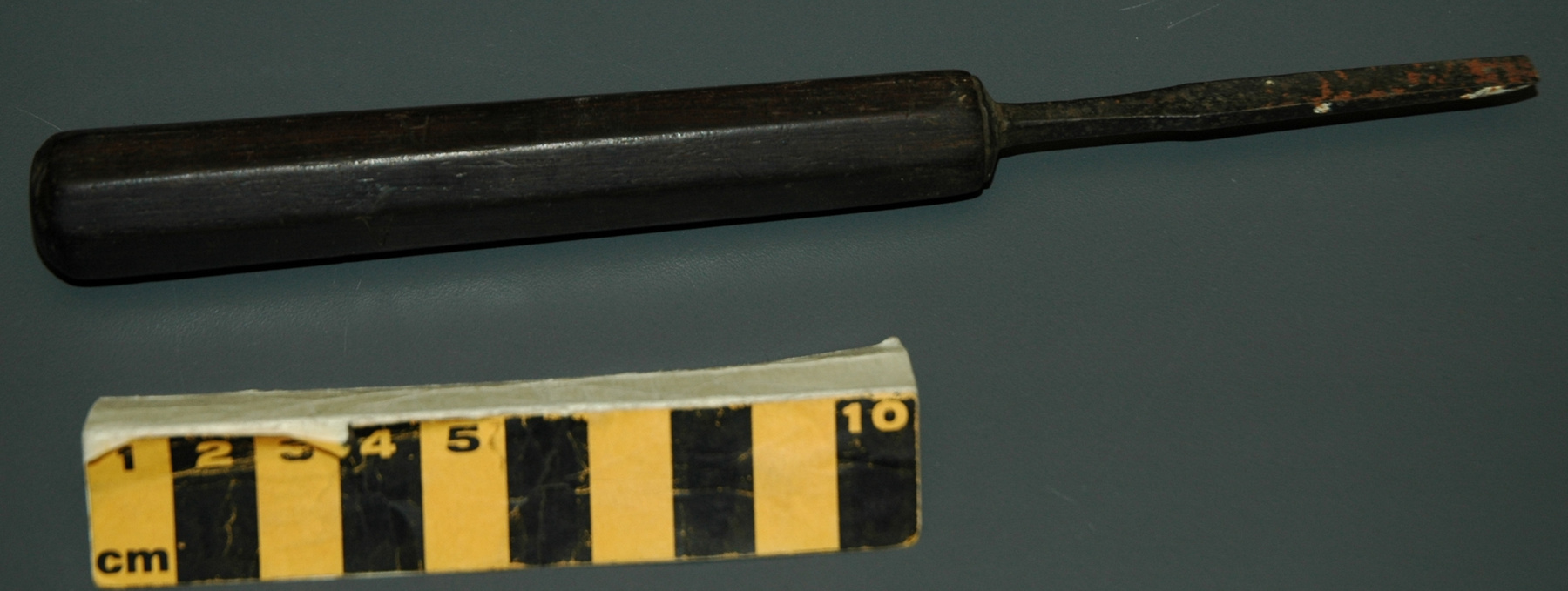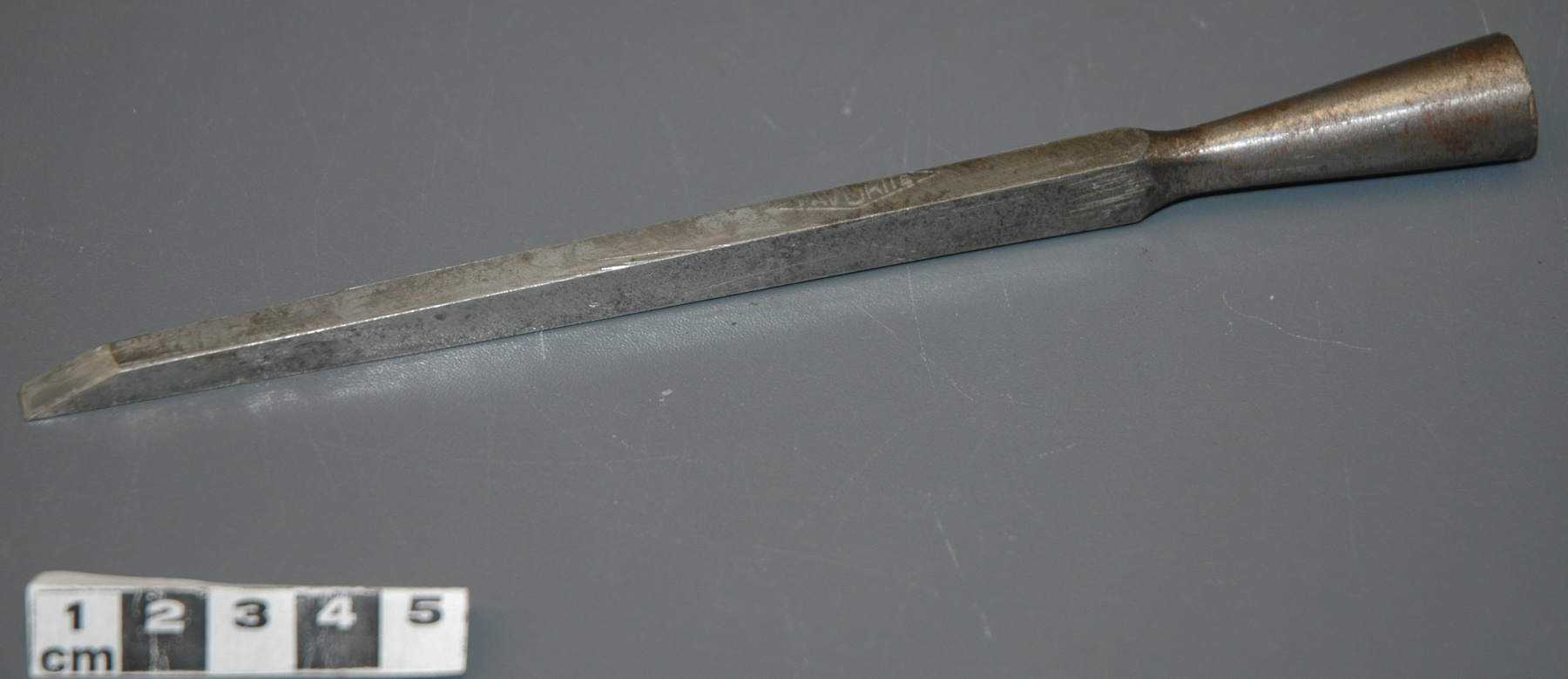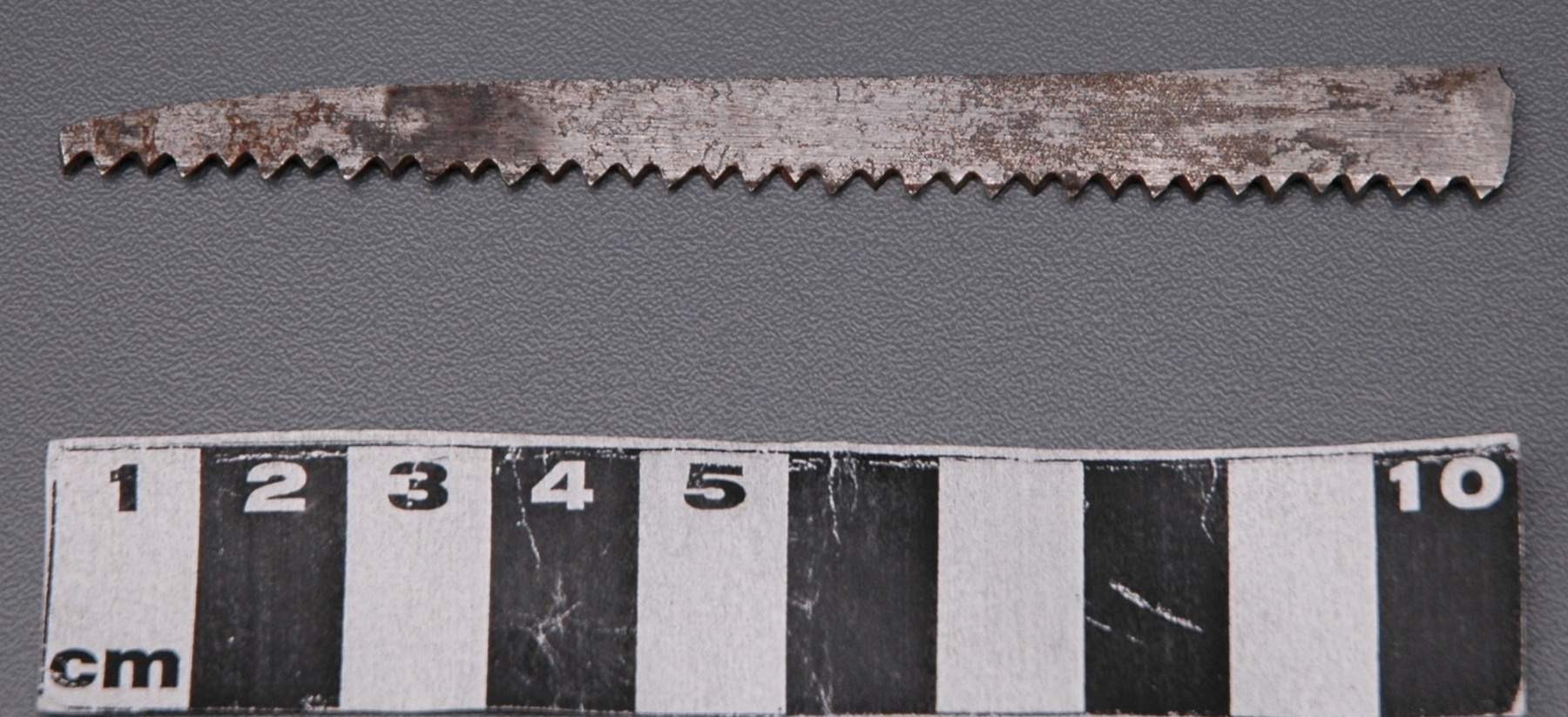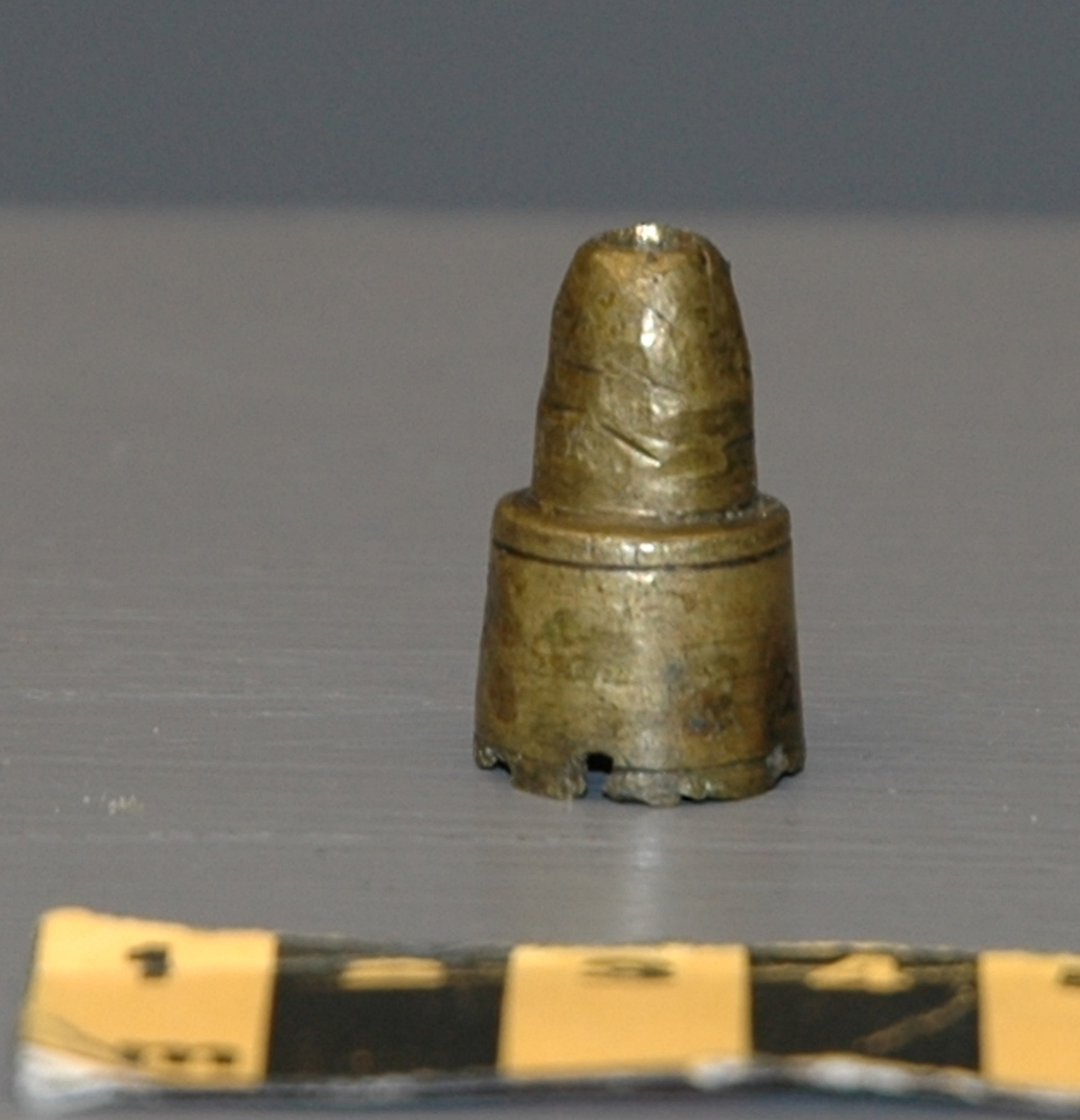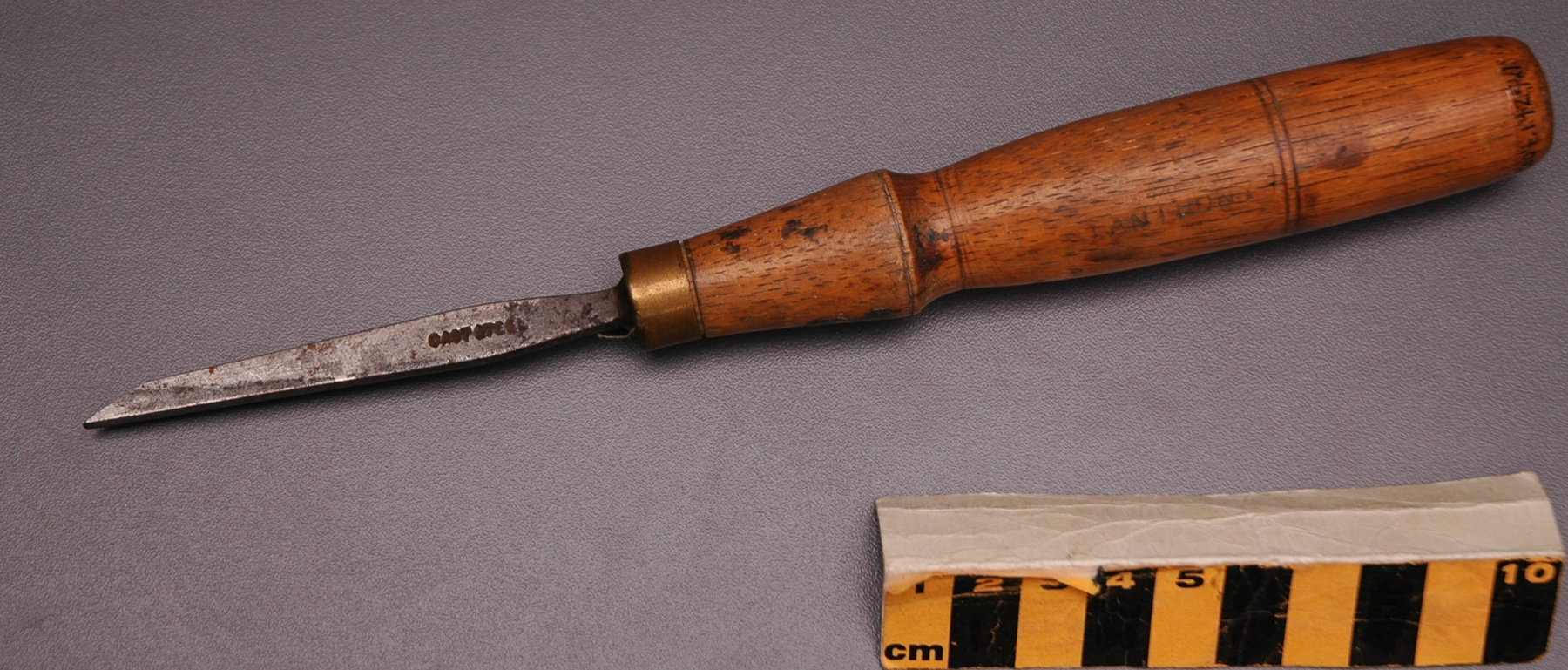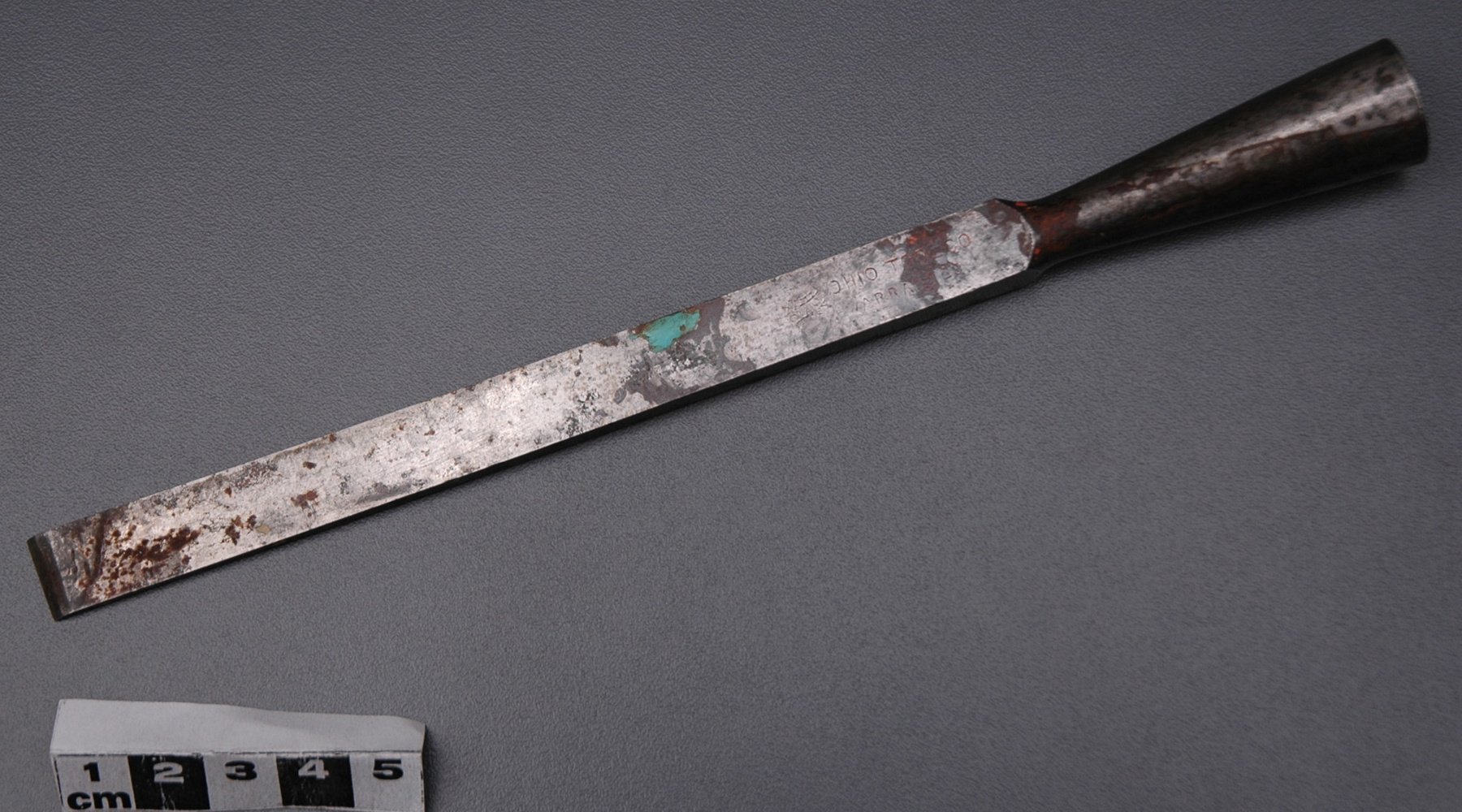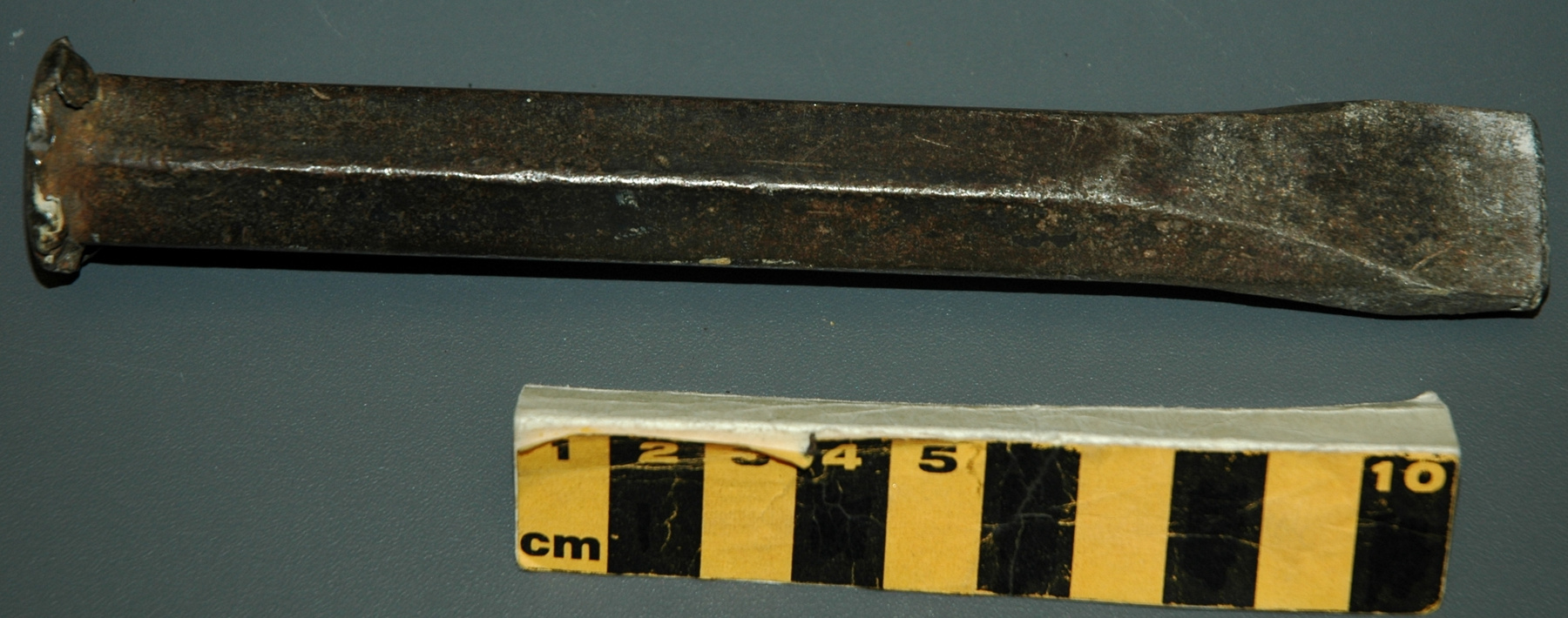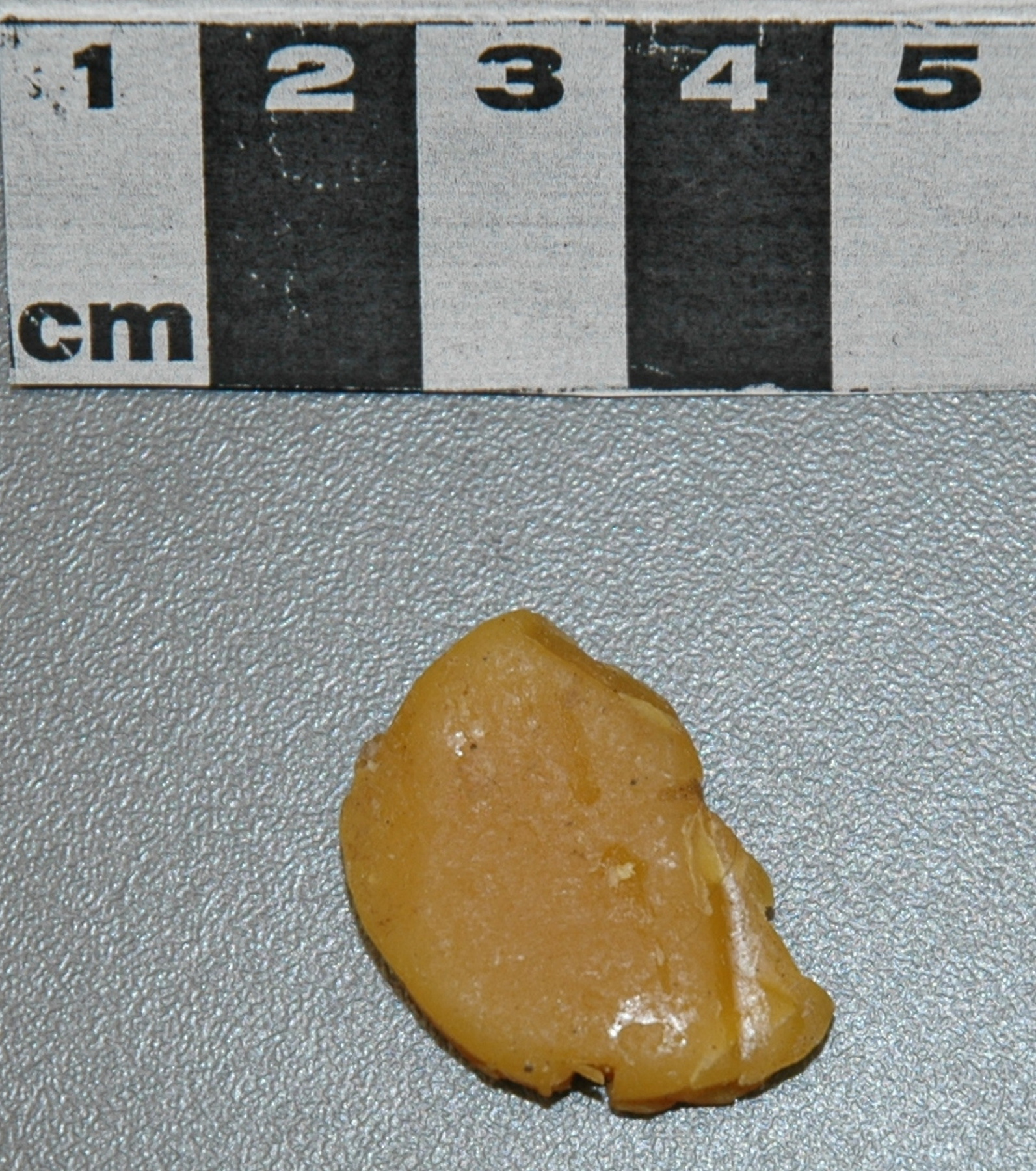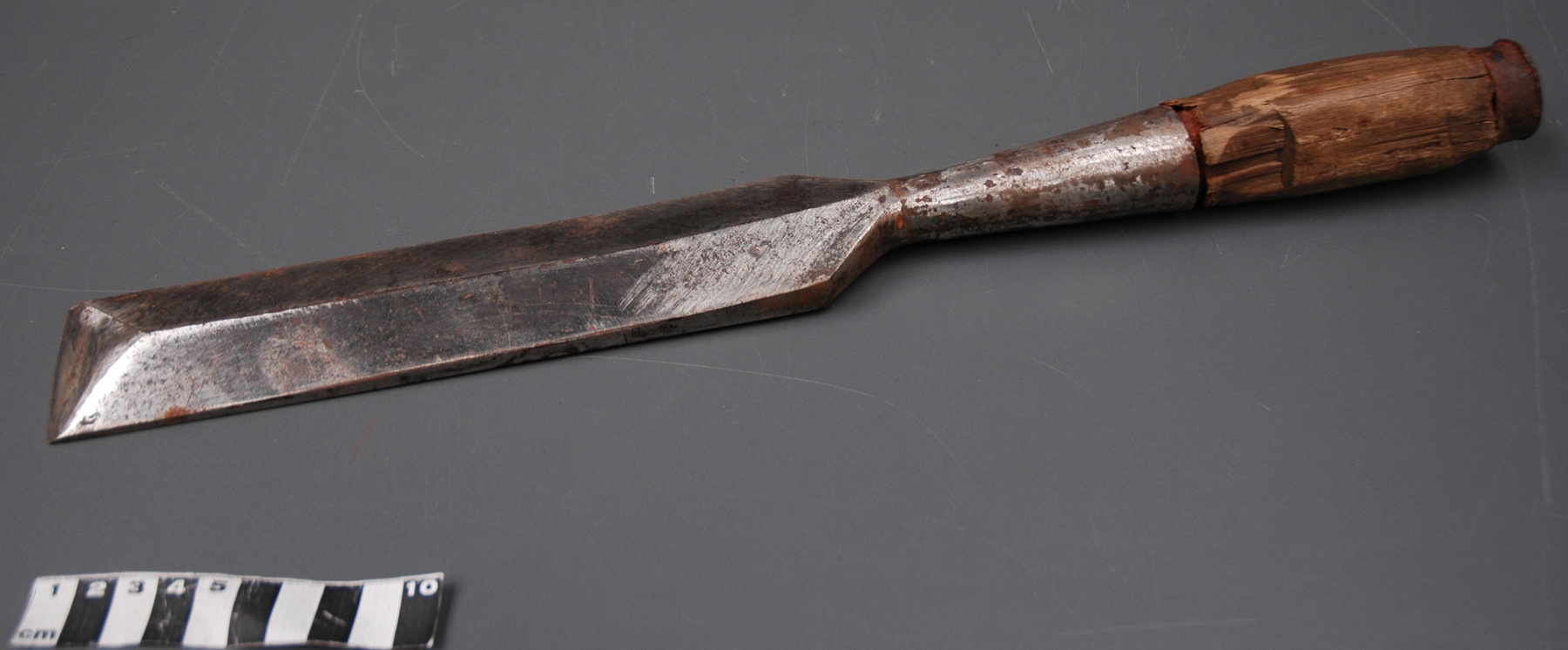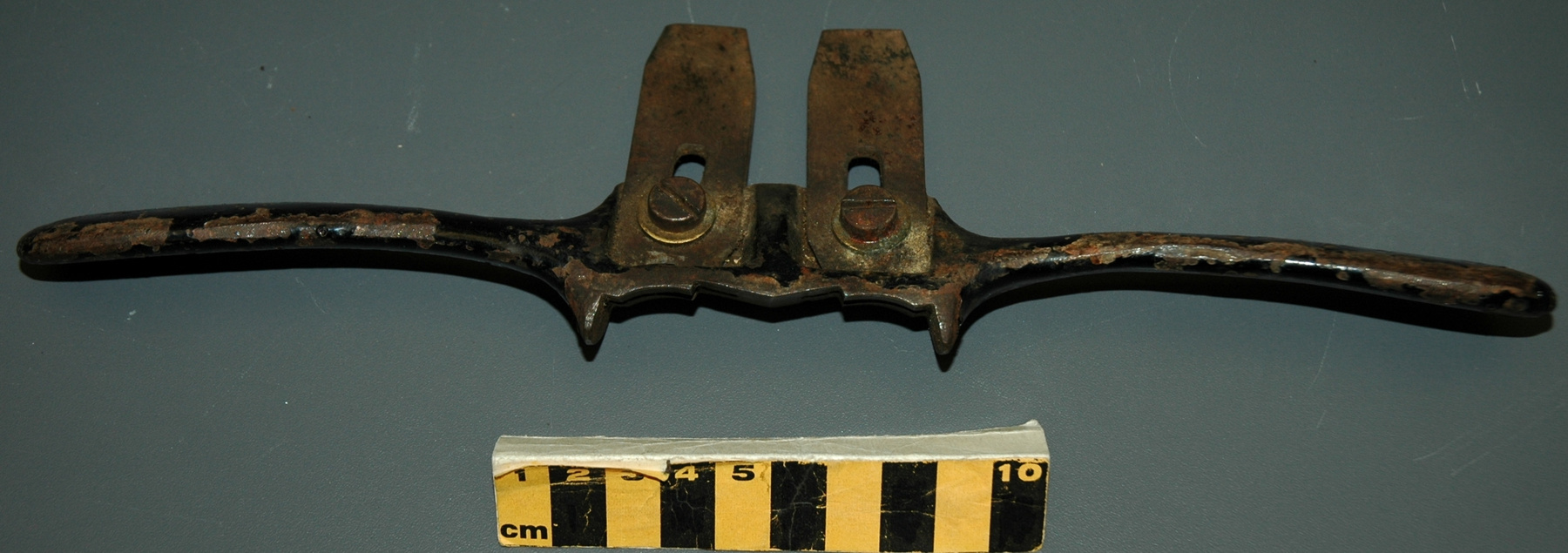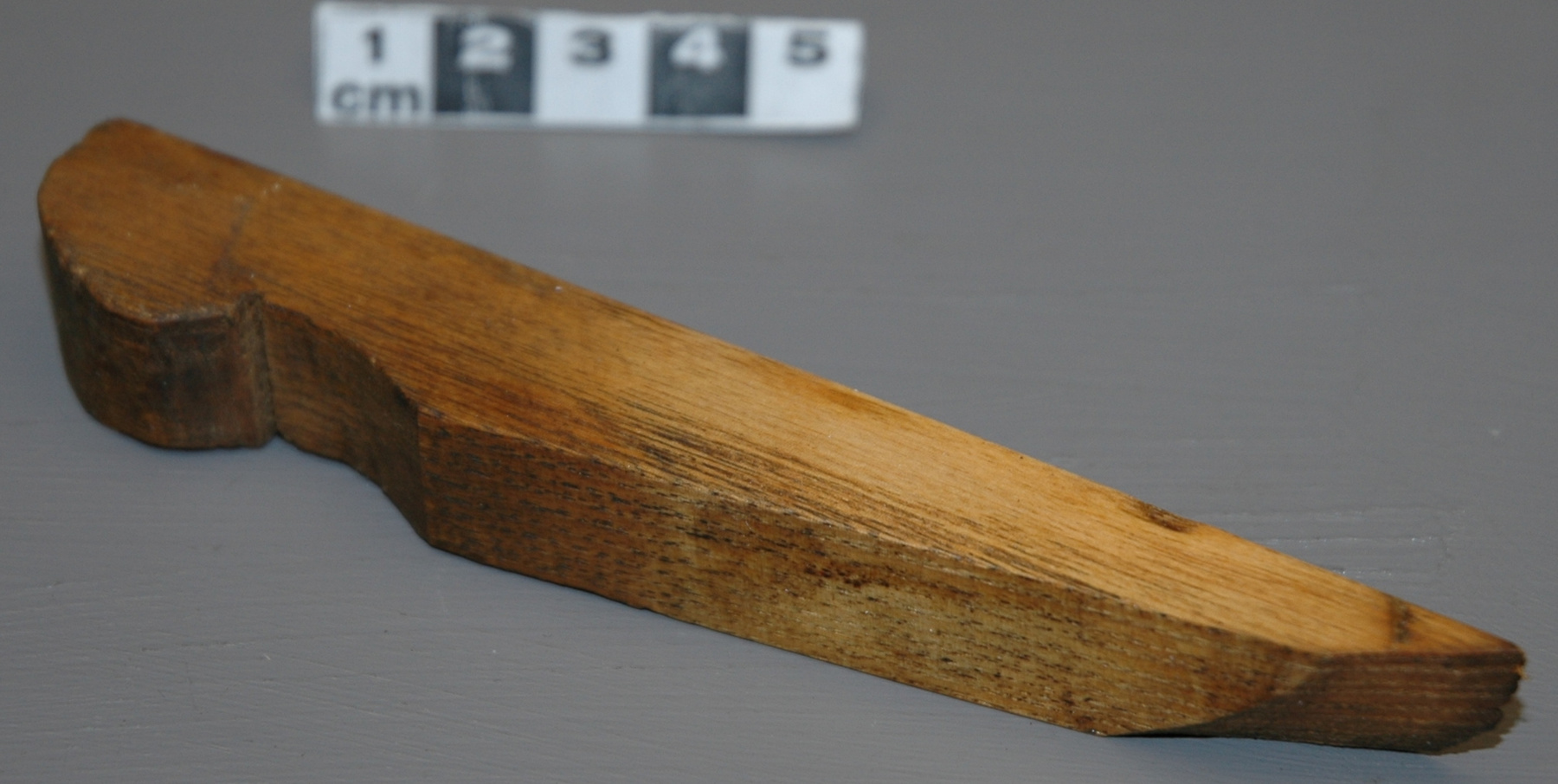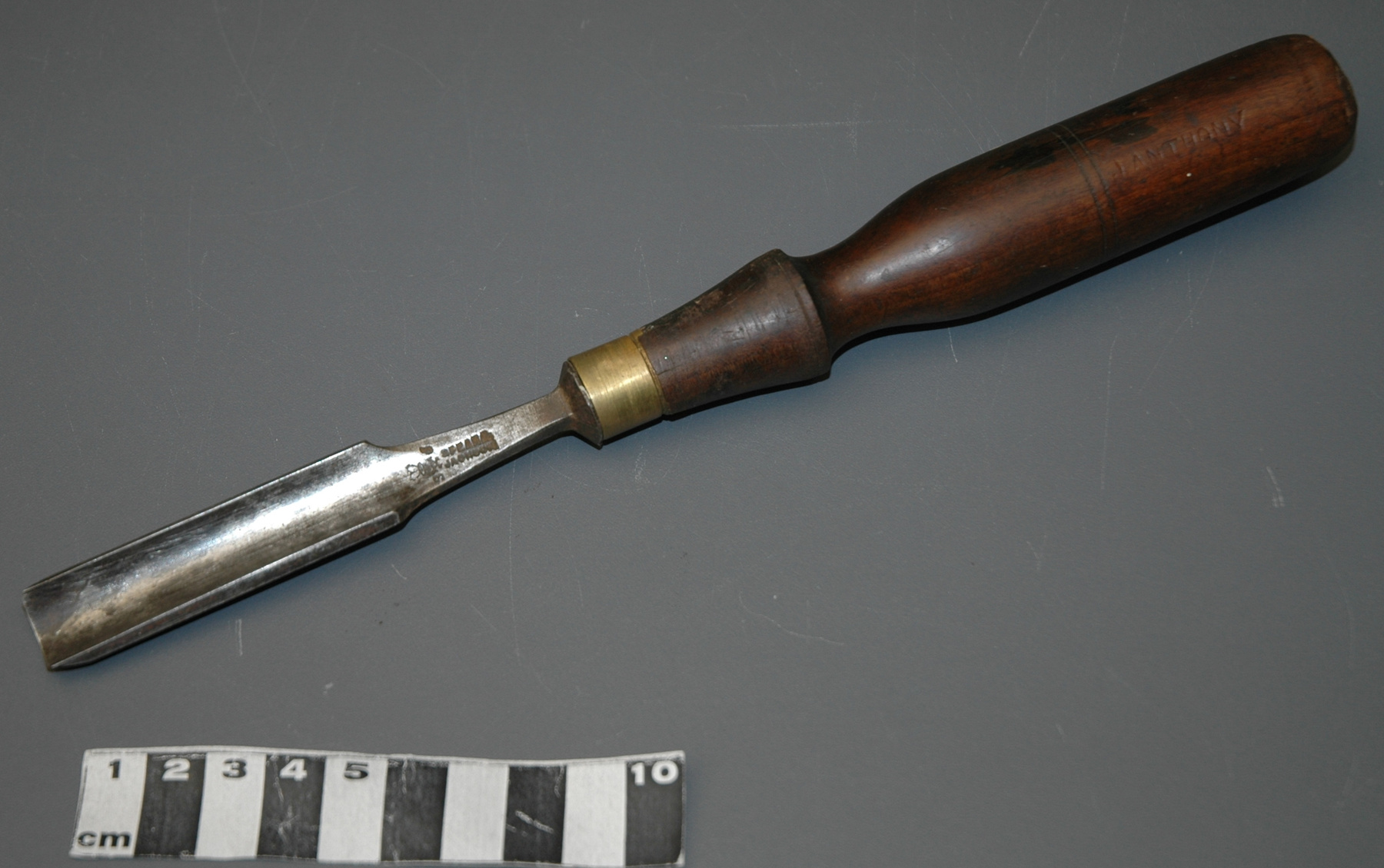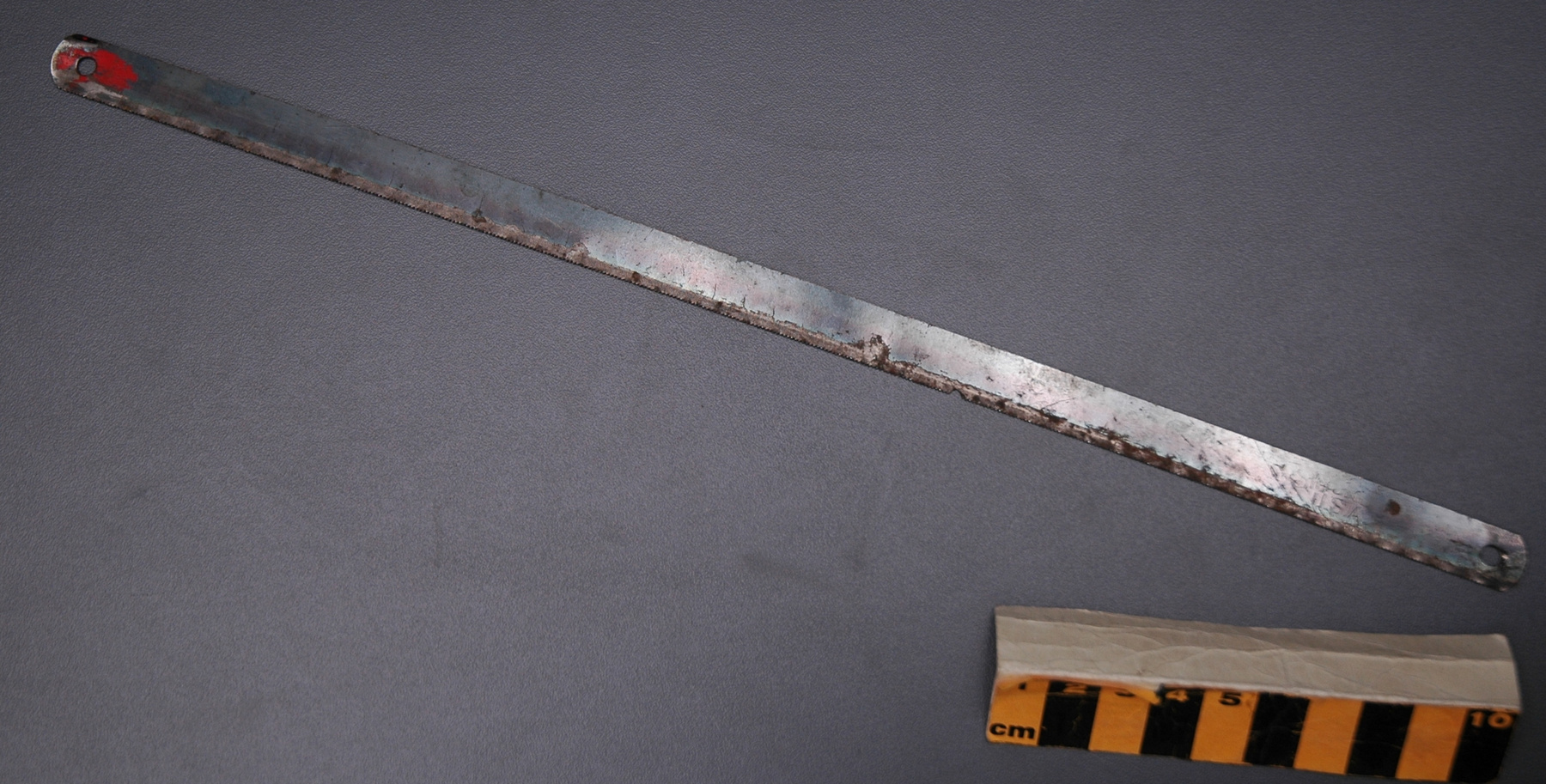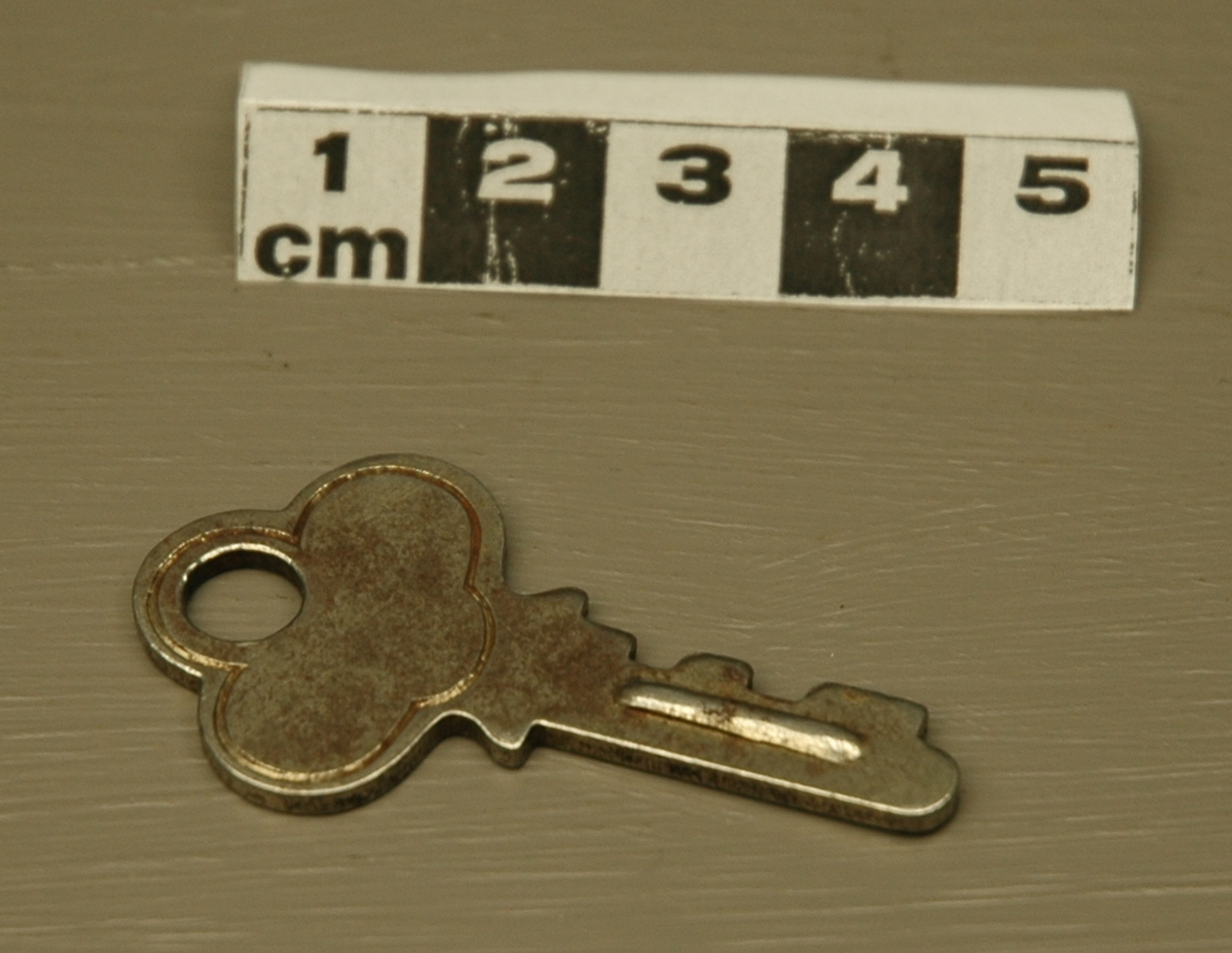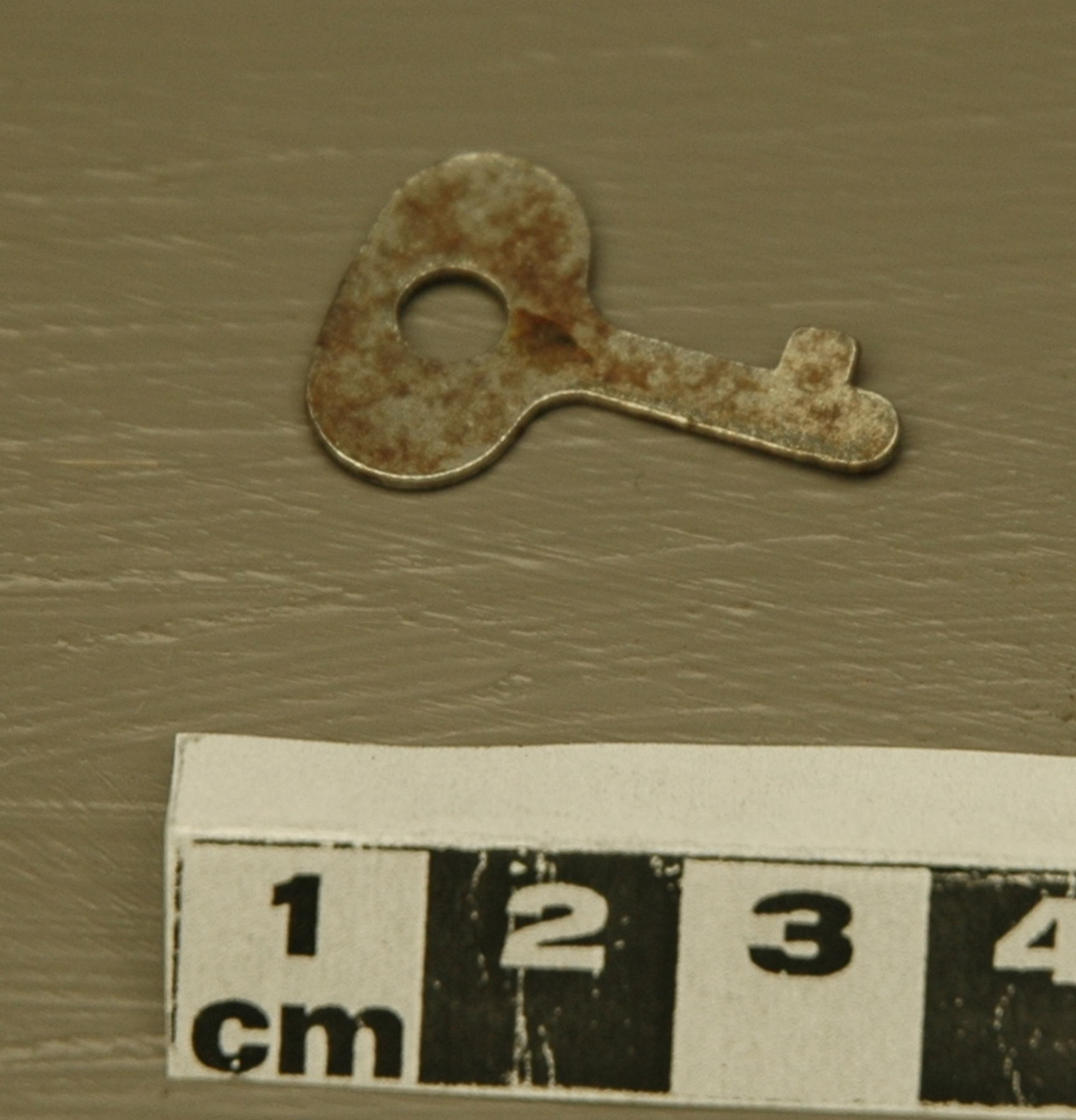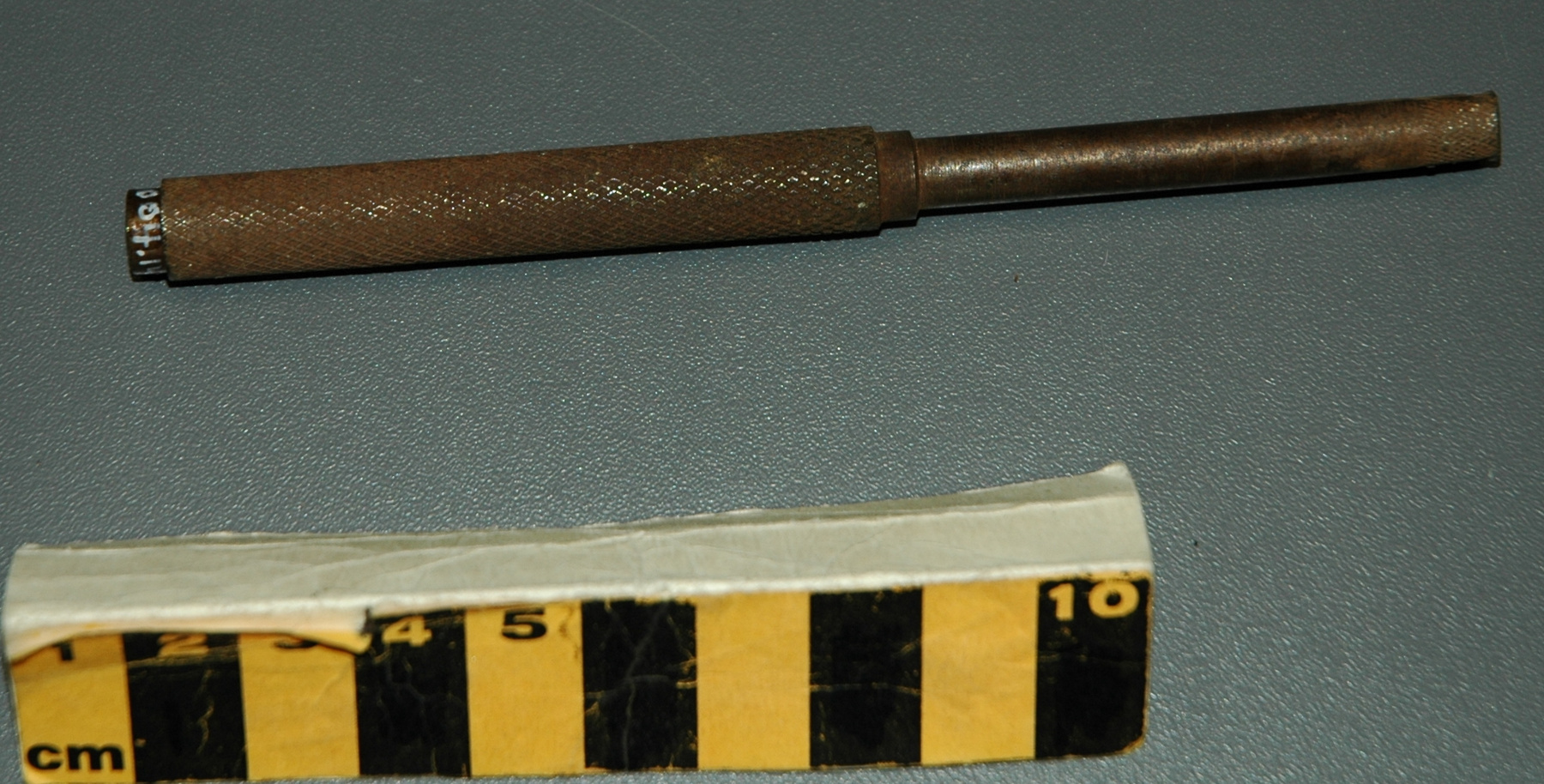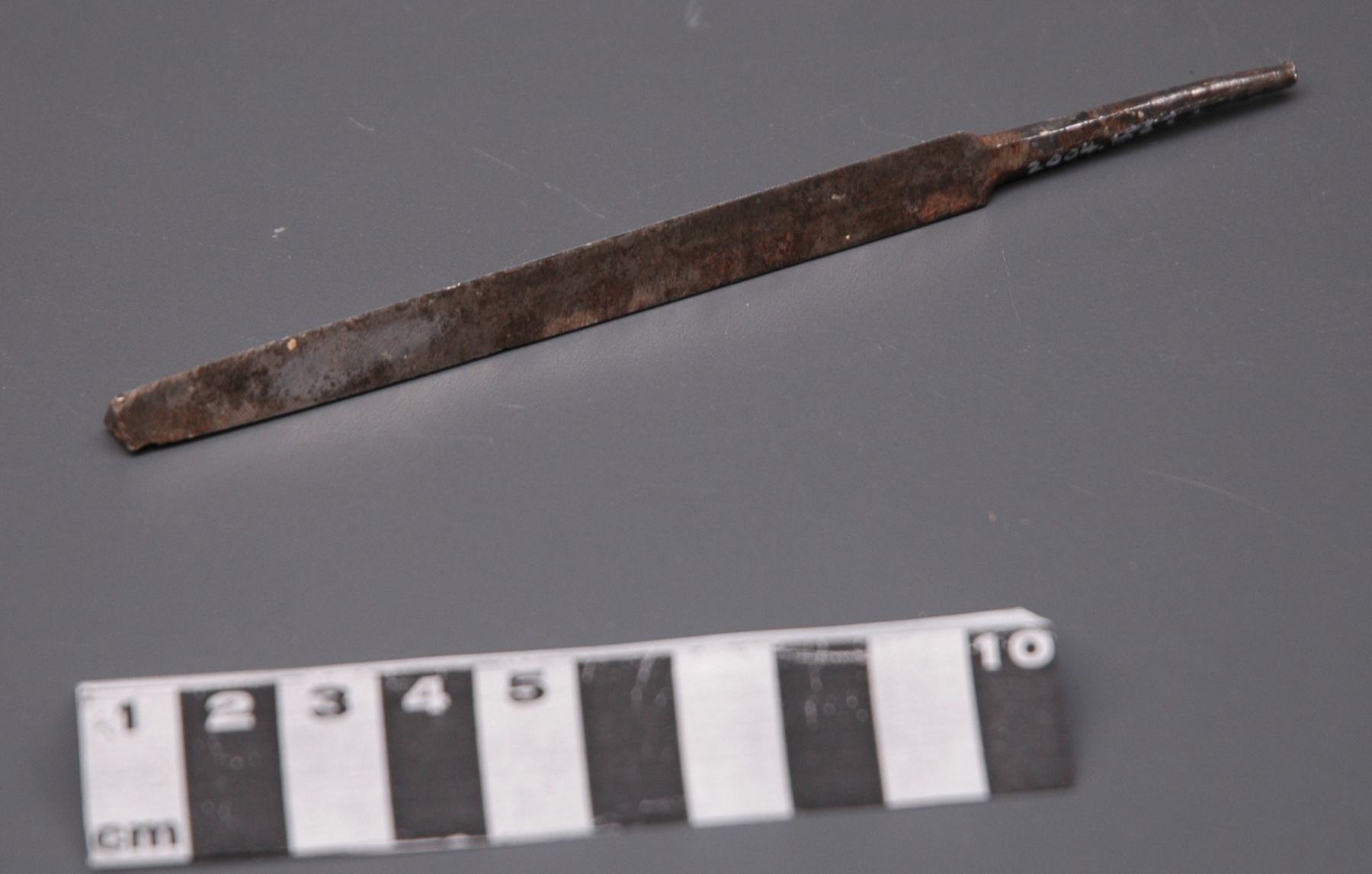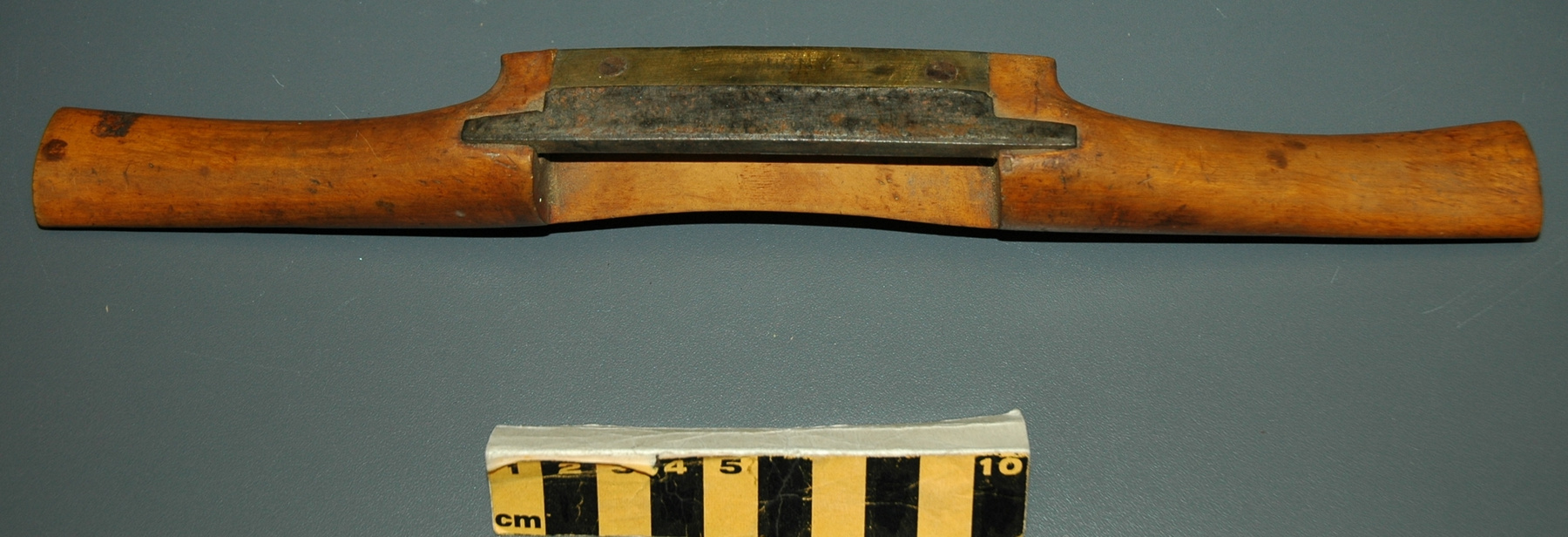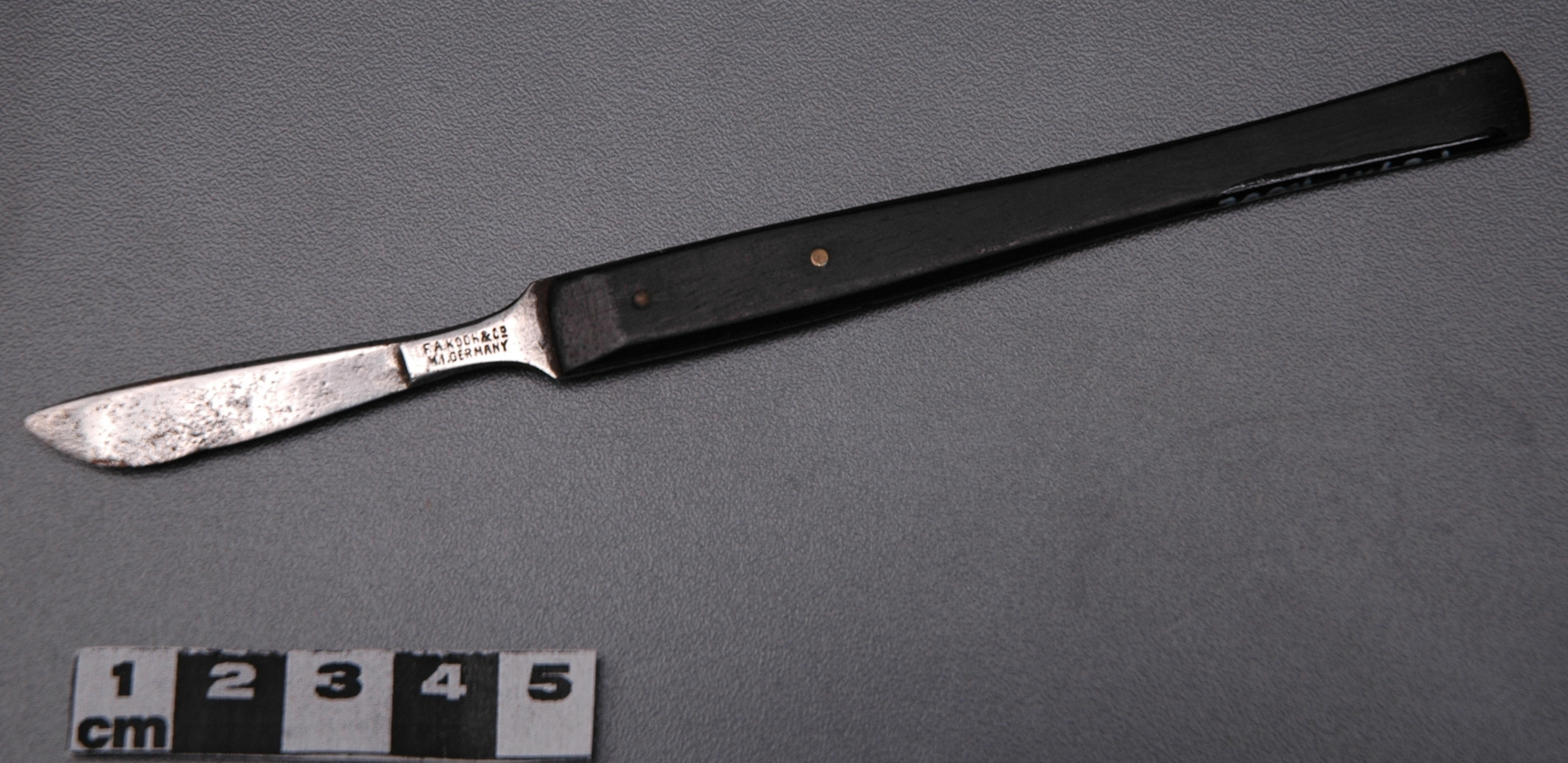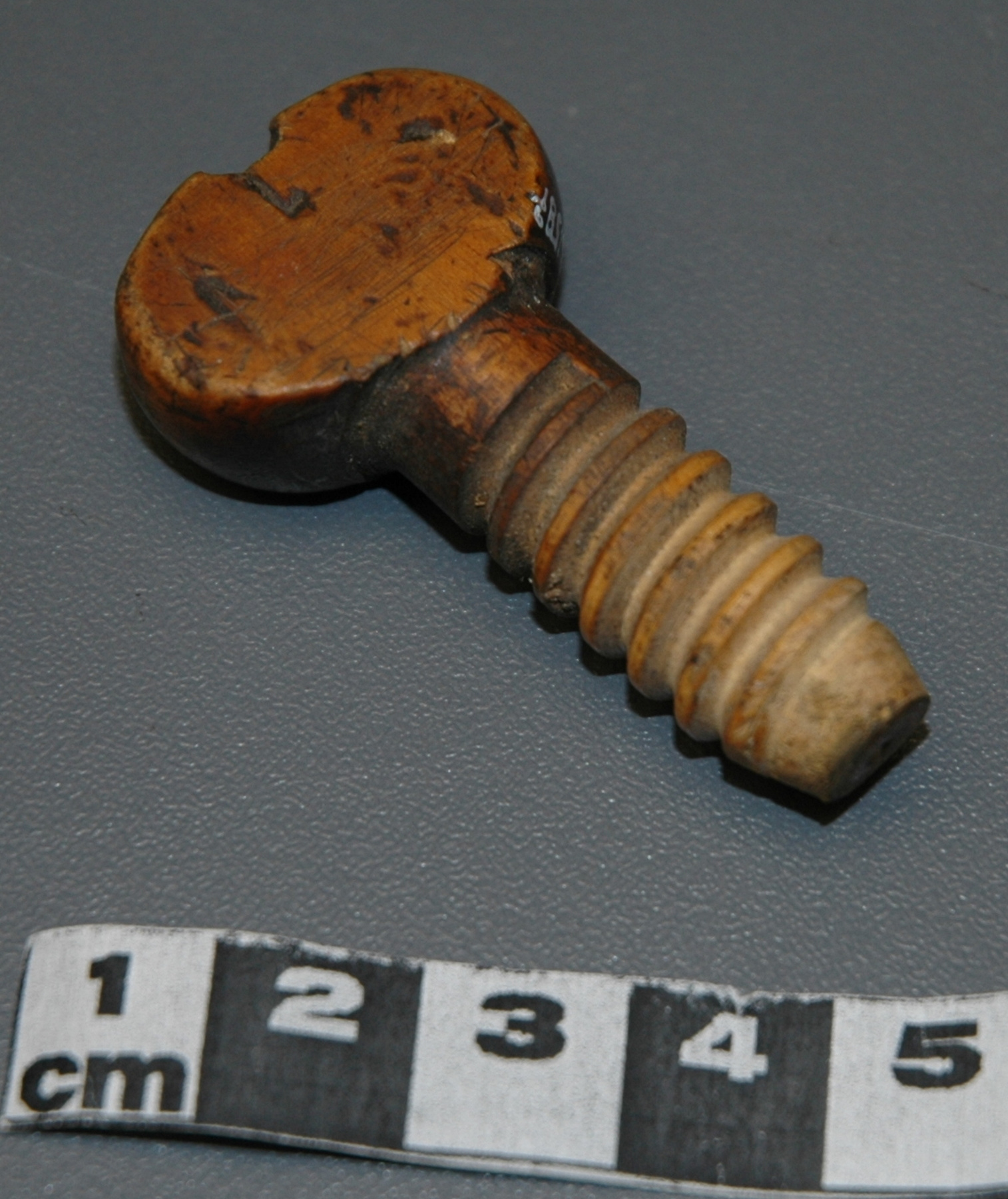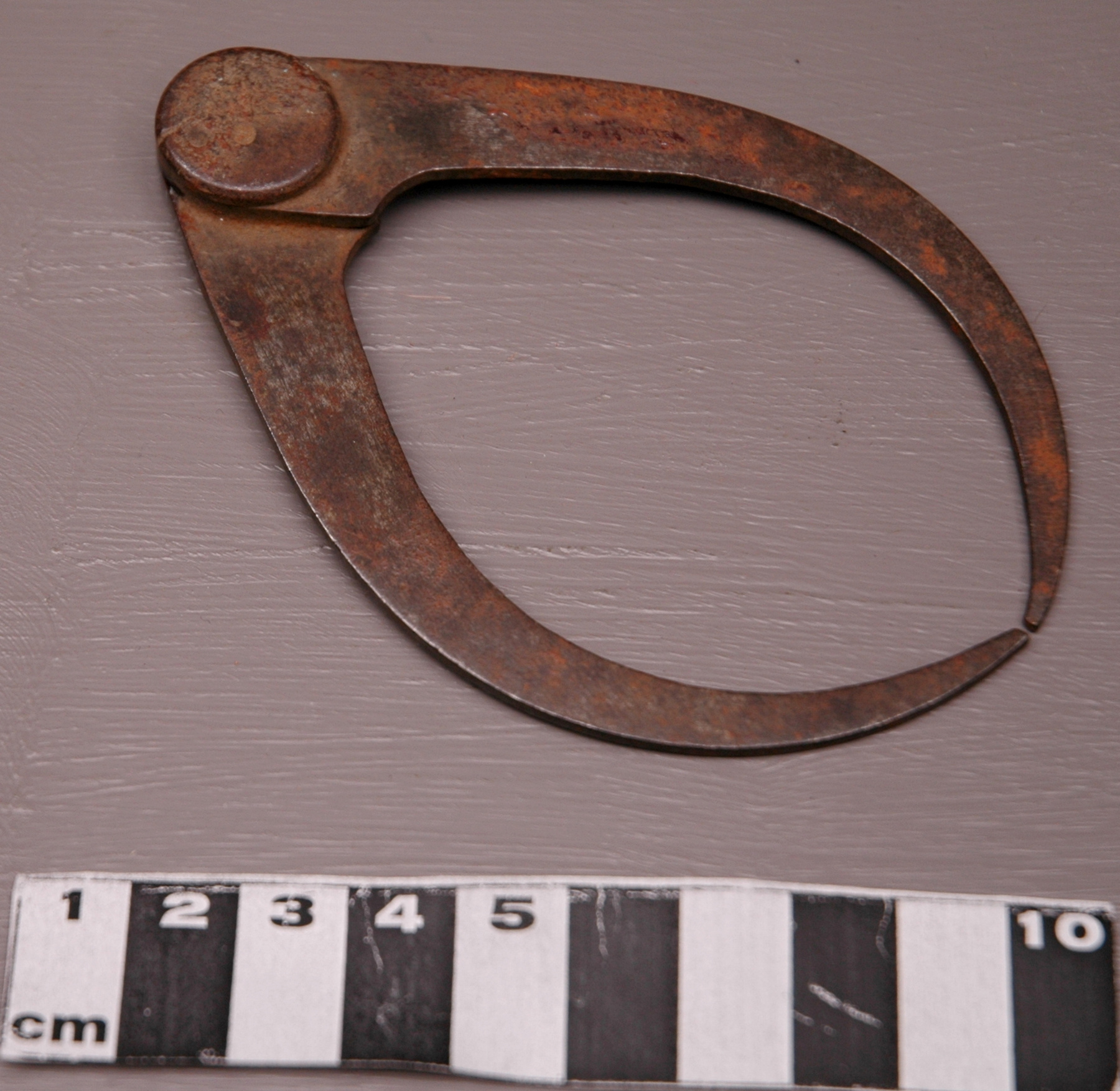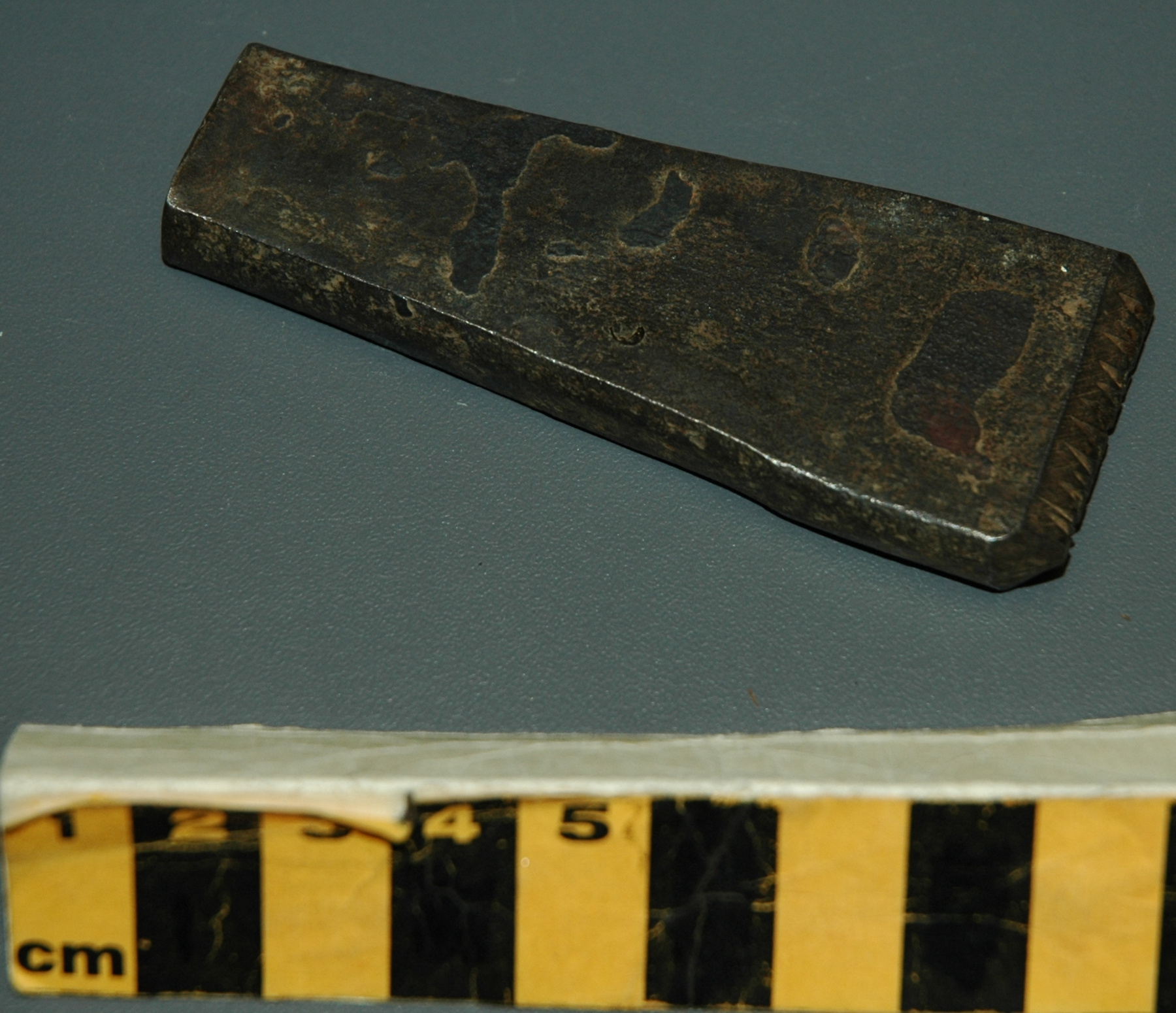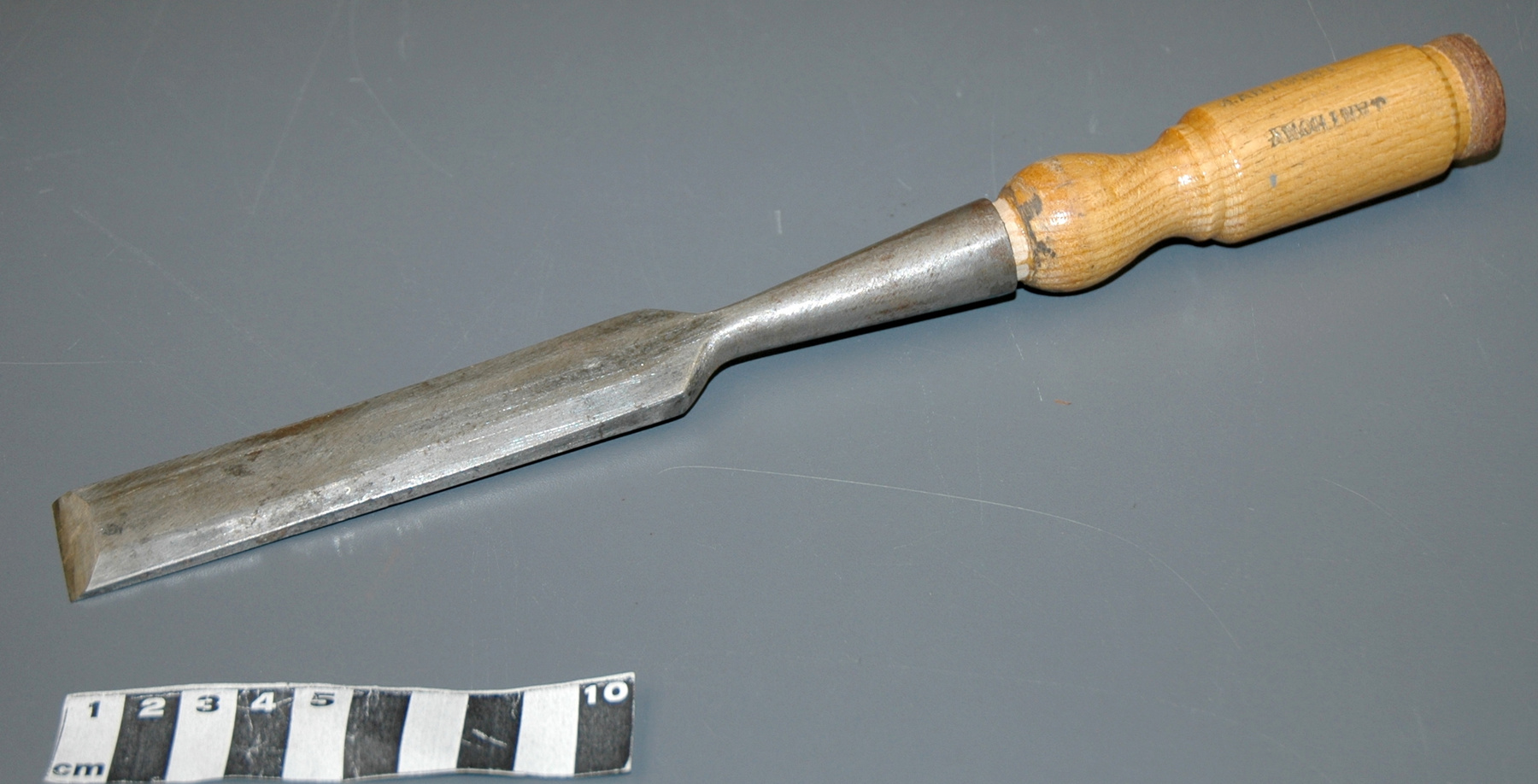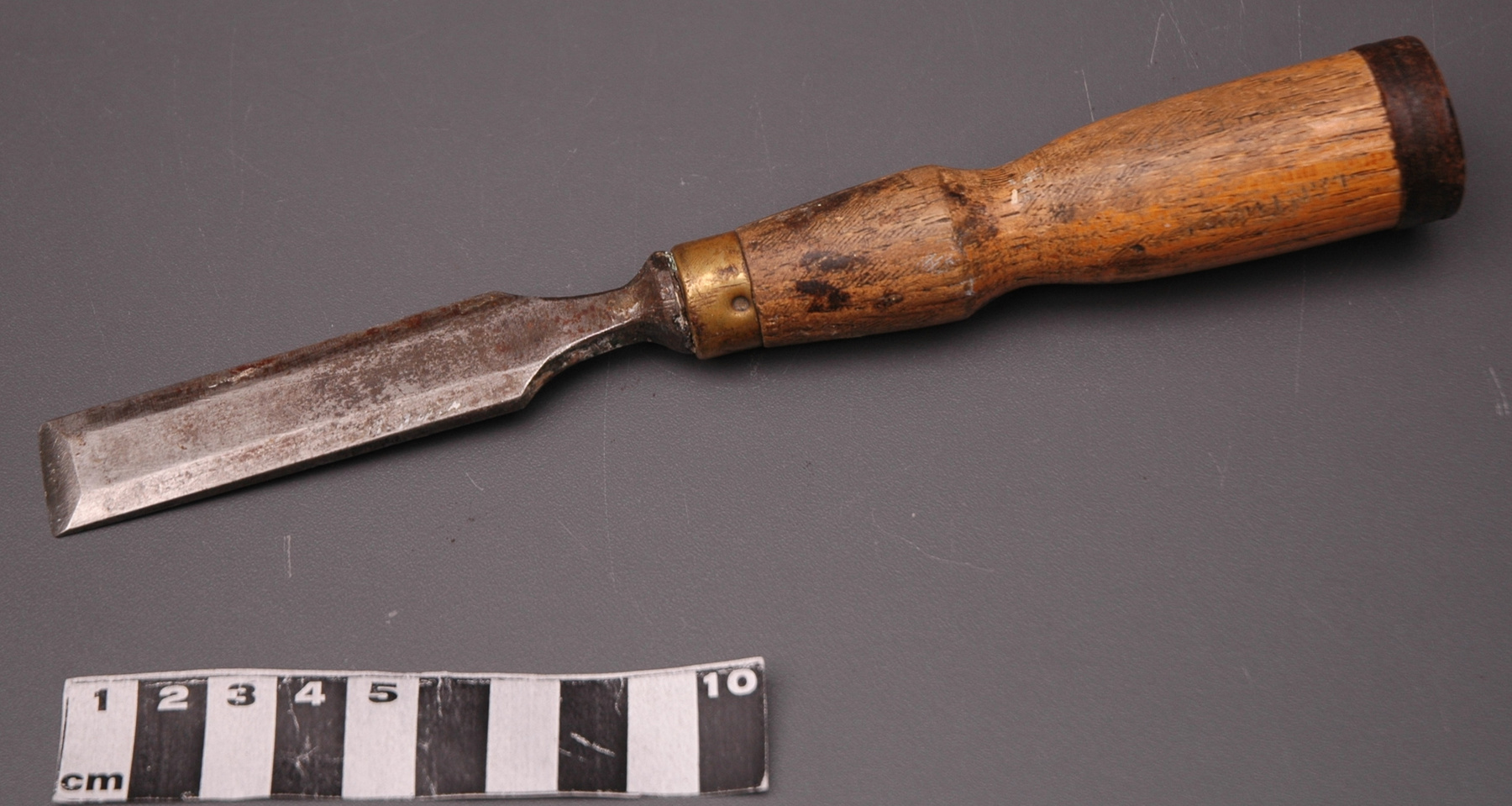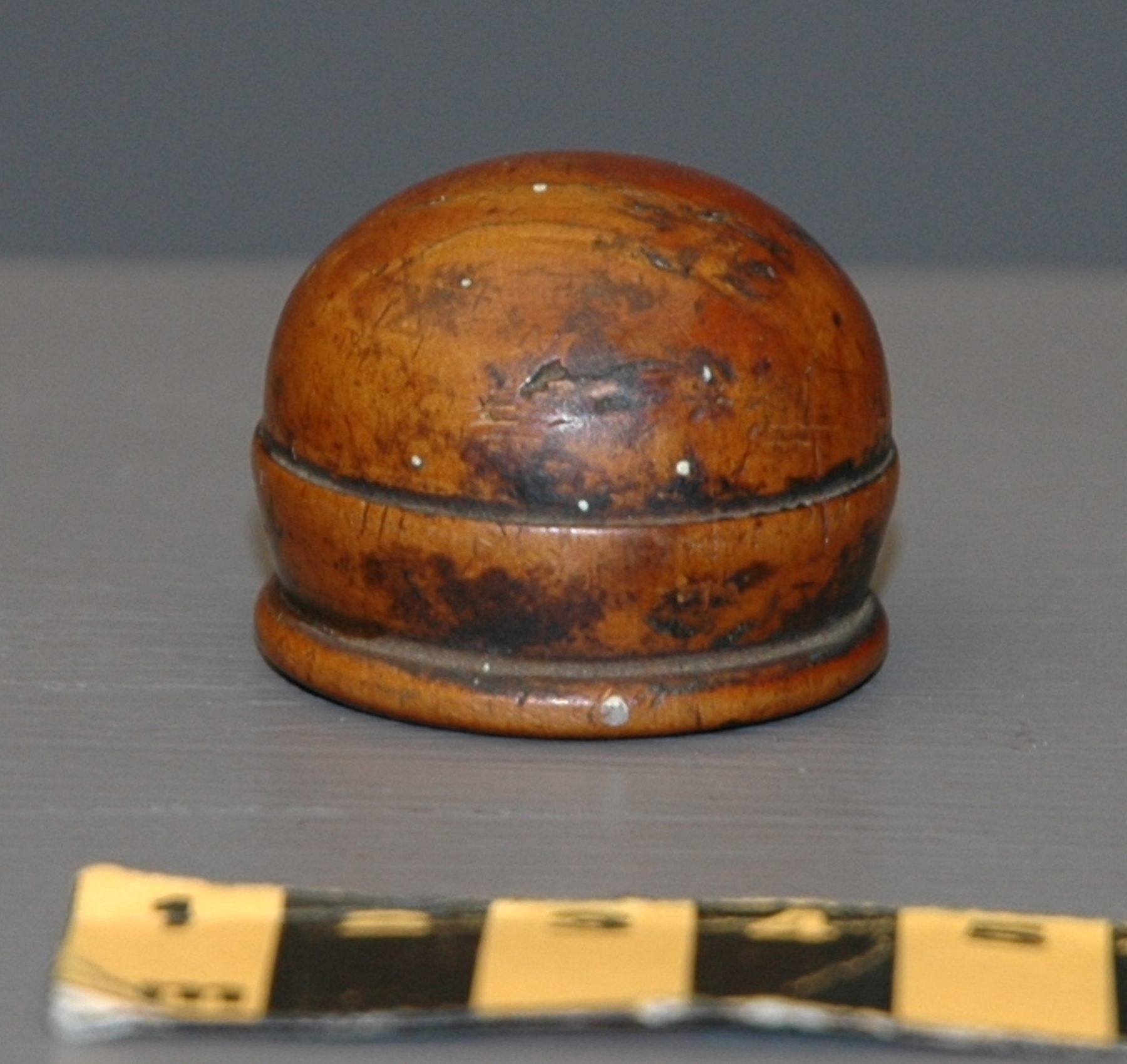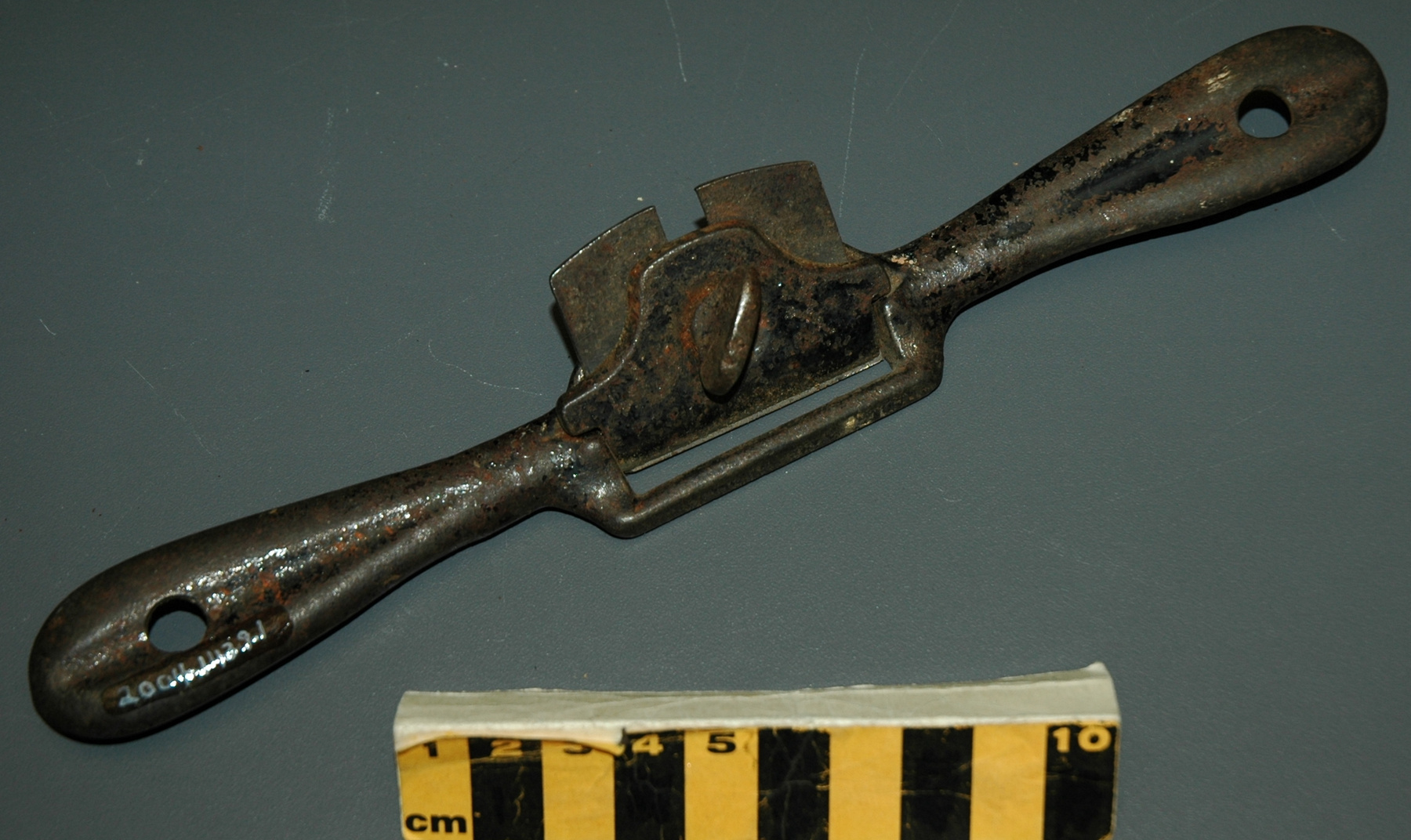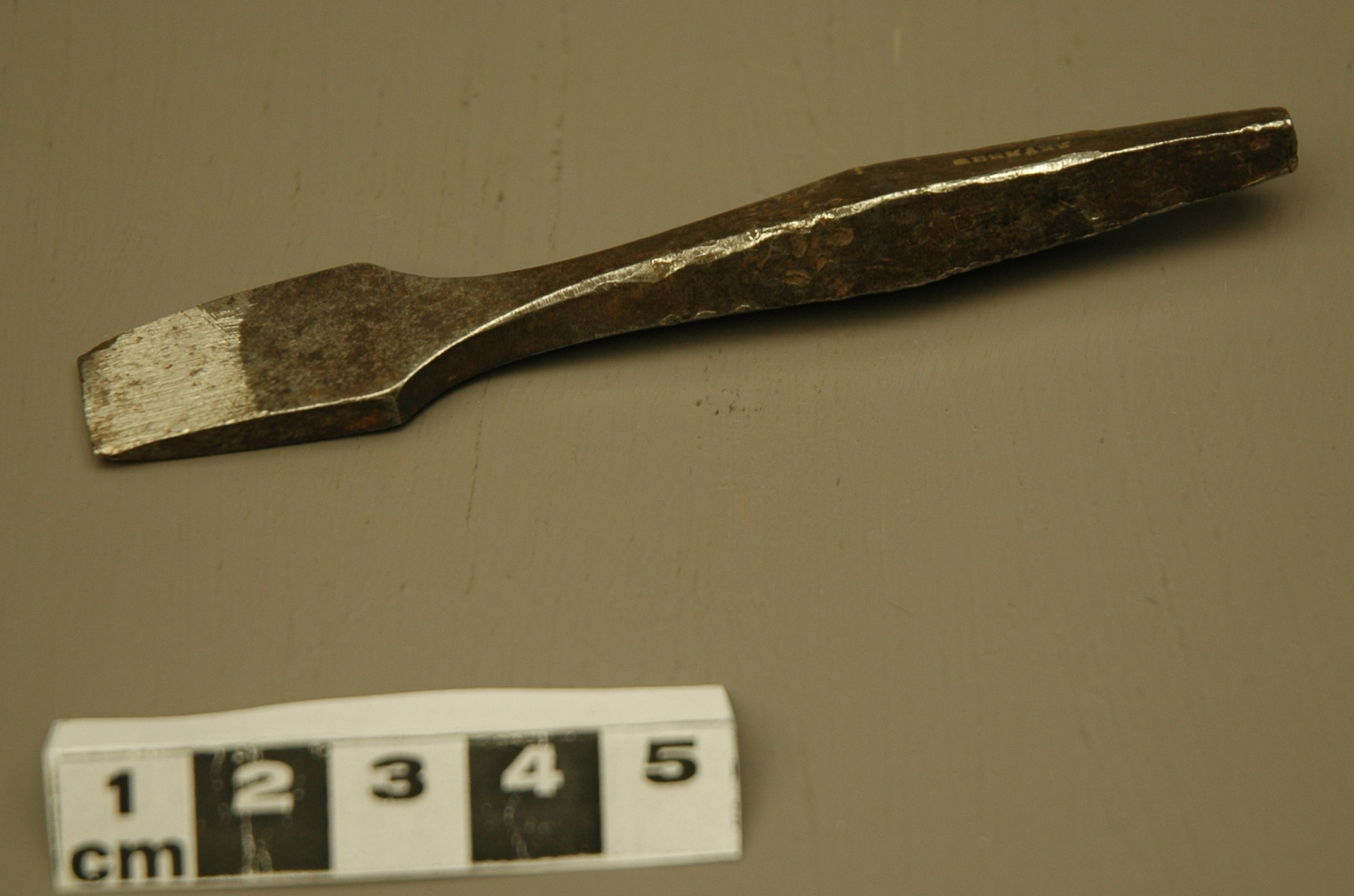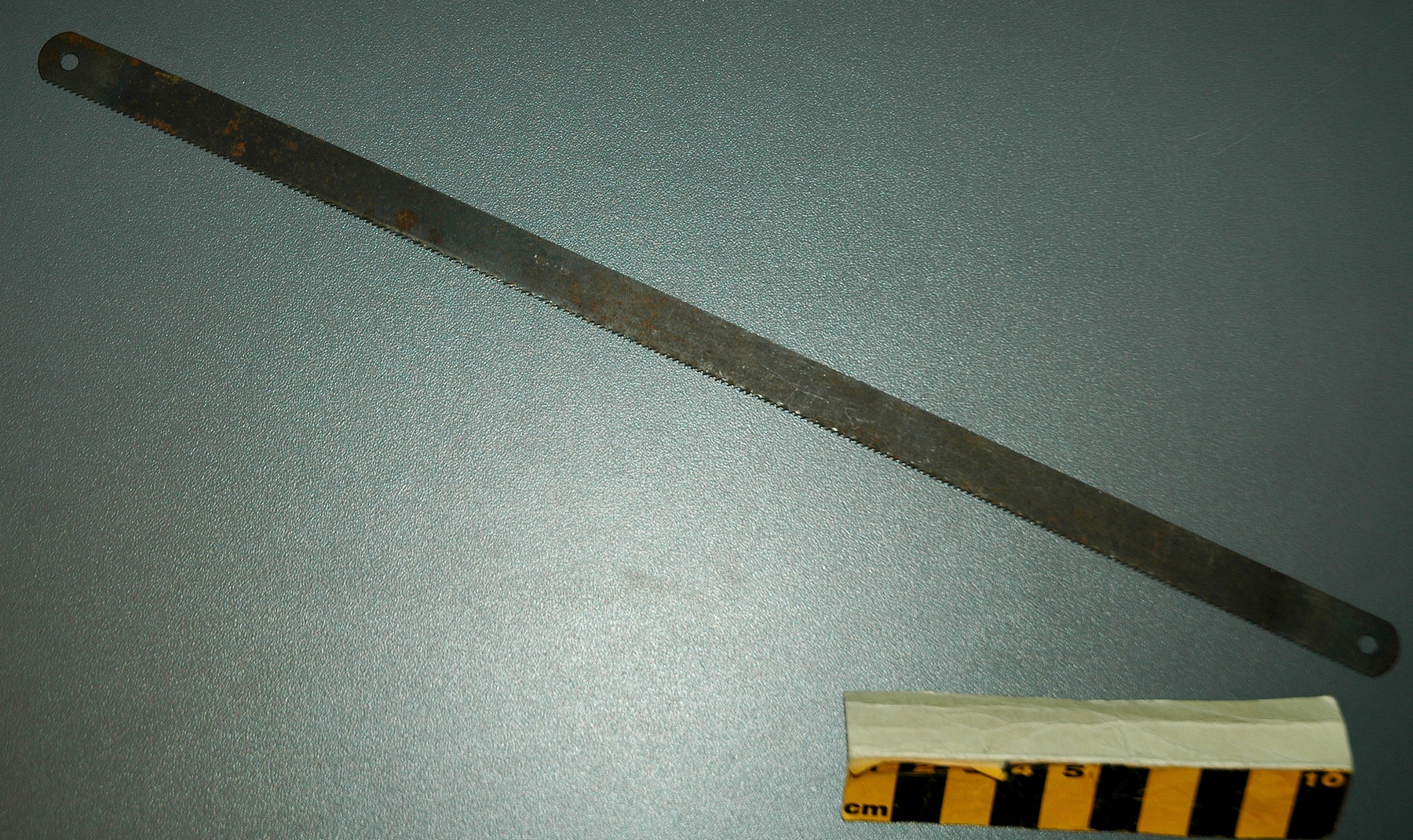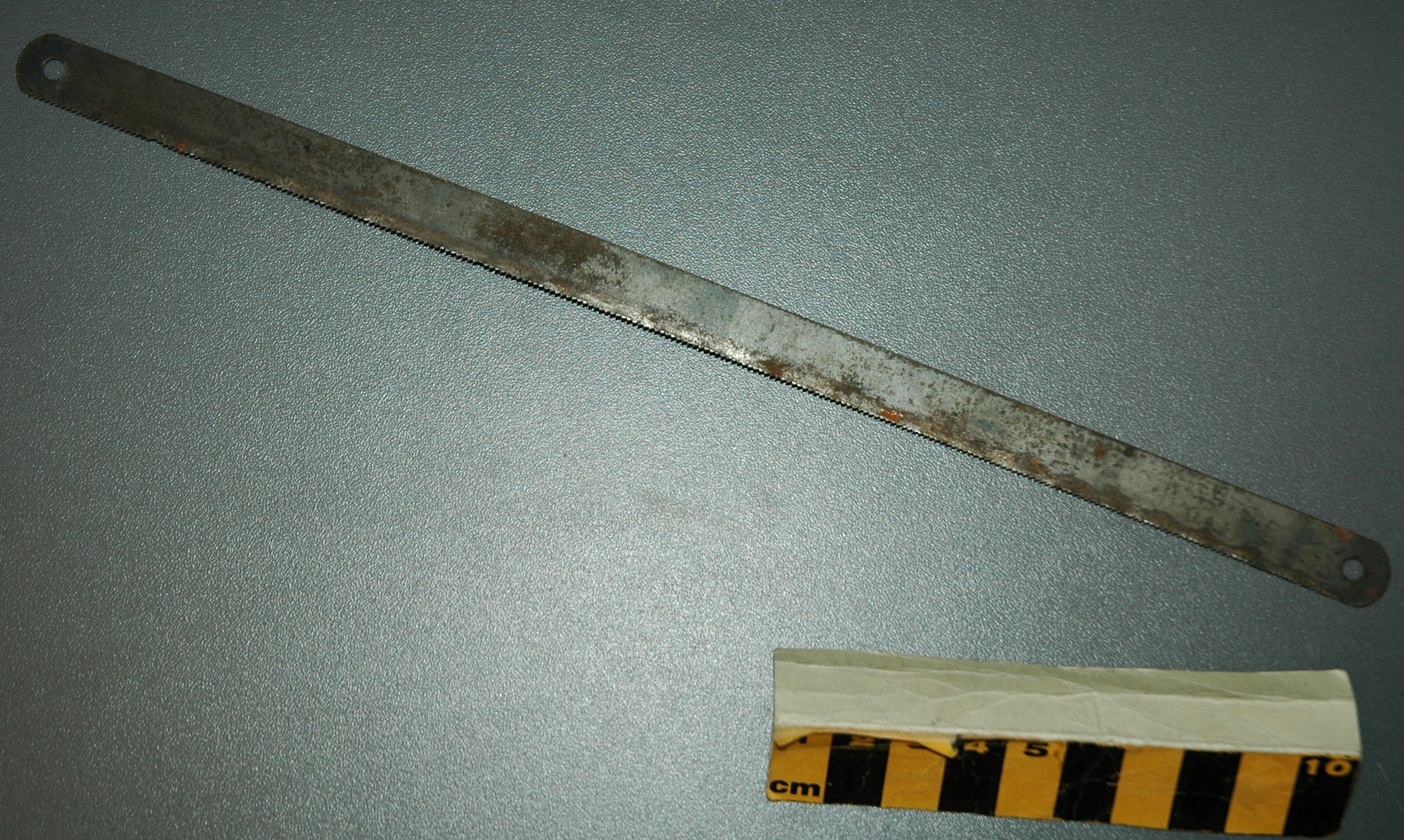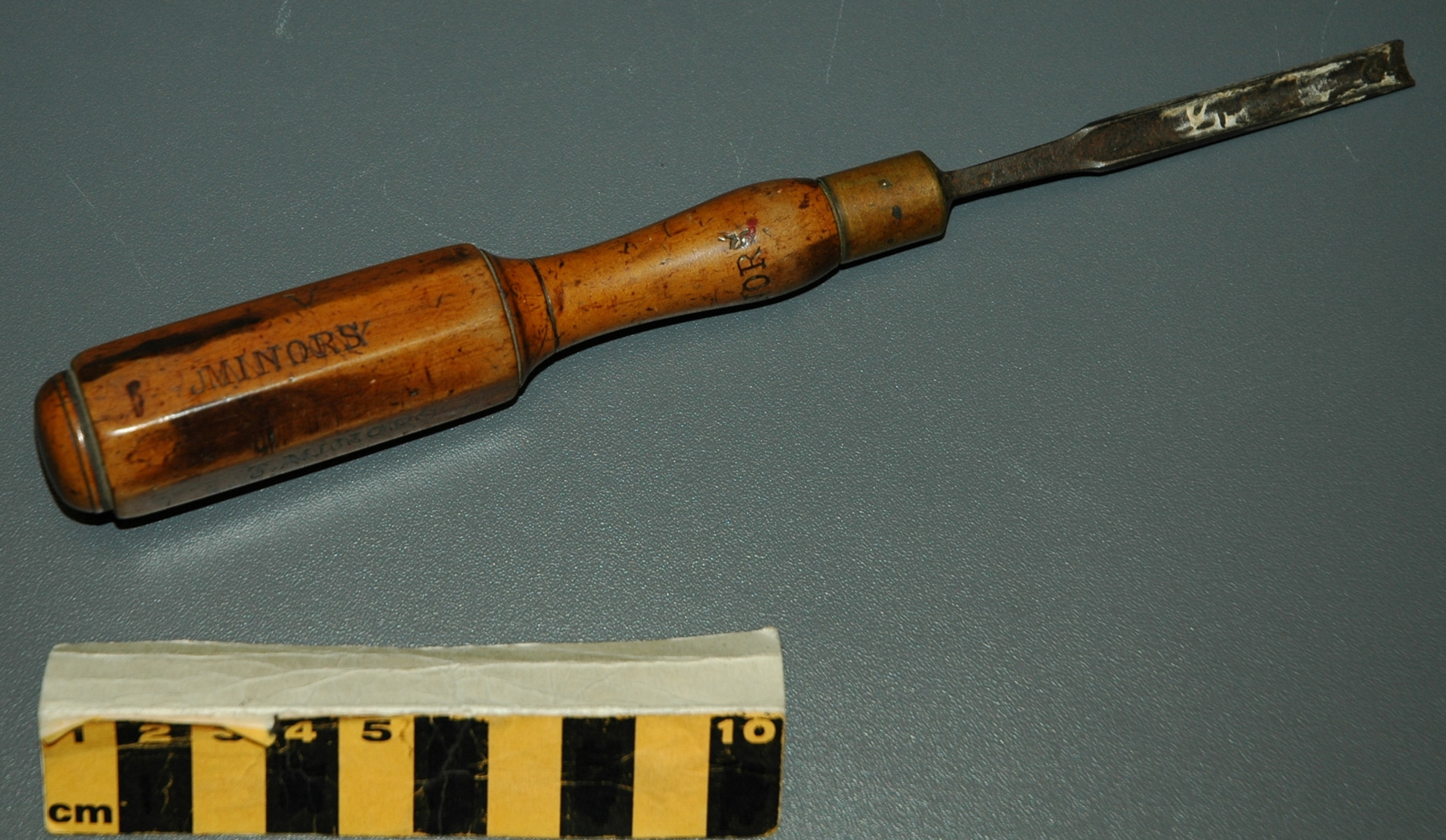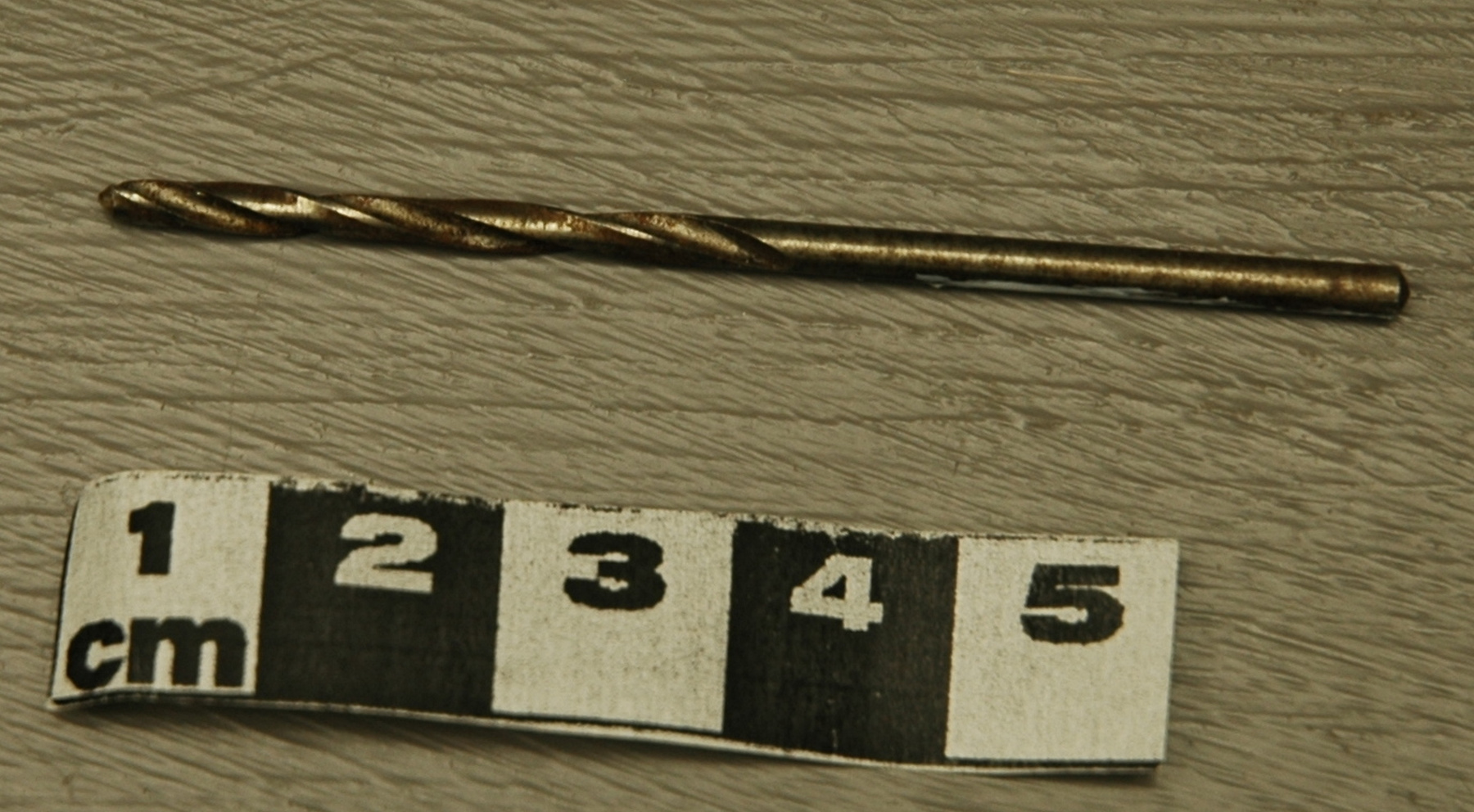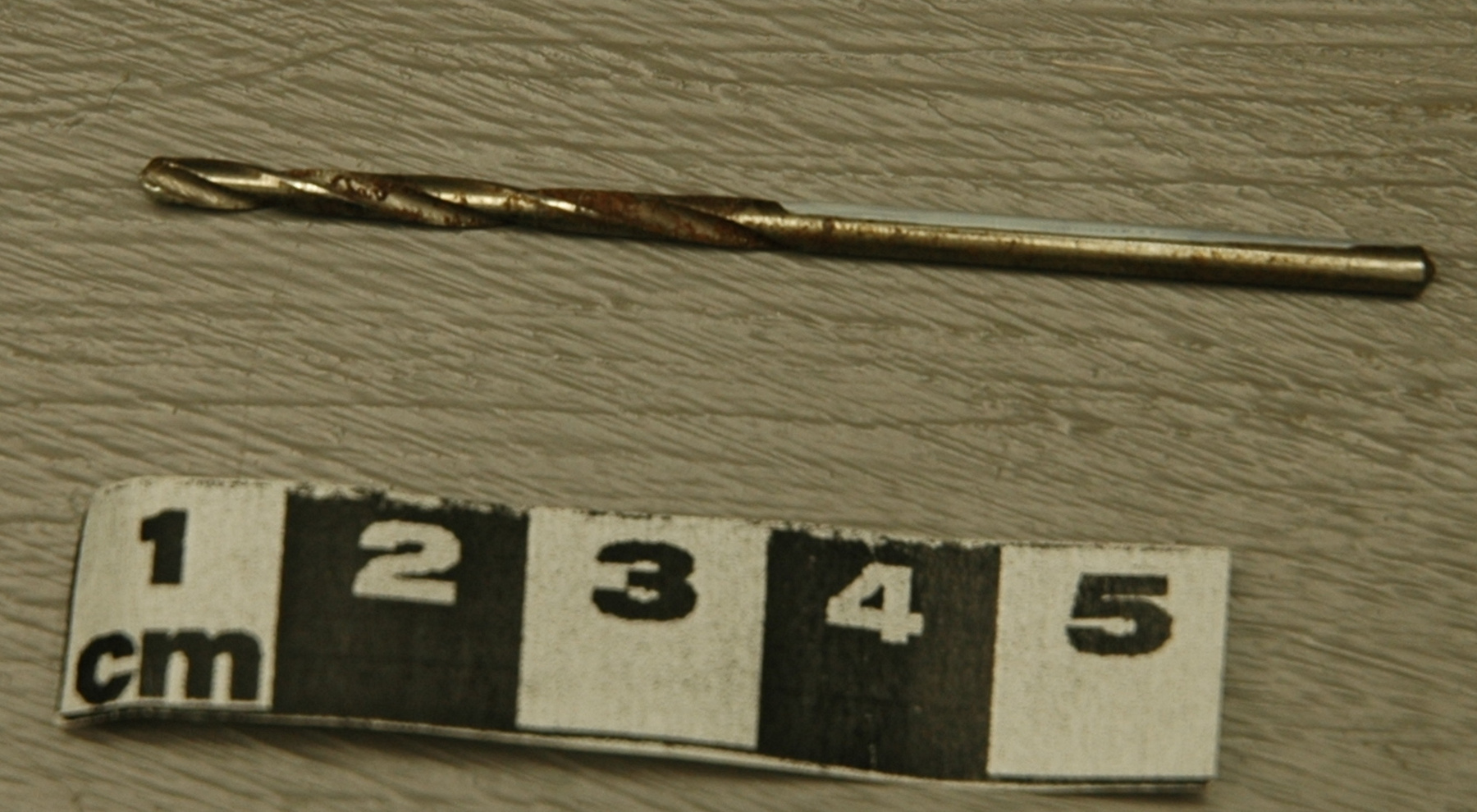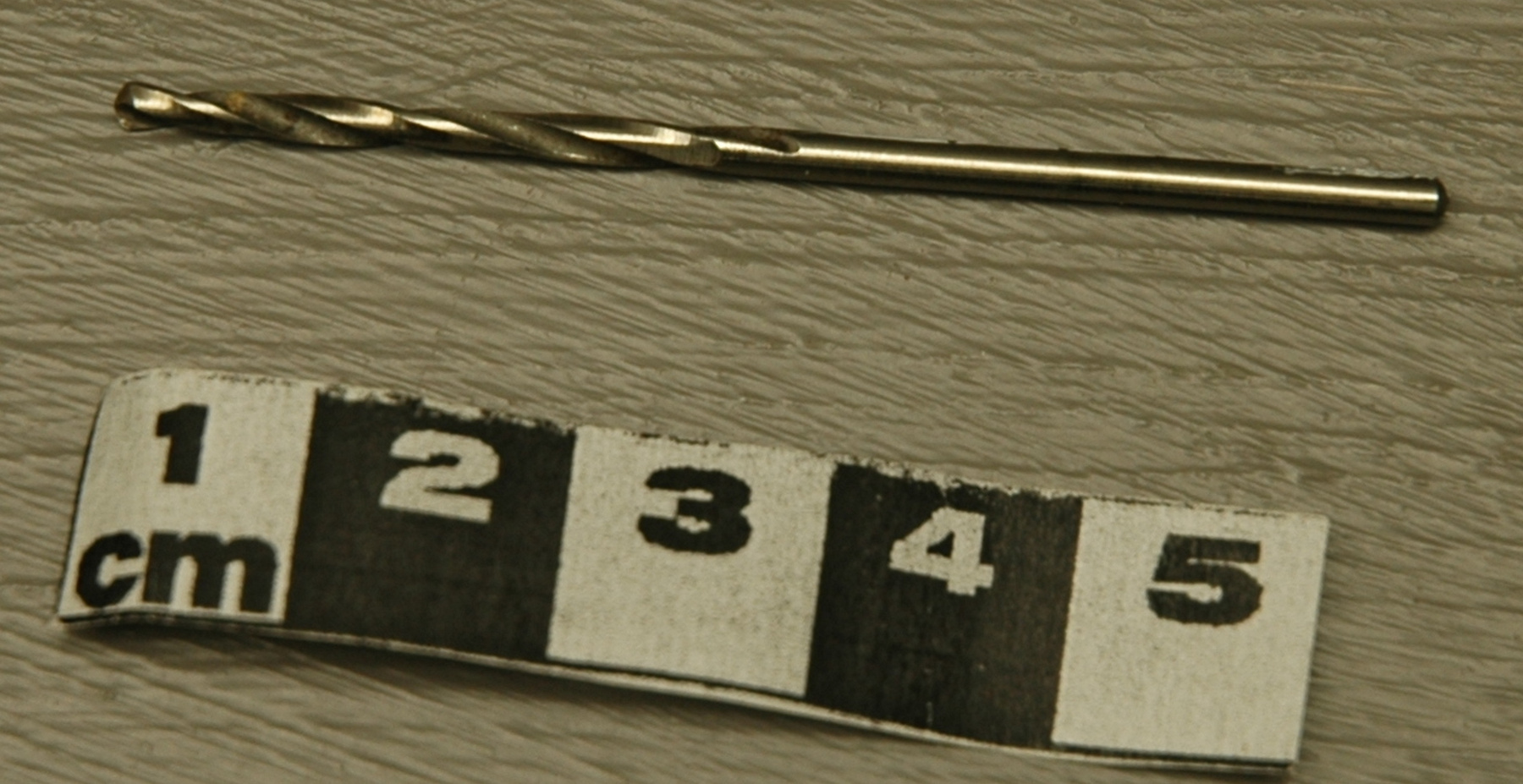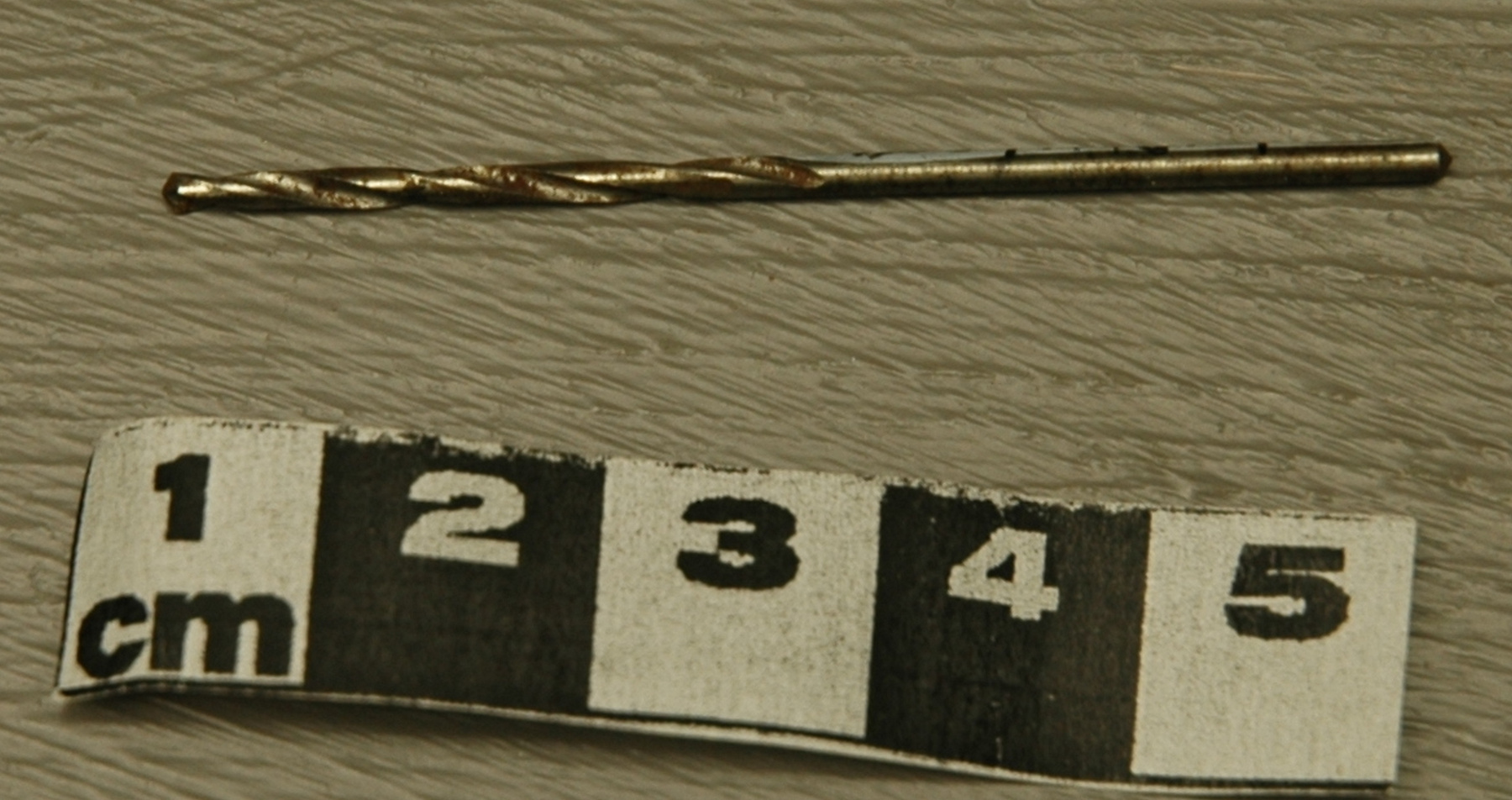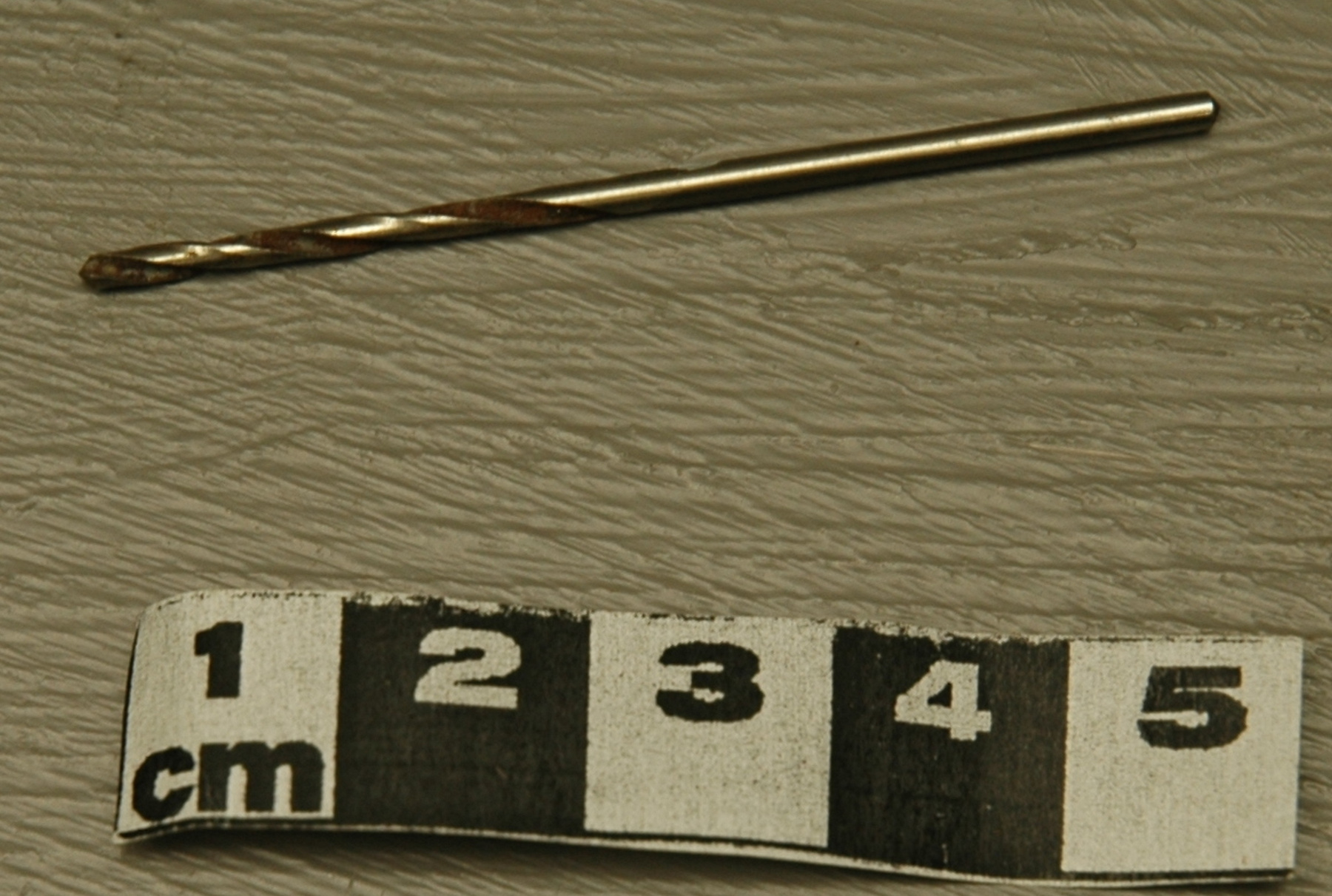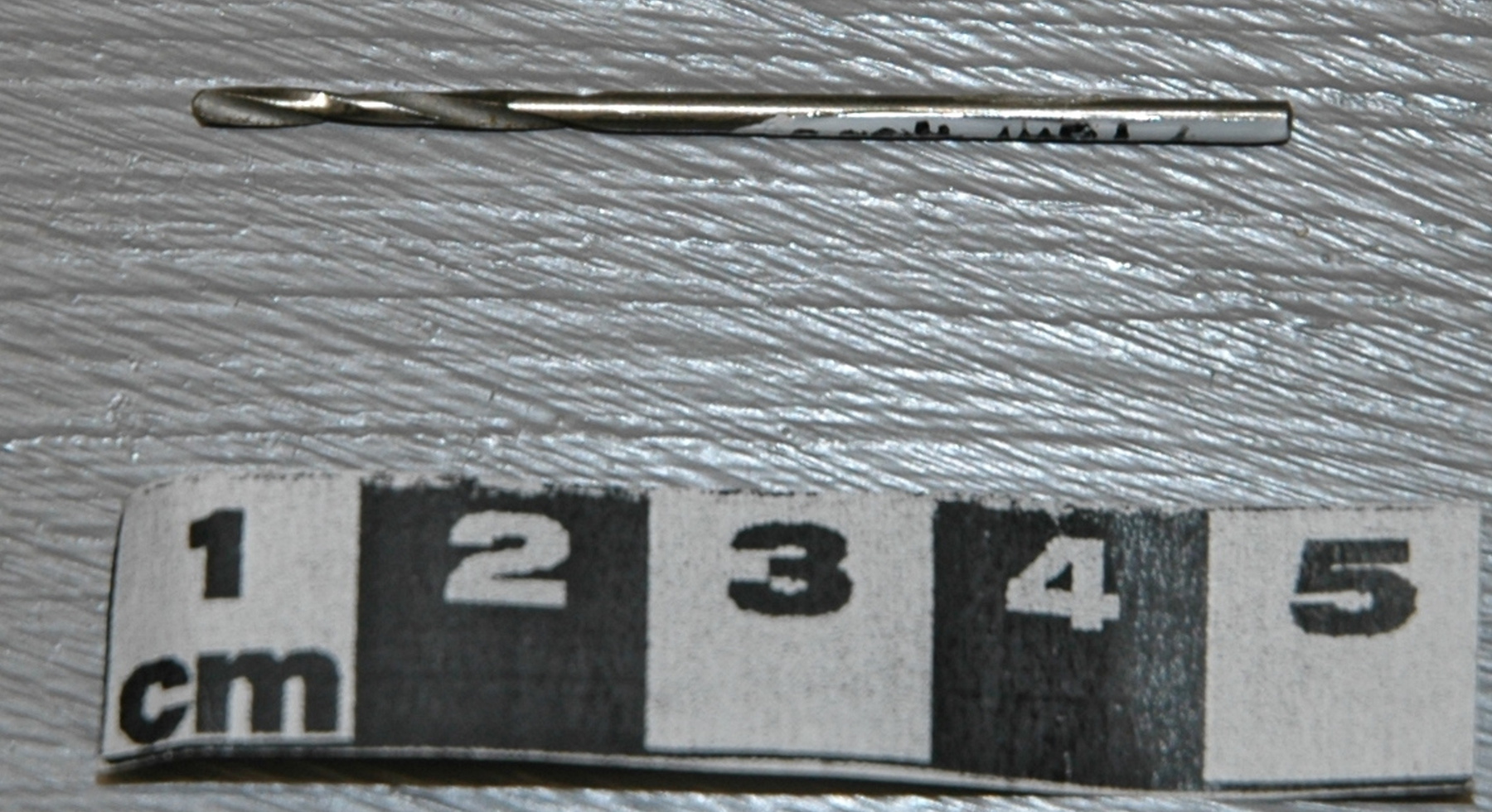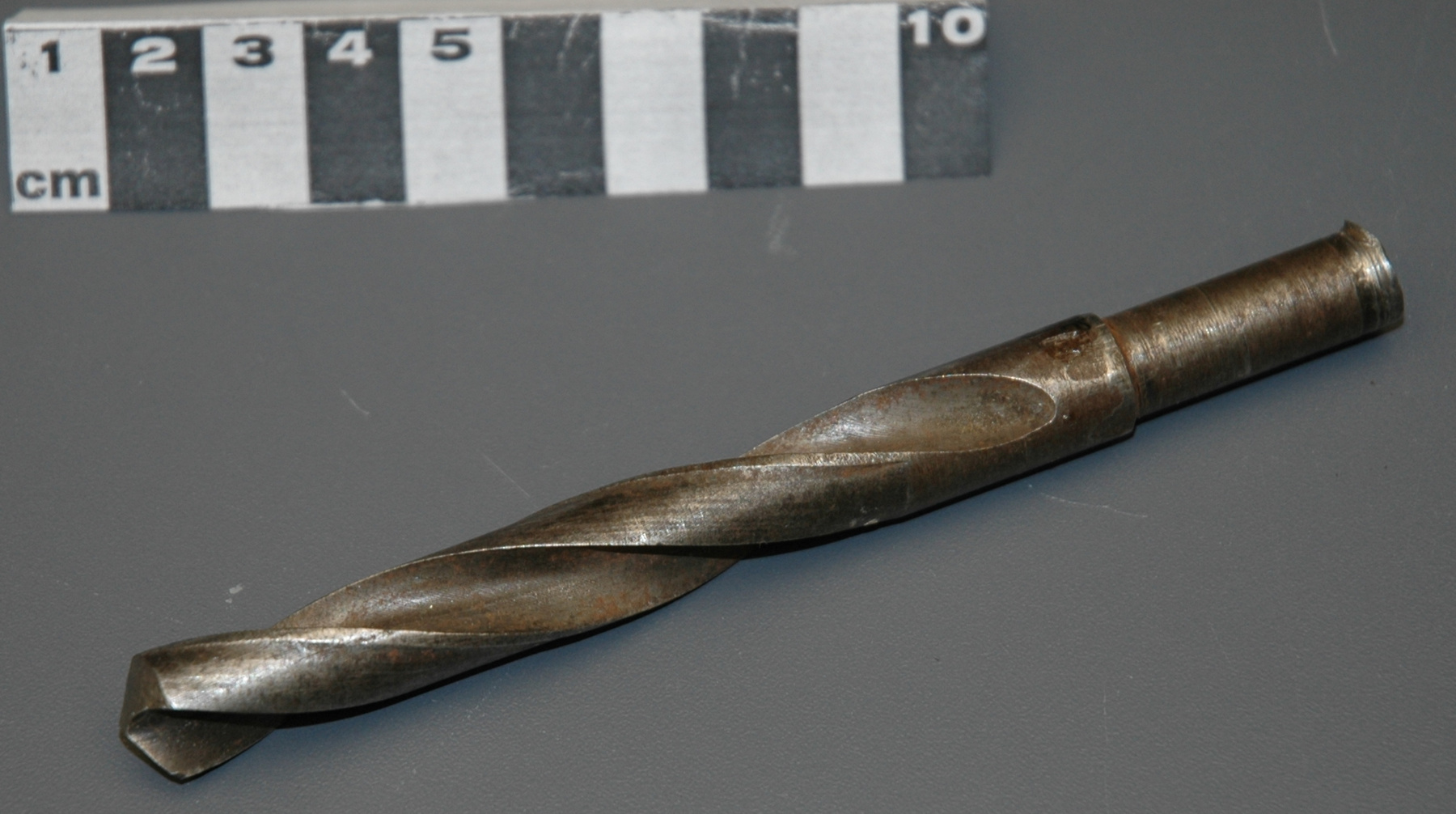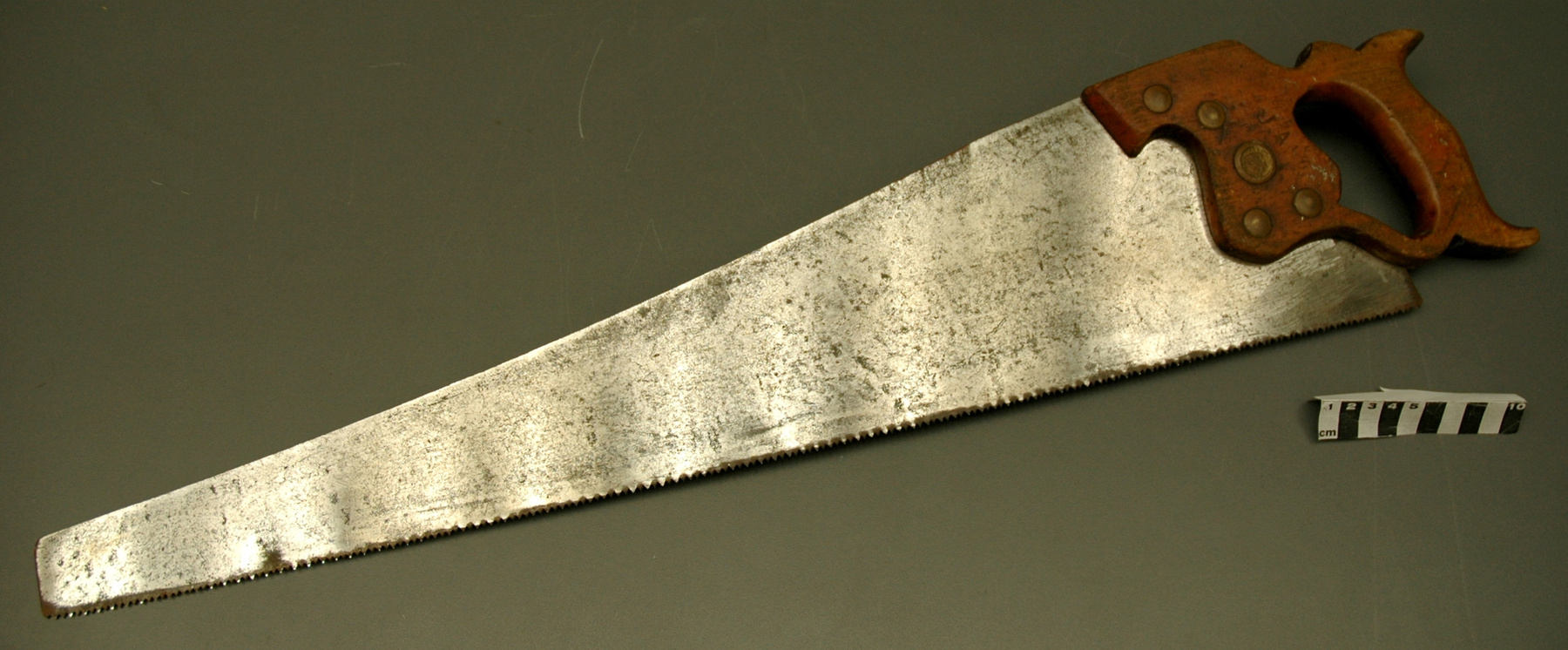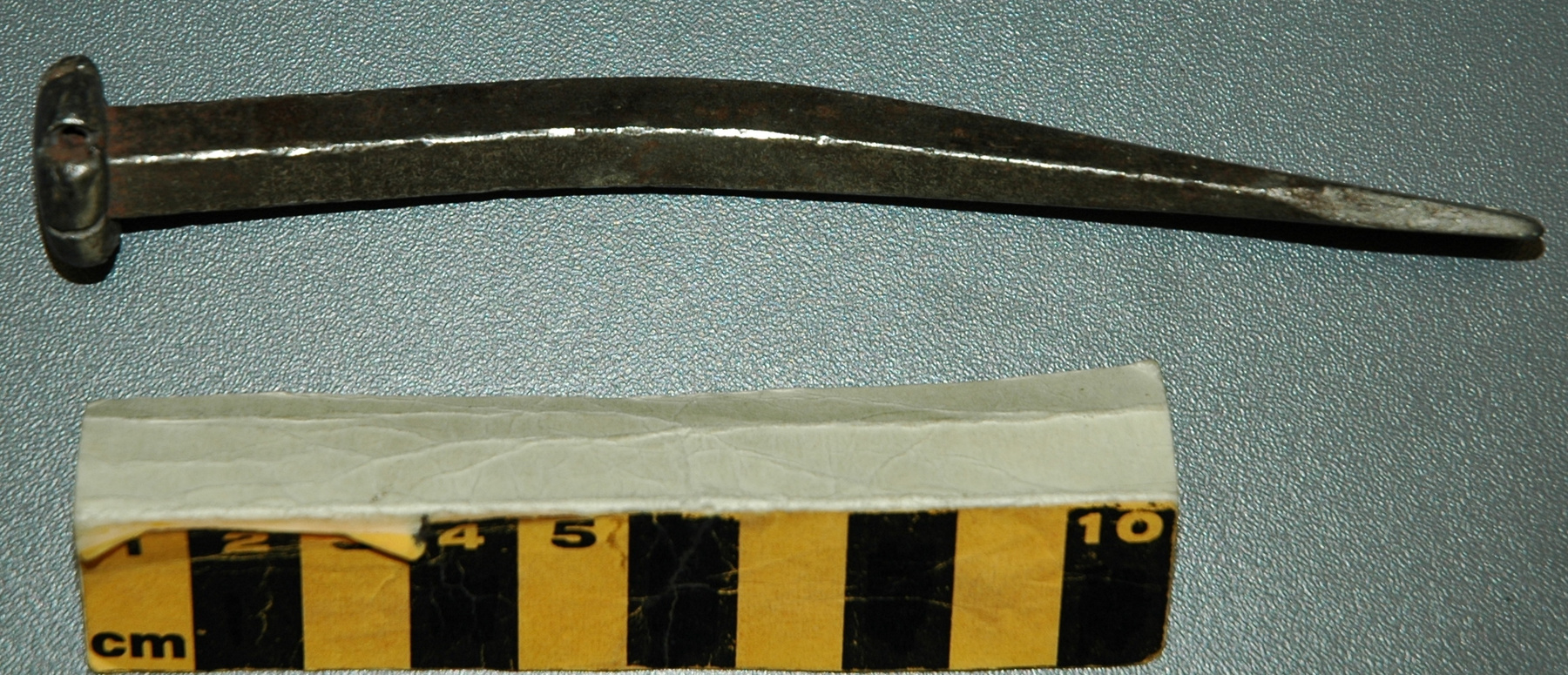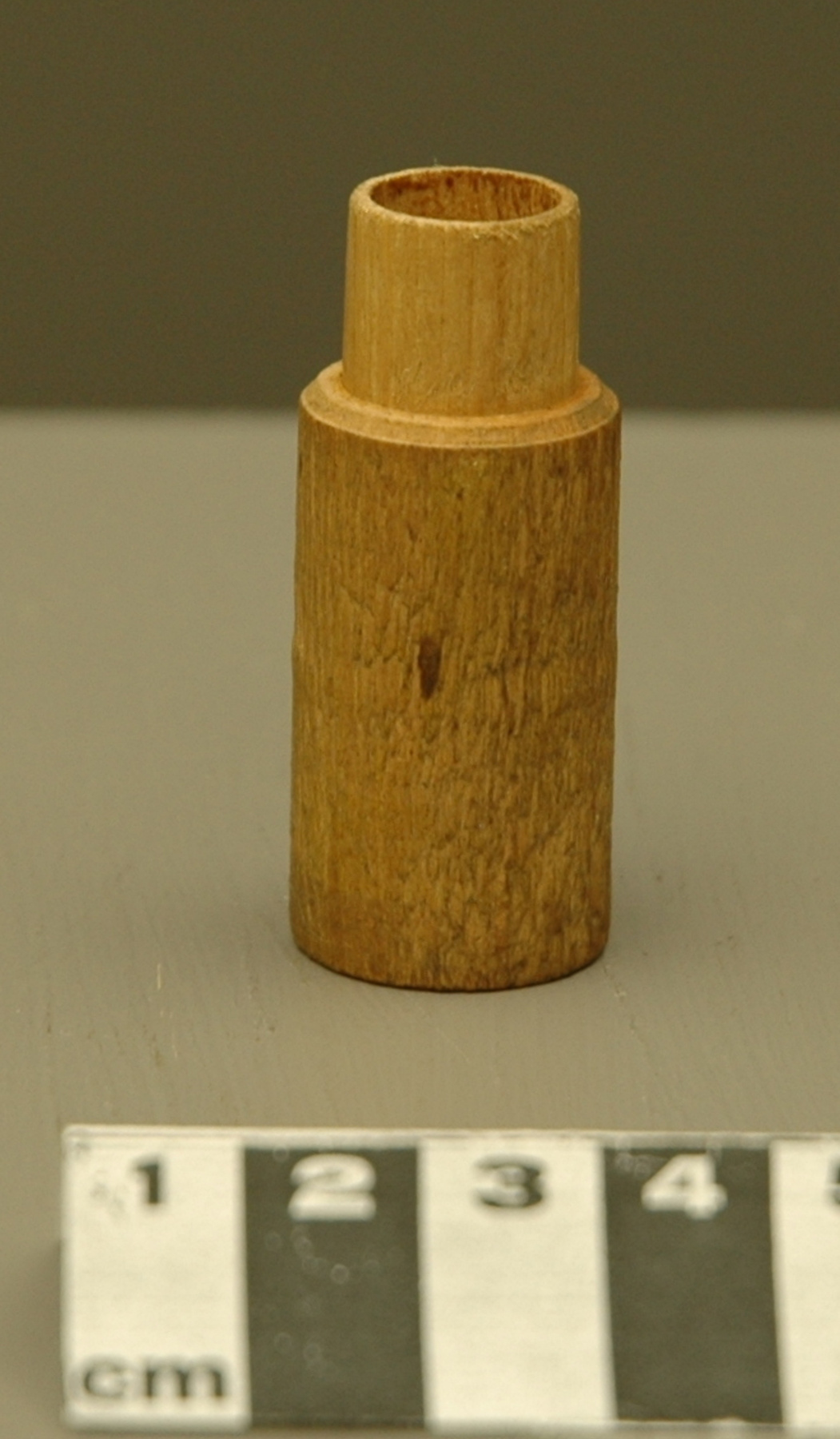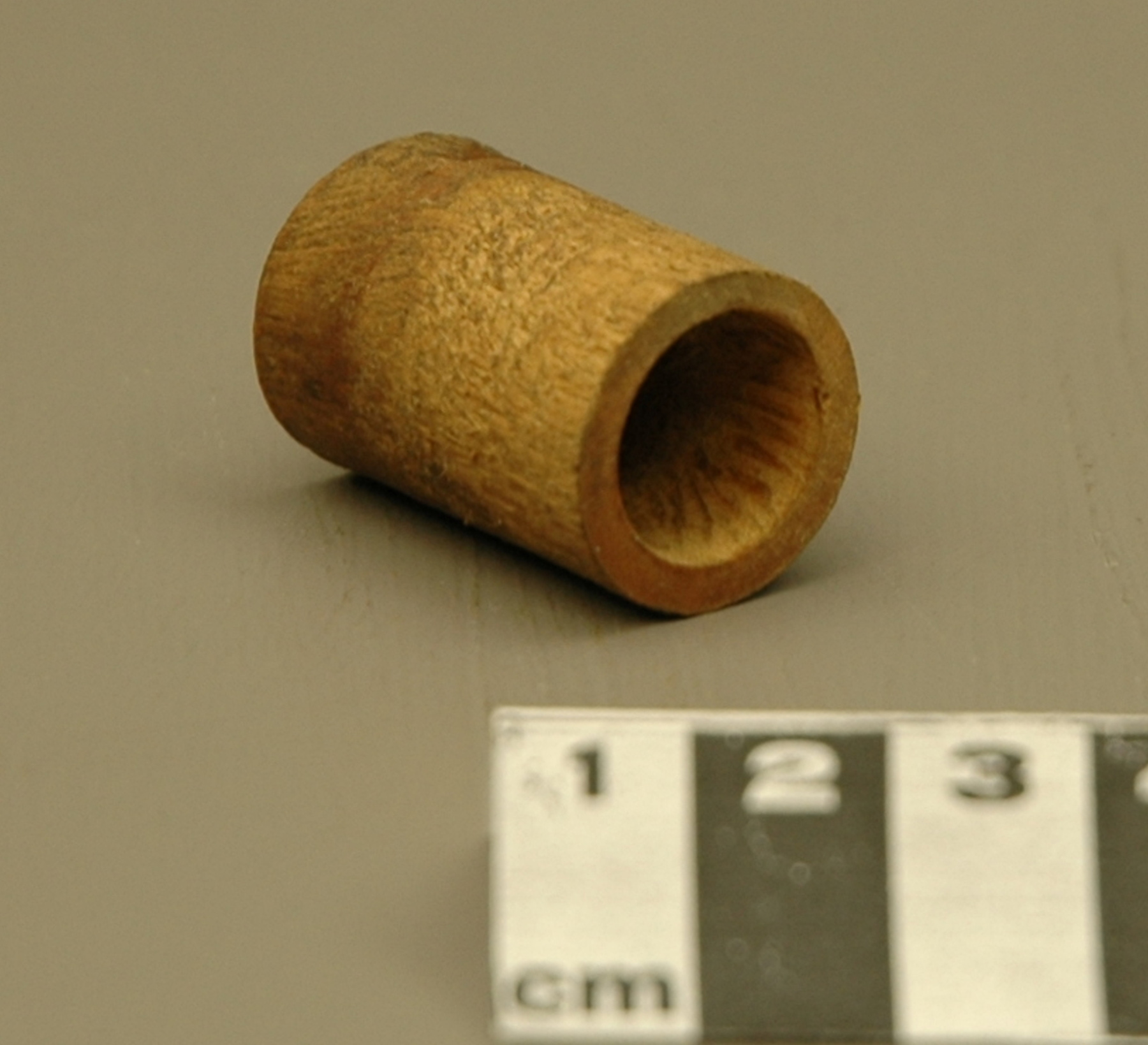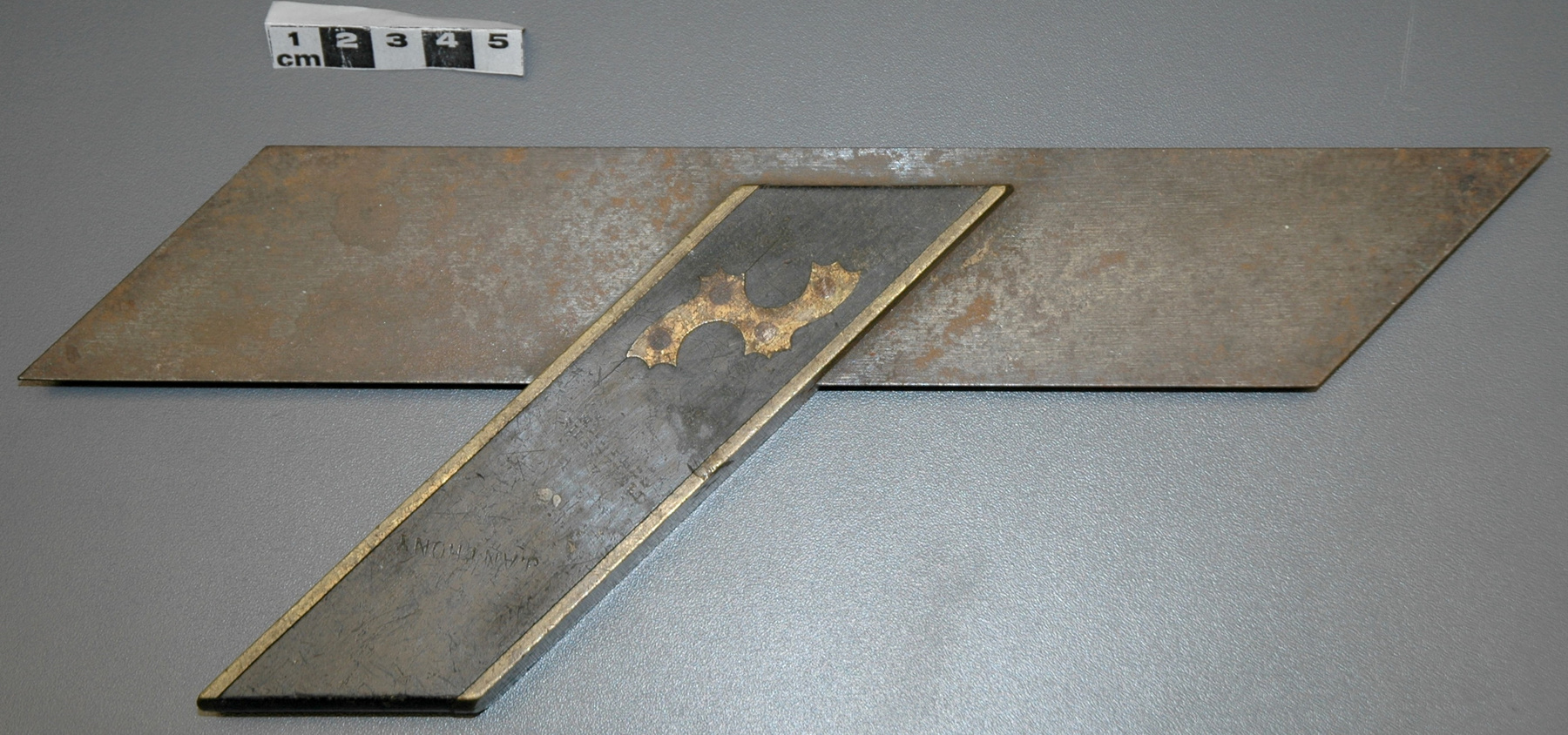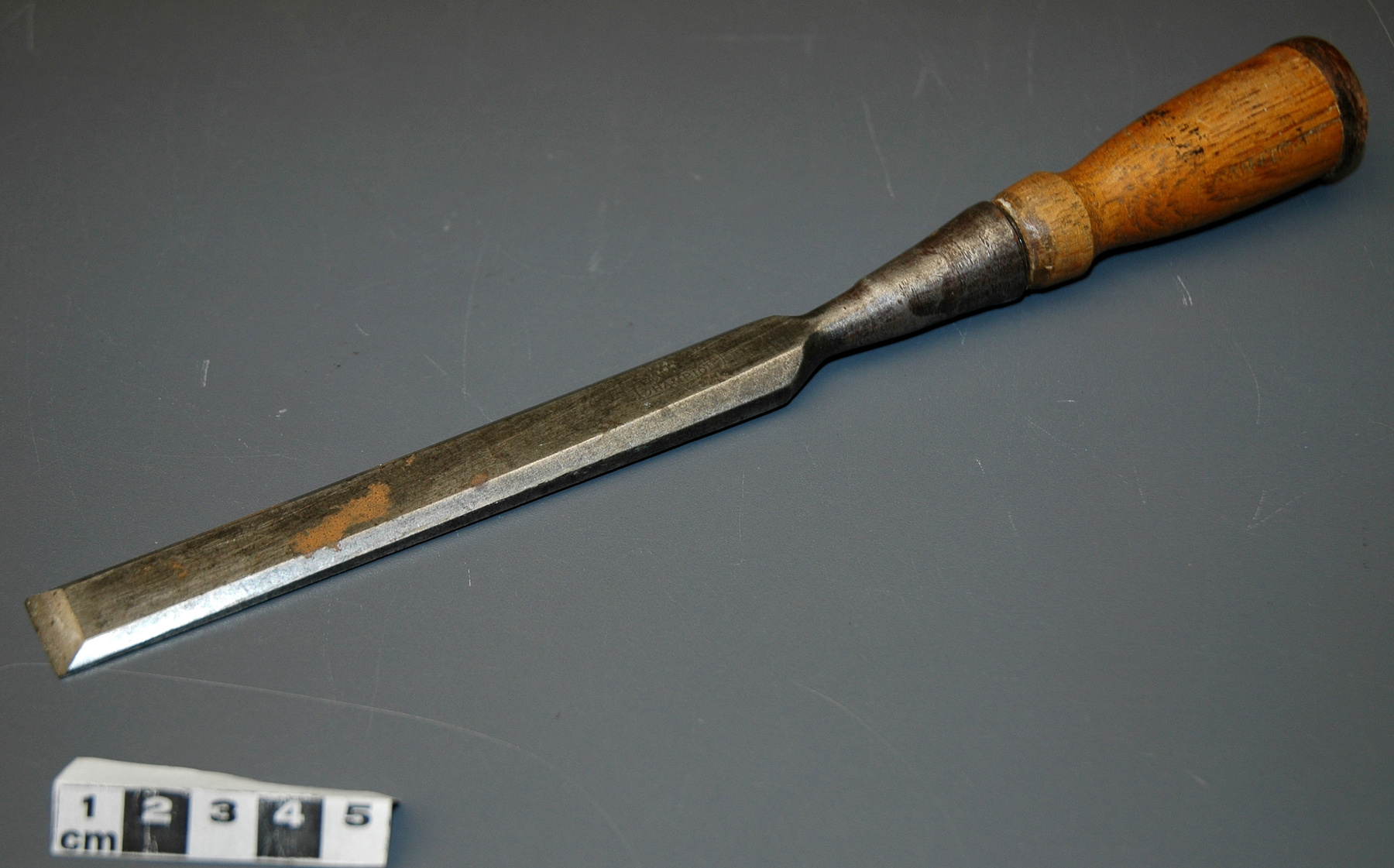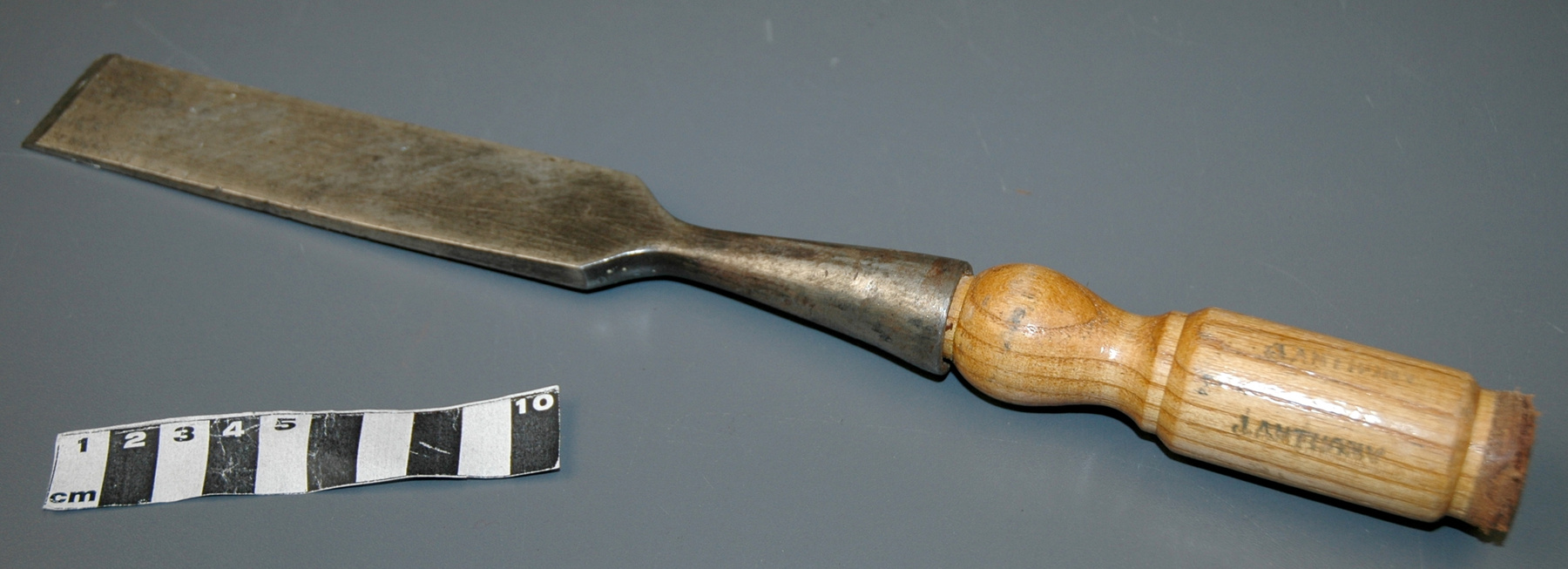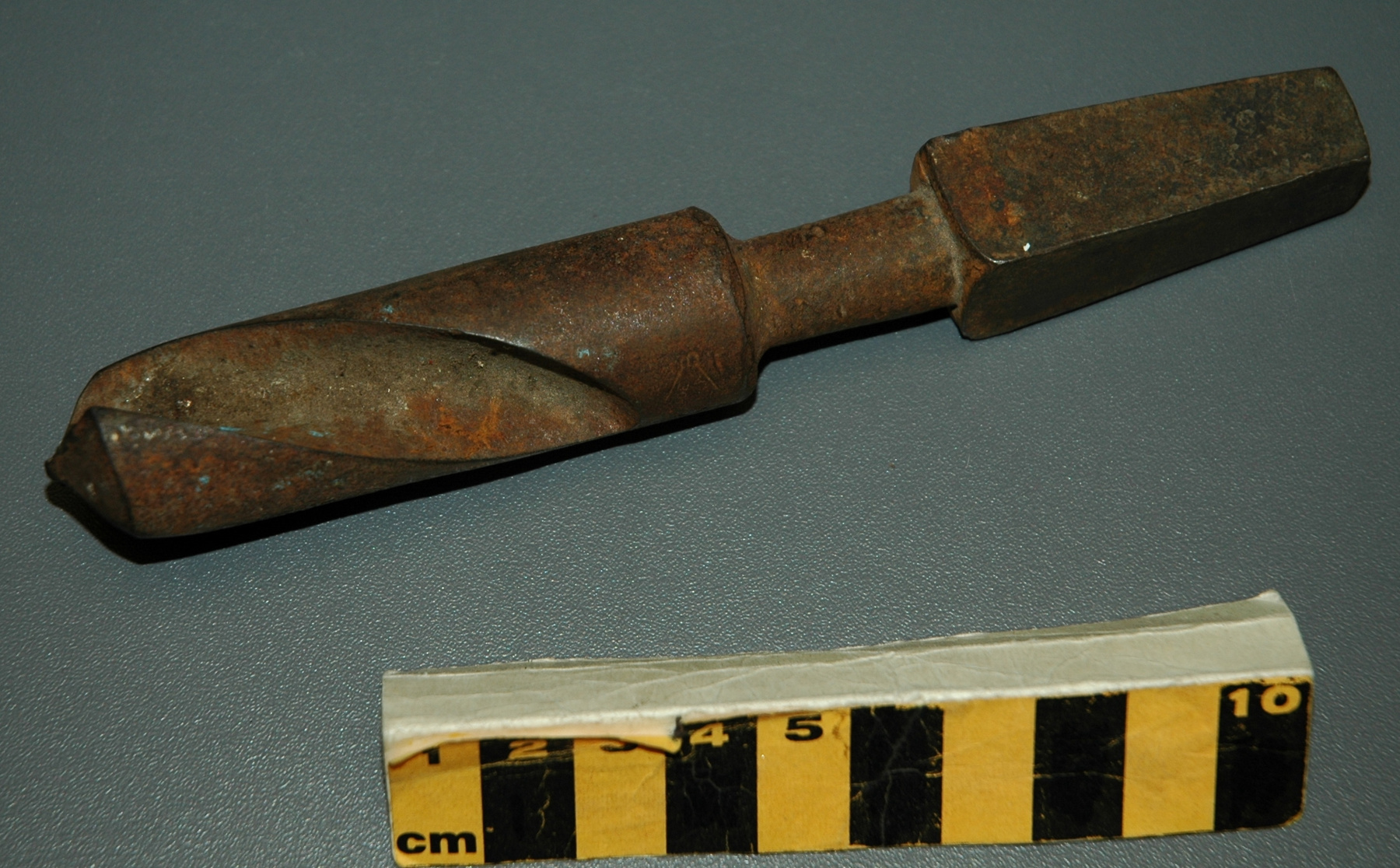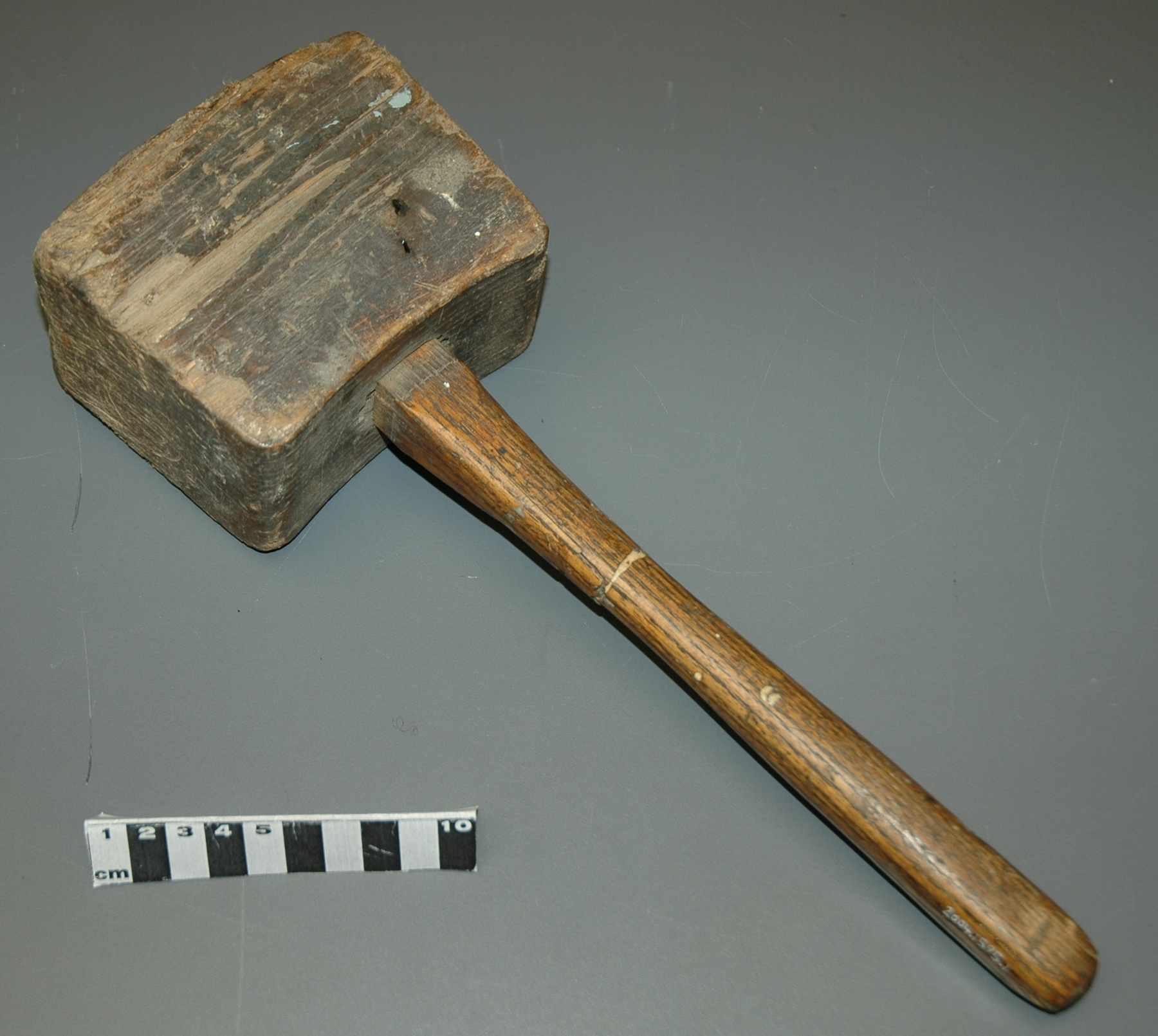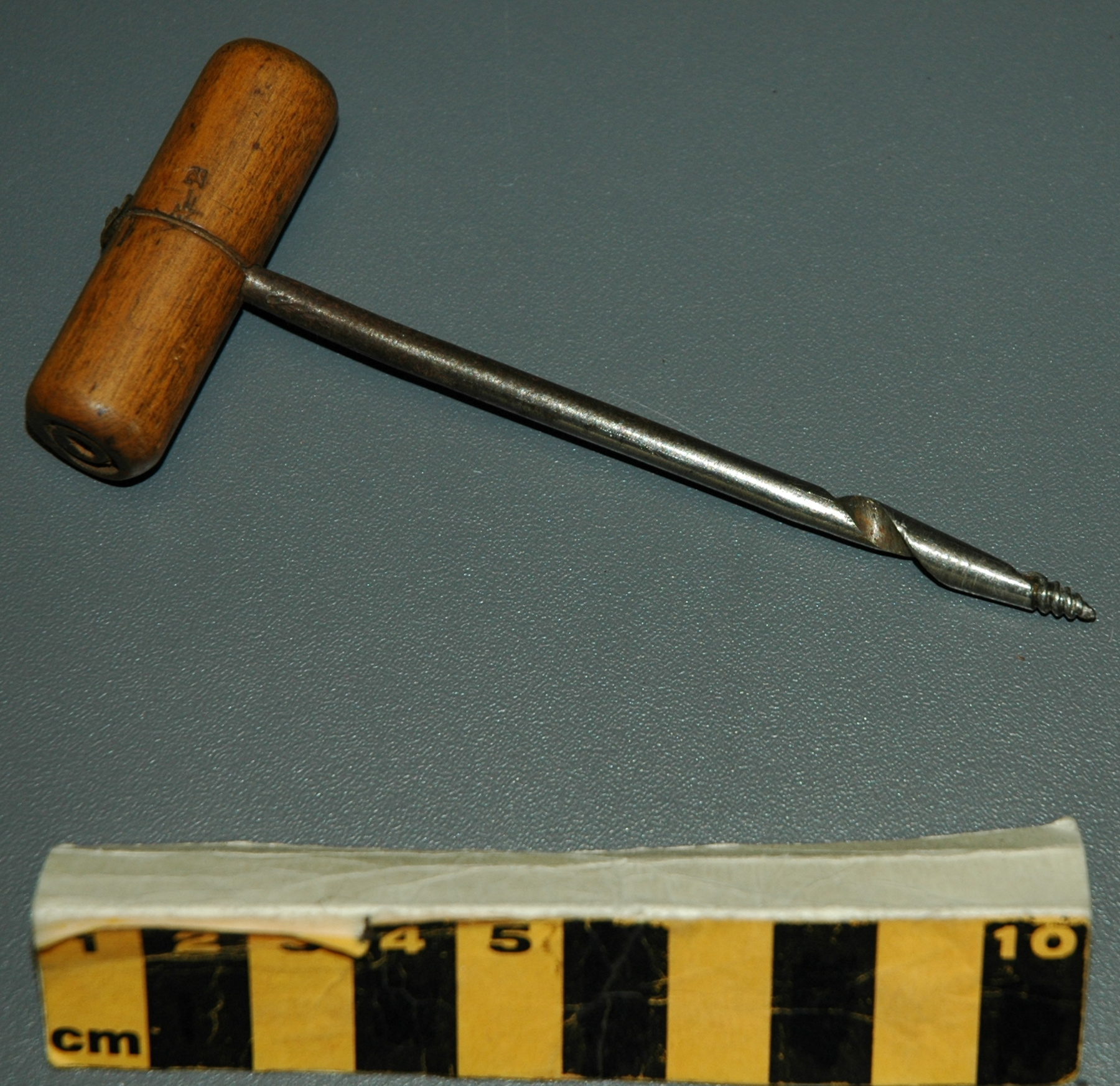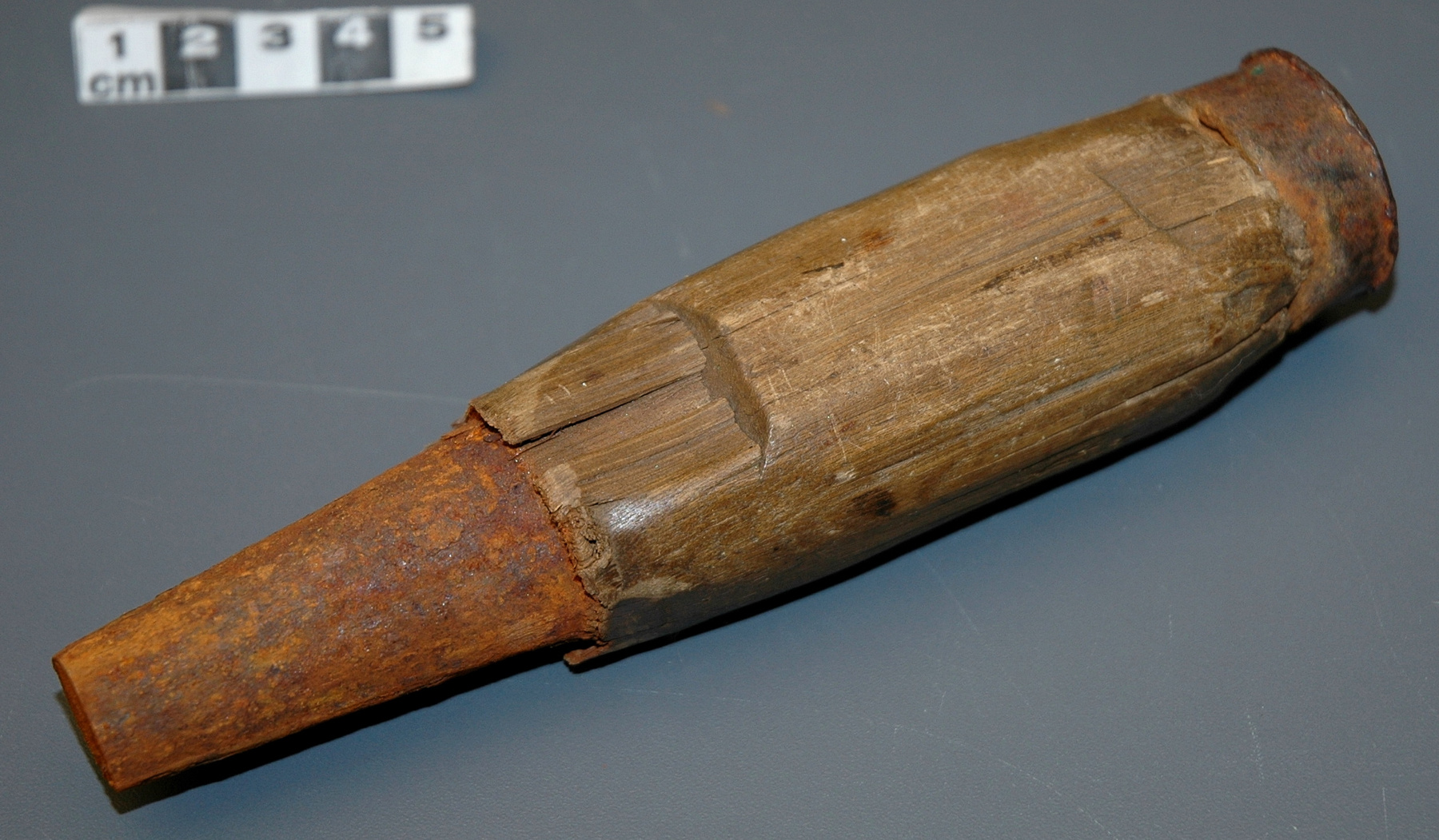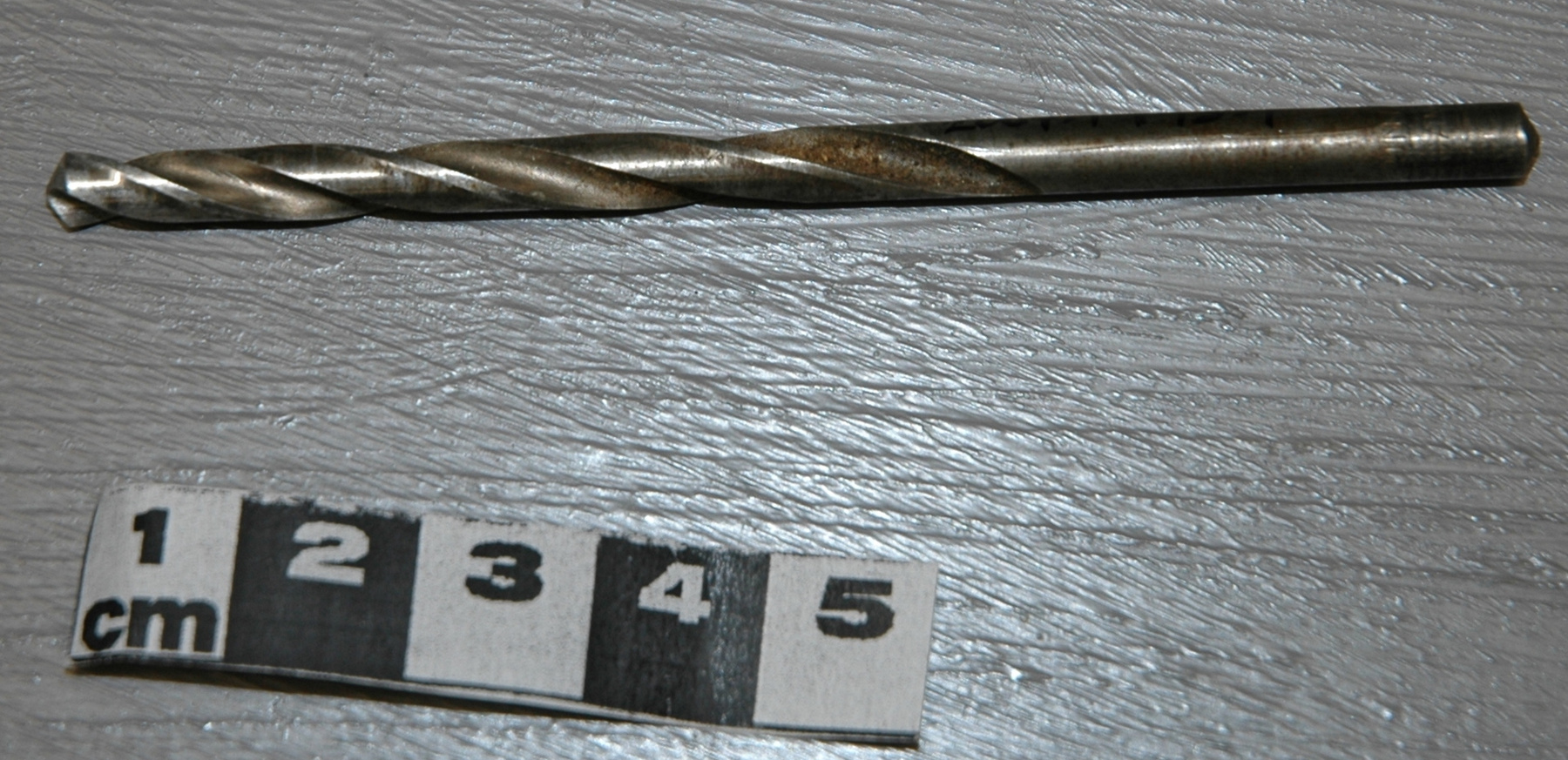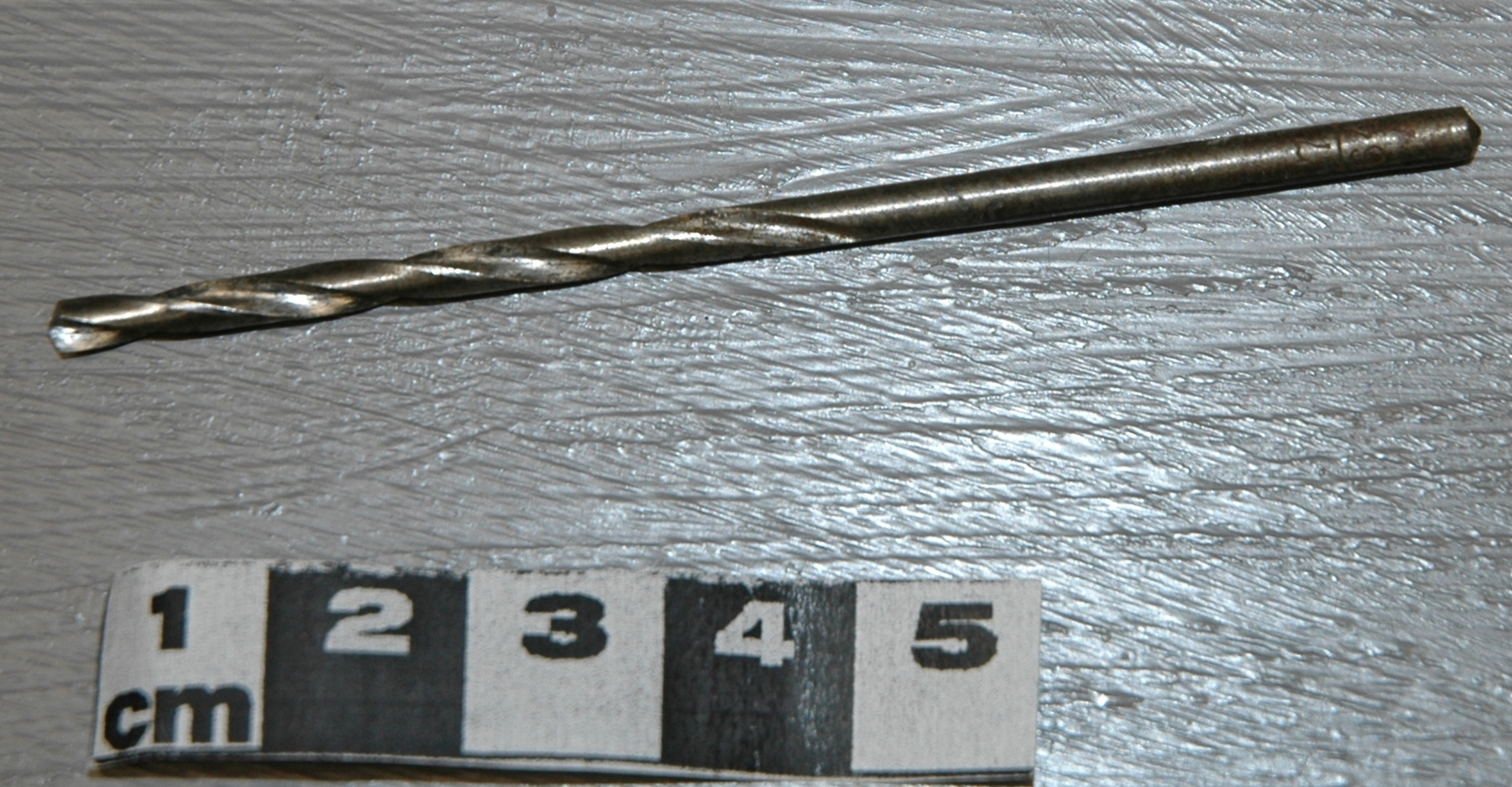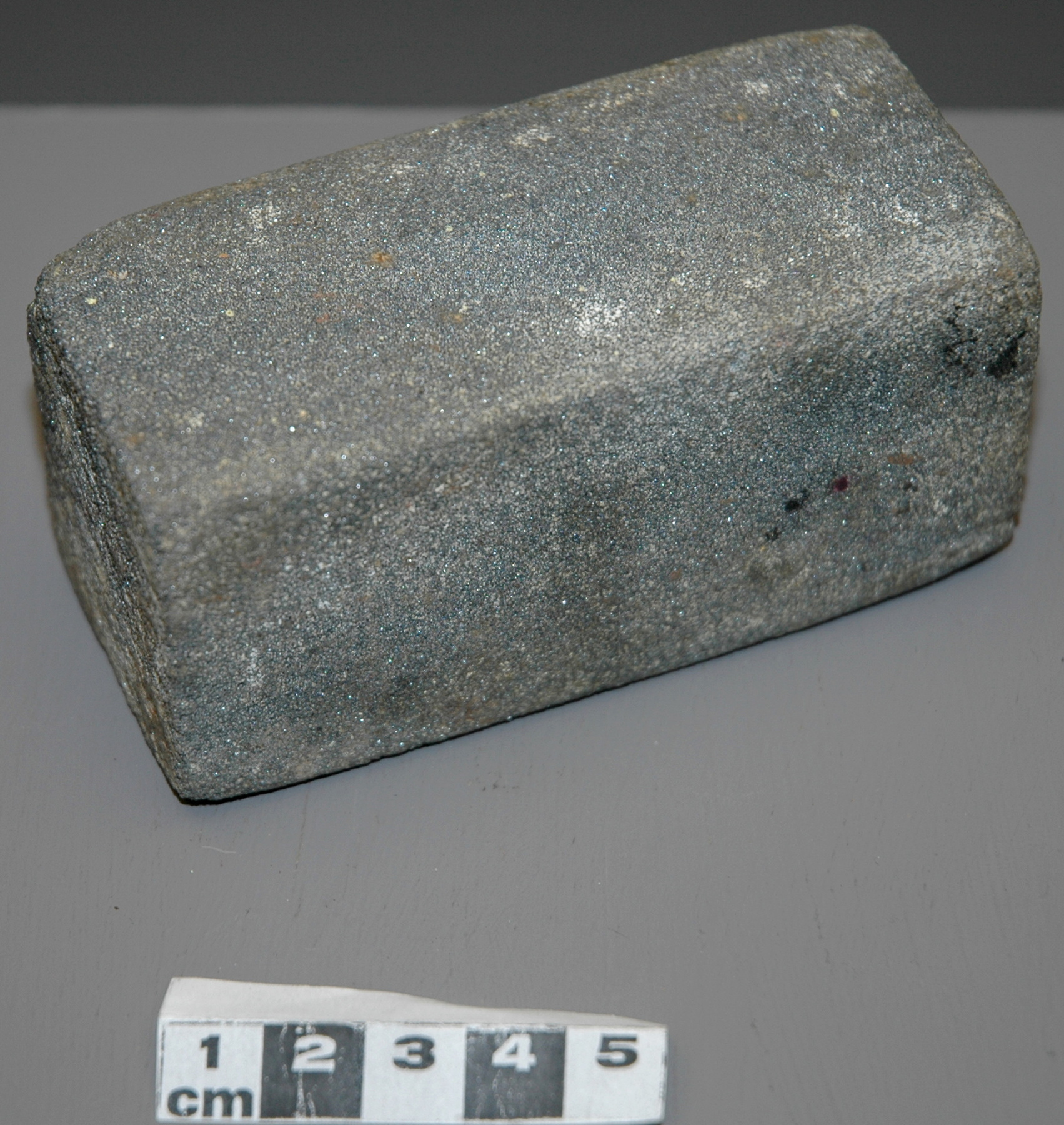Pierre à affuter
Utiliser cette image
Puis-je réutiliser cette image sans autorisation? Oui
Les images sur le portail de la collection d’Ingenium ont la licence Creative Commons suivante :
Copyright Ingenium / CC BY-NC-ND (Attribution-NonCommercial 4.0 International (CC BY-NC 4.0)
ATTRIBUER CETTE IMAGE
Ingenium,
2004.1976.001
Permalien:
Ingenium diffuse cette image sous le cadre de licence Creative Commons et encourage son téléchargement et sa réutilisation à des fins non commerciales. Veuillez mentionner Ingenium et citer le numéro de l’artefact.
TÉLÉCHARGER L’IMAGEACHETER CETTE IMAGE
Cette image peut être utilisée gratuitement pour des fins non commerciales.
Pour un usage commercial, veuillez consulter nos frais de reproduction et communiquer avec nous pour acheter l’image.
- TYPE D’OBJET
- artificial
- DATE
- 1940
- NUMÉRO DE L’ARTEFACT
- 2004.1976.001
- FABRICANT
- Inconnu
- MODÈLE
- Inconnu
- EMPLACEMENT
- Inconnu
Plus d’information
Renseignements généraux
- Nº de série
- S/O
- Nº de partie
- 1
- Nombre total de parties
- 1
- Ou
- S/O
- Brevets
- S/O
- Description générale
- probably synthetic construction
Dimensions
Remarque : Cette information reflète la taille générale pour l’entreposage et ne représente pas nécessairement les véritables dimensions de l’objet.
- Longueur
- 10,0 cm
- Largeur
- 4,8 cm
- Hauteur
- 4,8 cm
- Épaisseur
- S/O
- Poids
- S/O
- Diamètre
- S/O
- Volume
- S/O
Lexique
- Groupe
- Technologie industrielle
- Catégorie
- Entretien d'outils
- Sous-catégorie
- S/O
Fabricant
- Ou
- Inconnu
- Pays
- Inconnu
- État/province
- Inconnu
- Ville
- Inconnu
Contexte
- Pays
- Canada
- État/province
- Ontario
- Période
- Presumably used c. 1910 until late 1940s; possibly also used later.
- Canada
-
Part of a collection of hand tools belonging to James Anthony (1883-1966), an English born and trained carpenter who came to Canada c. 1910 and worked in and around Ottawa, ON. Following the 1916 fire which destroyed the Parliament buildings and damaged the Library, Mr. Anthony was hired as a foreman with the restoration crews. Until 1920, he was involved in the rebuilding of the Peace Tower and the installation of new windows at the Library of Parliament. He later worked with various builders in the Ottawa area, retiring in the late1940s. After his death in 1966 the tools were given to his son Jack, who in turn donated them to CSTMC. [Ref. 1] - Fonction
-
Used to produce sharp edge on knives, cutting blades of tools, etc. - Technique
-
Artificial stones most commonly made of carborundum, emery or silicon carbide. Many used with oil in order to provide a smooth-enough surface for metal blade to slide over, and to keep stone clean. Sharpening stones were common items in a carpenter's toolbox, and were used for sharpening plane irons, chisels, etc. [Refs. 3 & 4] - Notes sur la région
-
Inconnu
Détails
- Marques
- None.
- Manque
- None evident, save chipped corner.
- Fini
- Rough grey stone block has white and silver-colour flecks throughout.
- Décoration
- S/O
FAIRE RÉFÉRENCE À CET OBJET
Si vous souhaitez publier de l’information sur cet objet de collection, veuillez indiquer ce qui suit :
Fabricant inconnu, Pierre à affuter, avant 1940, Numéro de l'artefact 2004.1976, Ingenium - Musées des sciences et de l'innovation du Canada, http://collection.ingeniumcanada.org/fr/id/2004.1976.001/
RÉTROACTION
Envoyer une question ou un commentaire sur cet artefact.
Plus comme ceci
